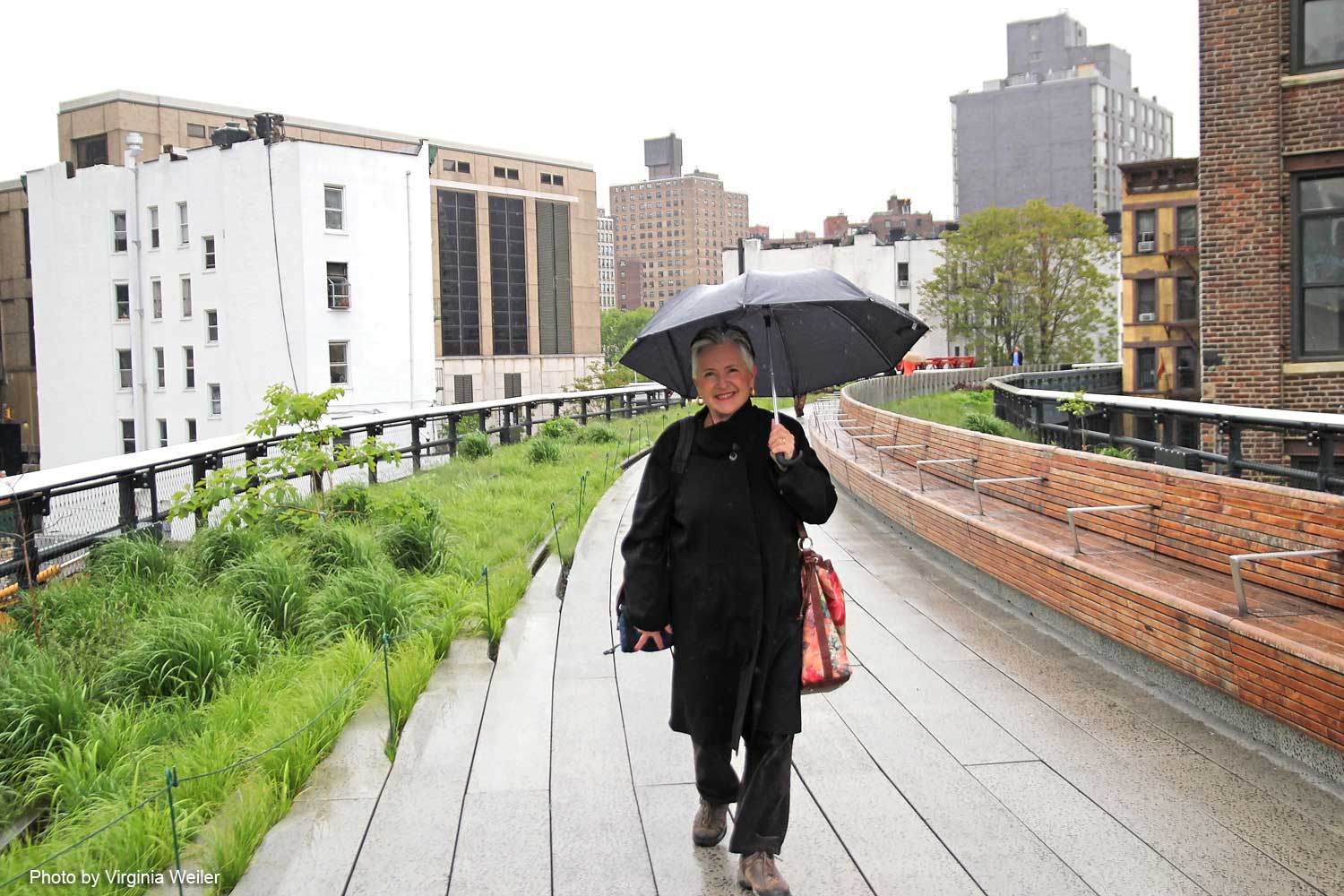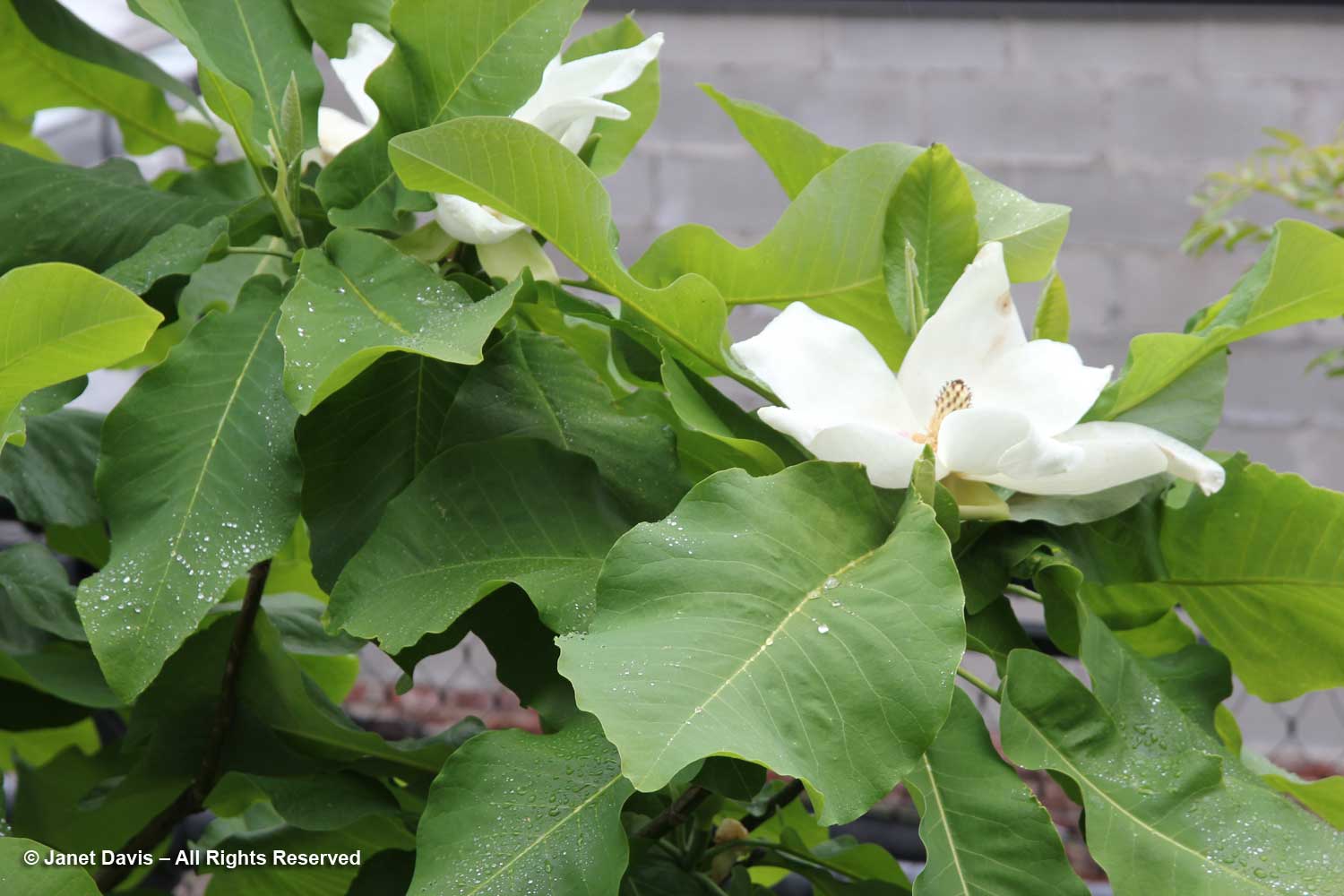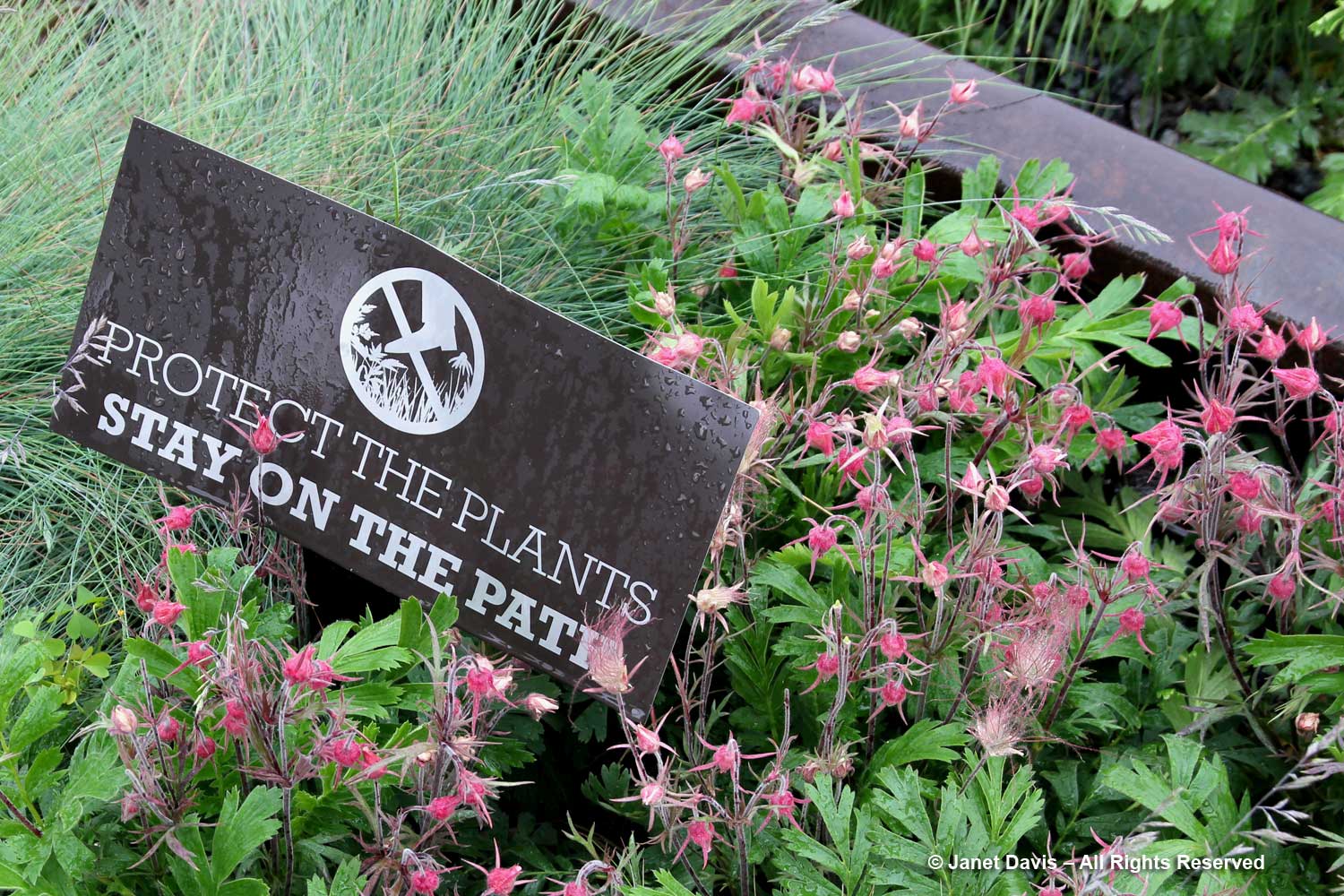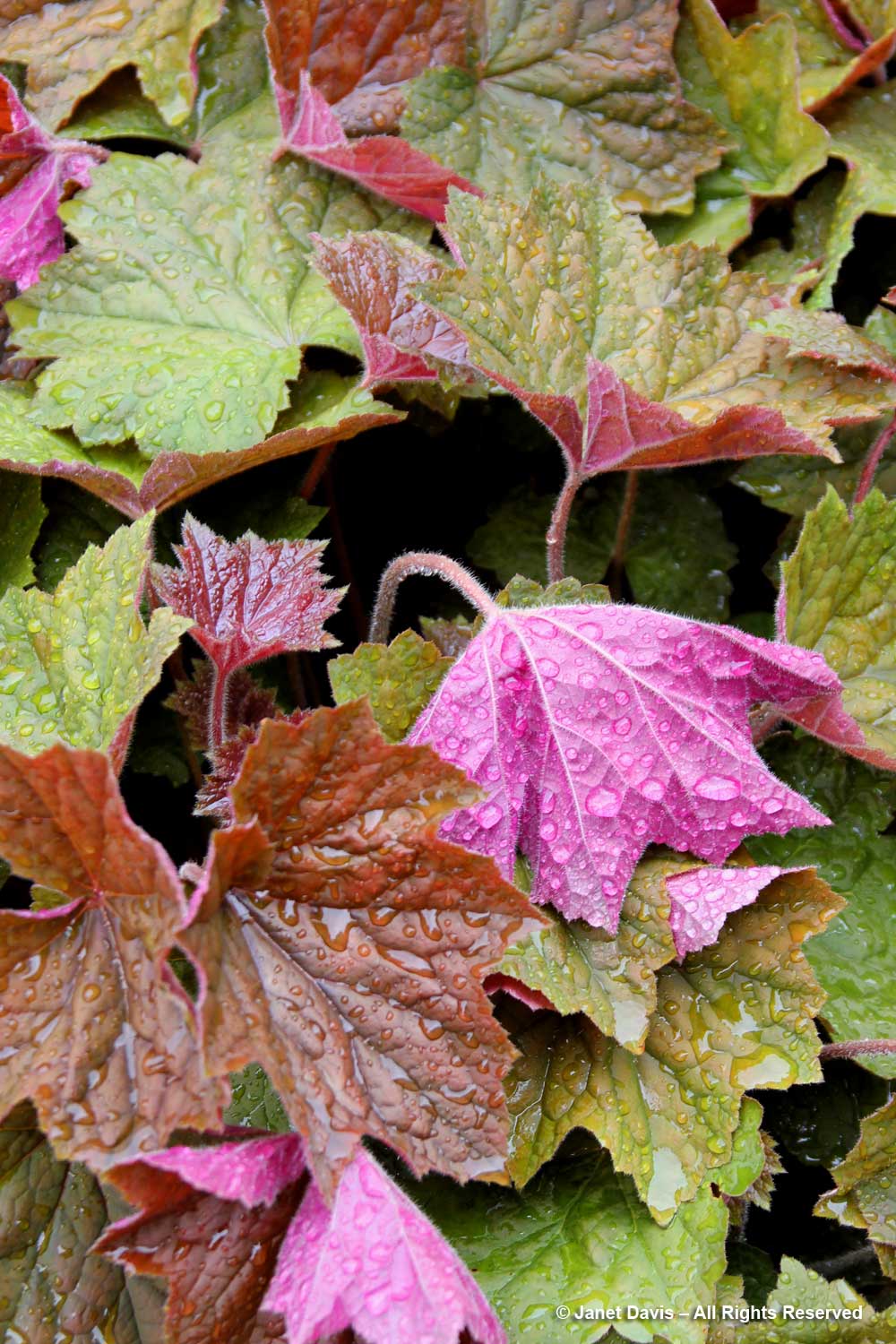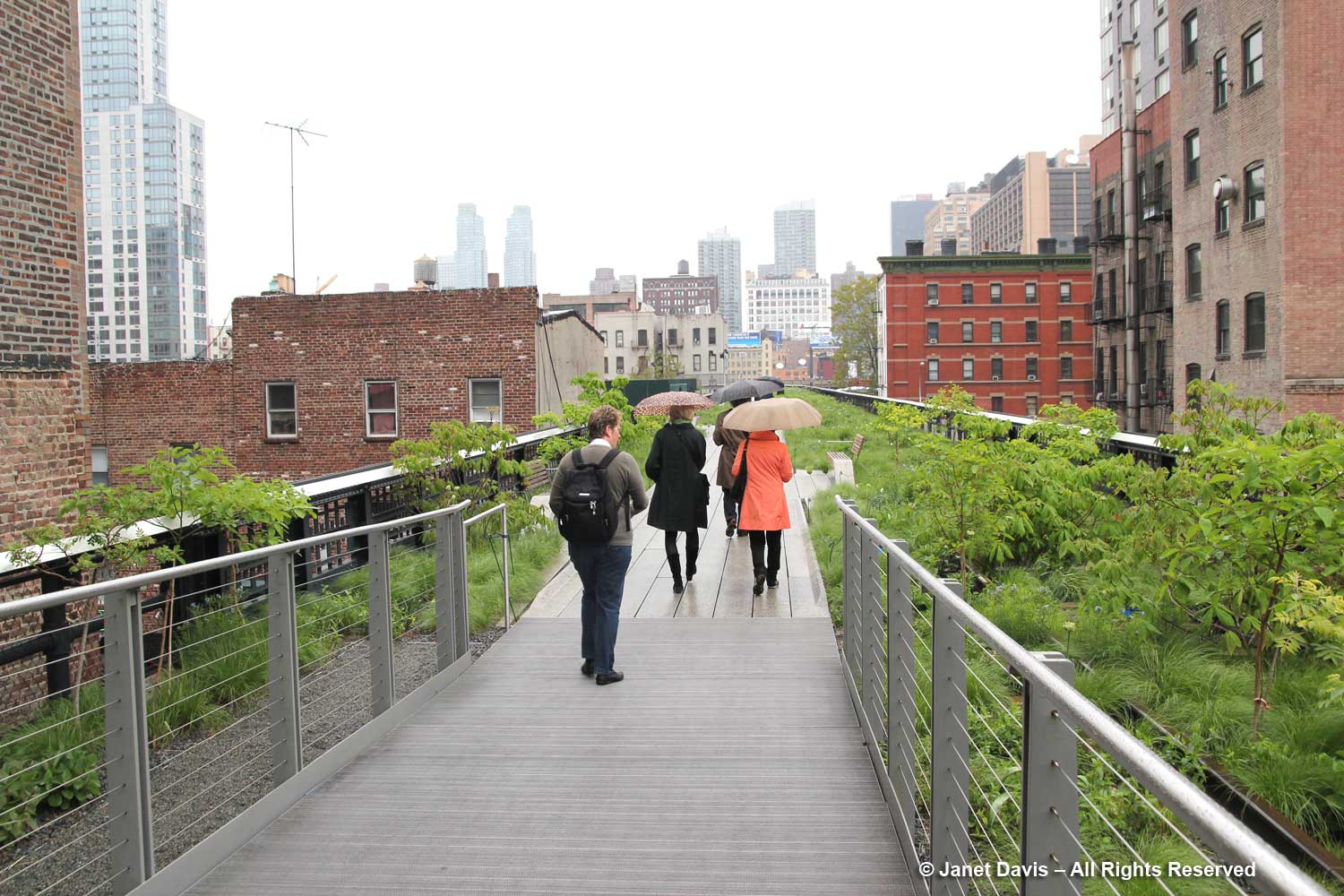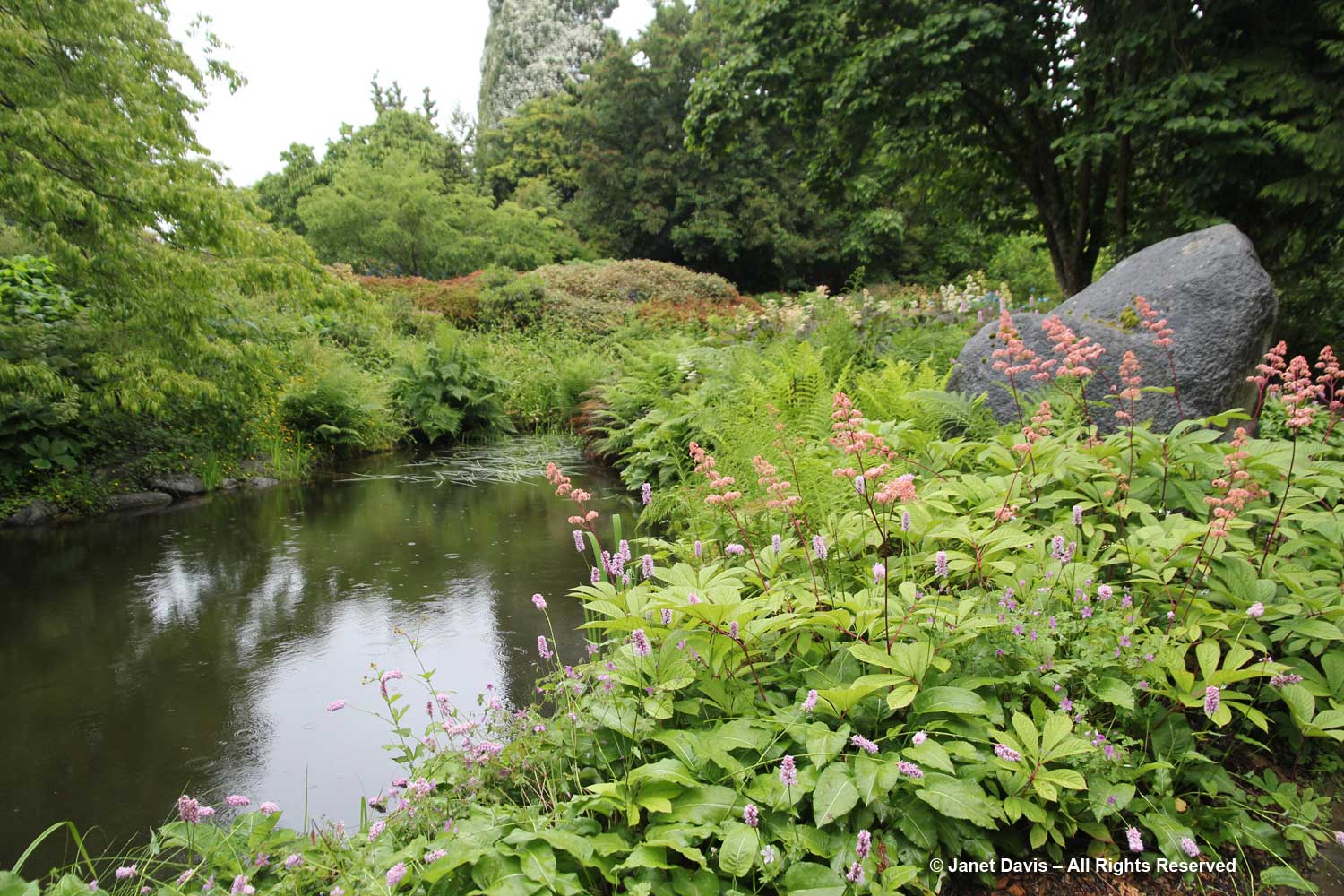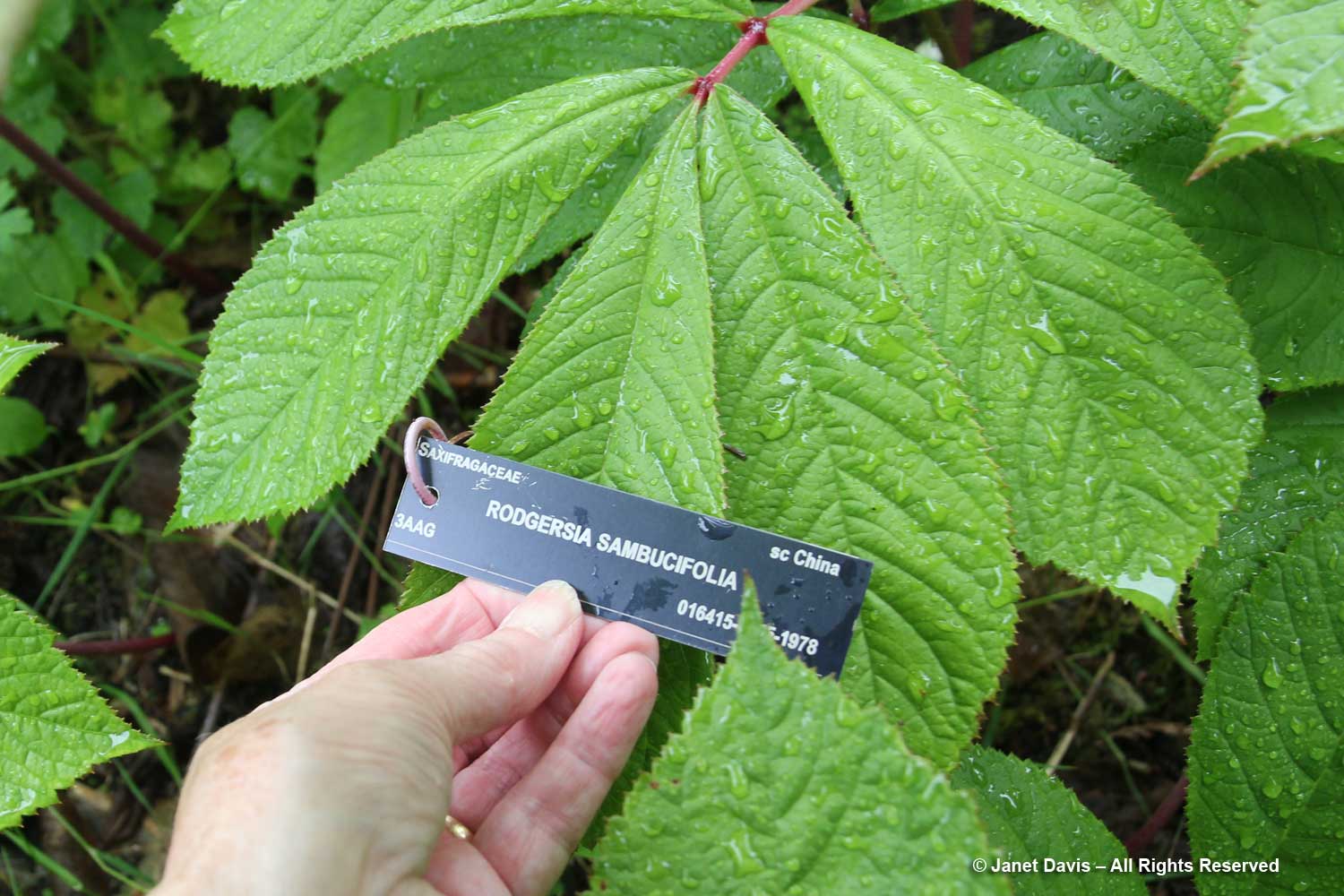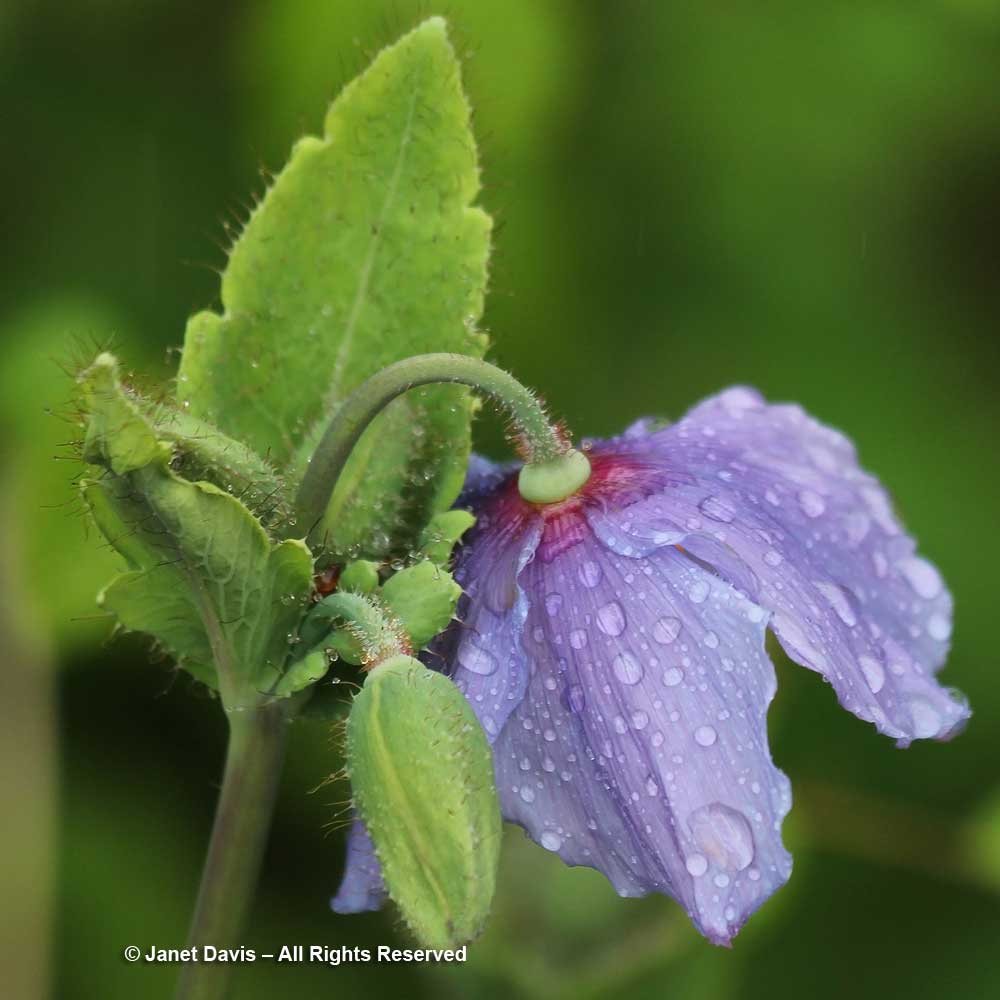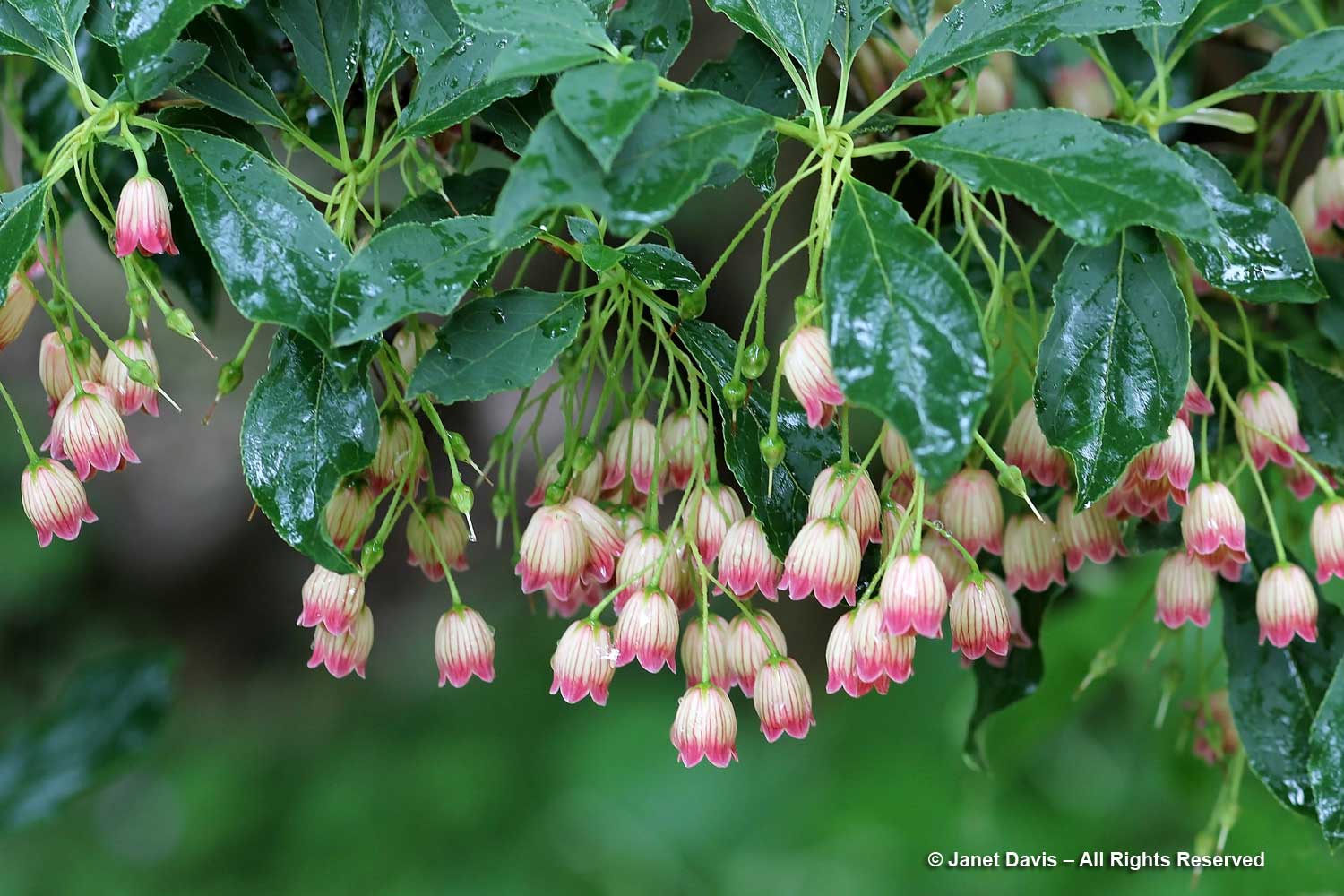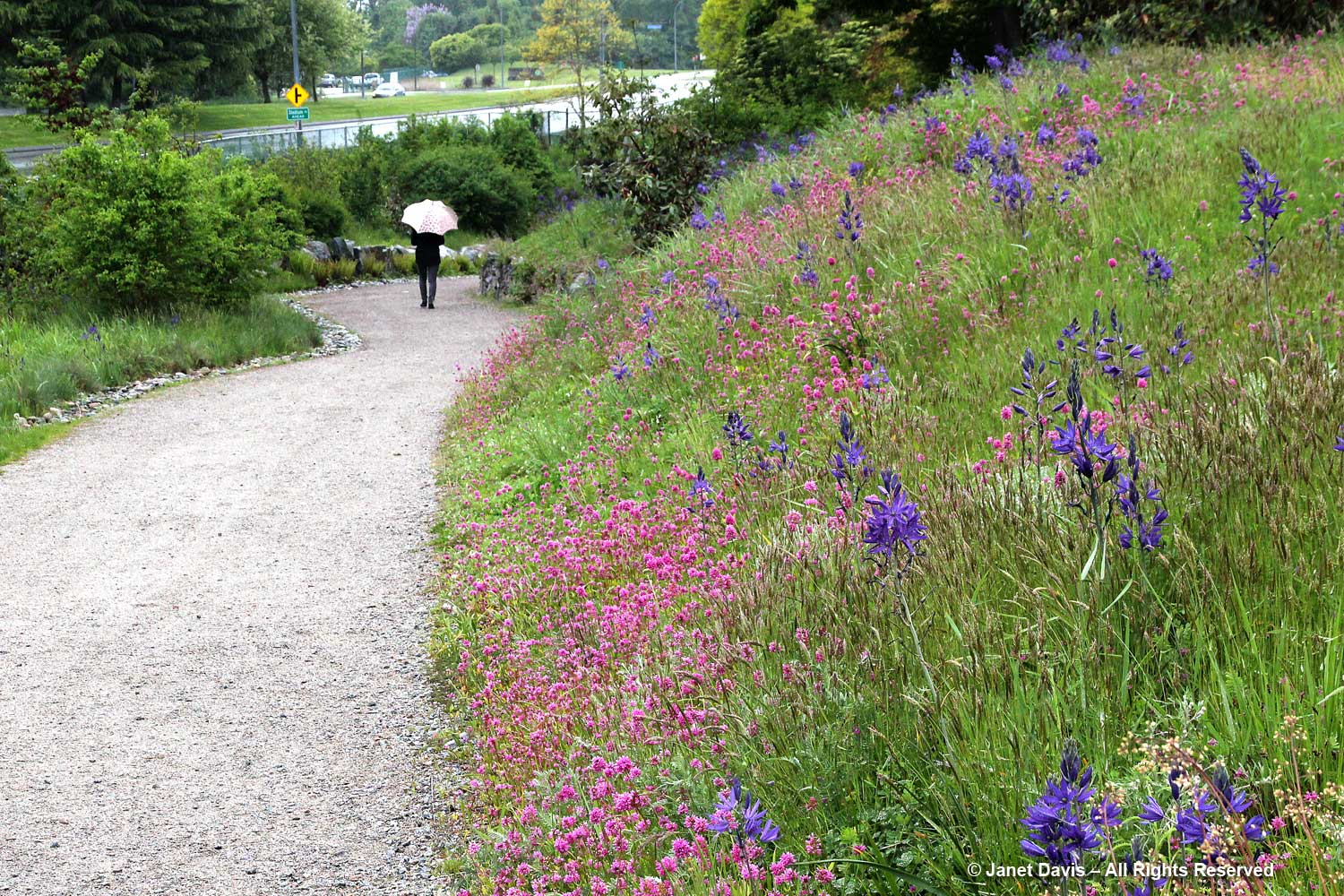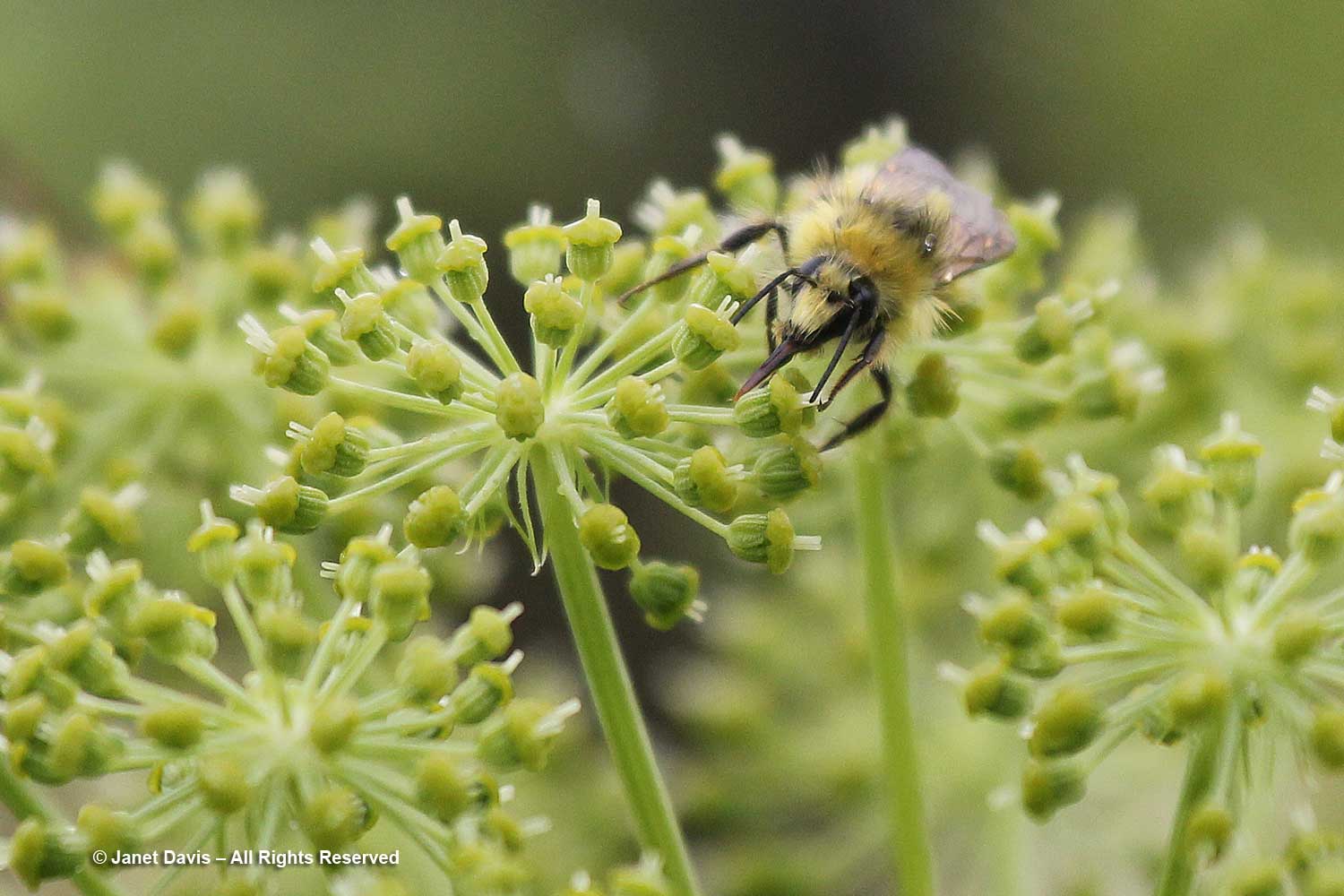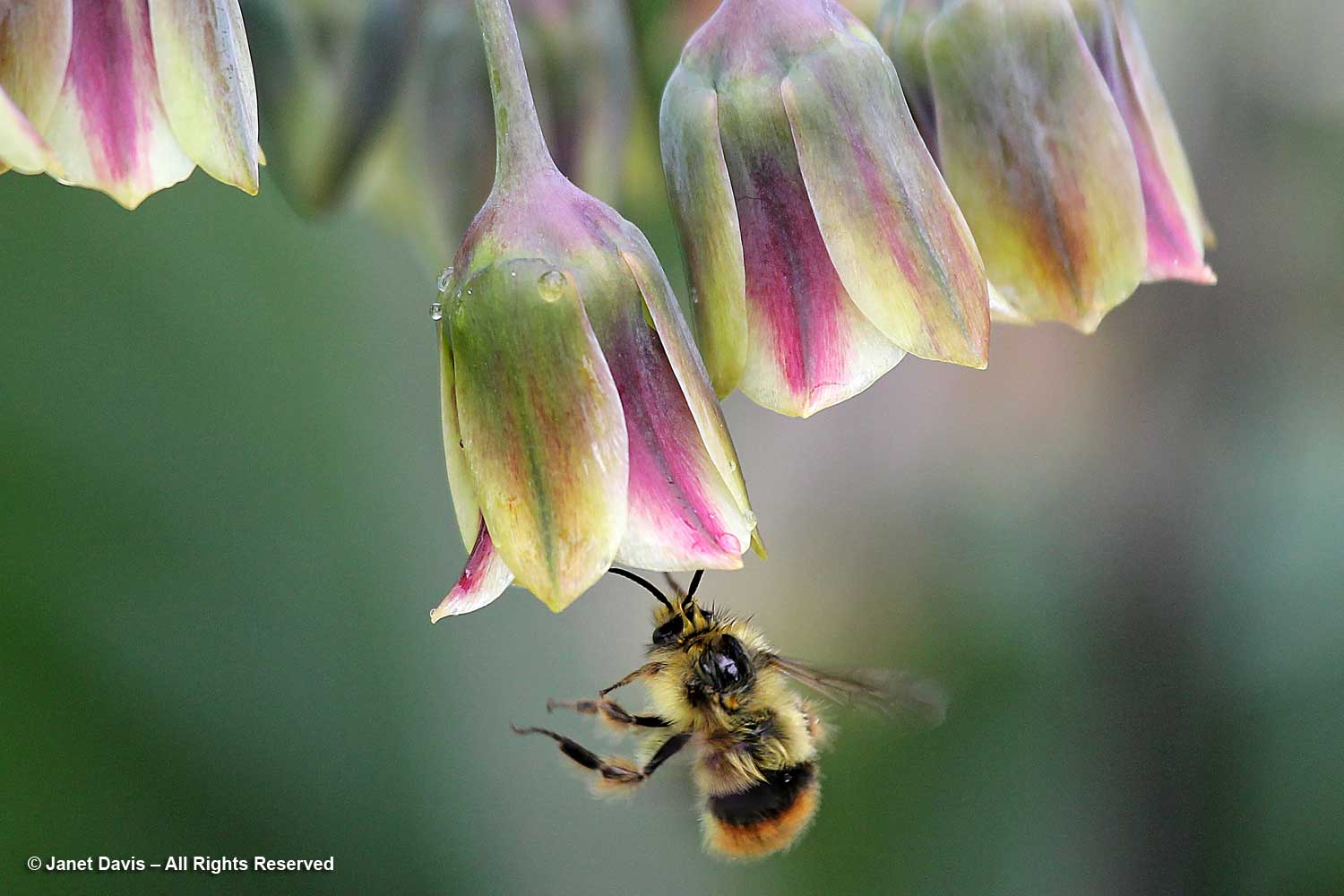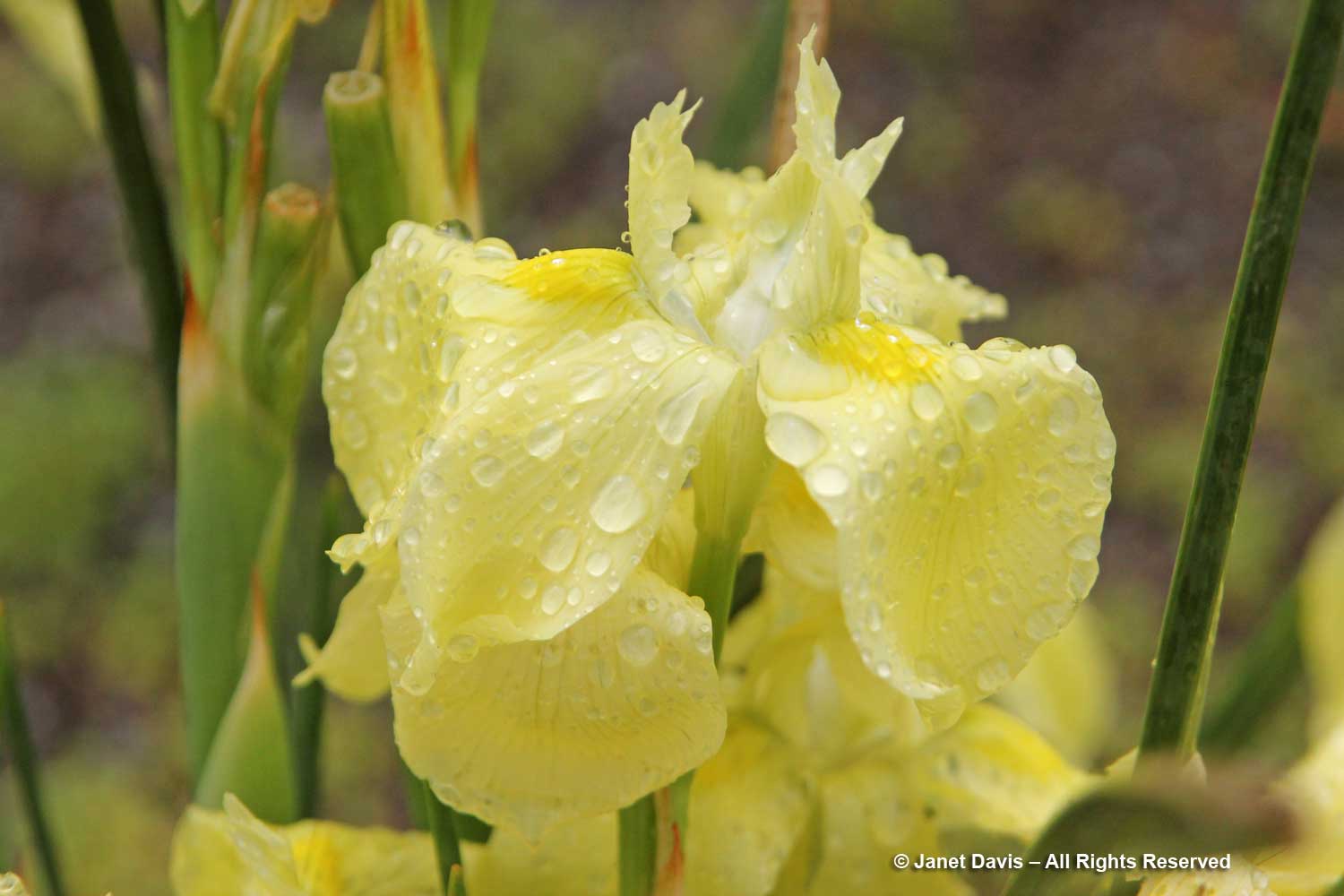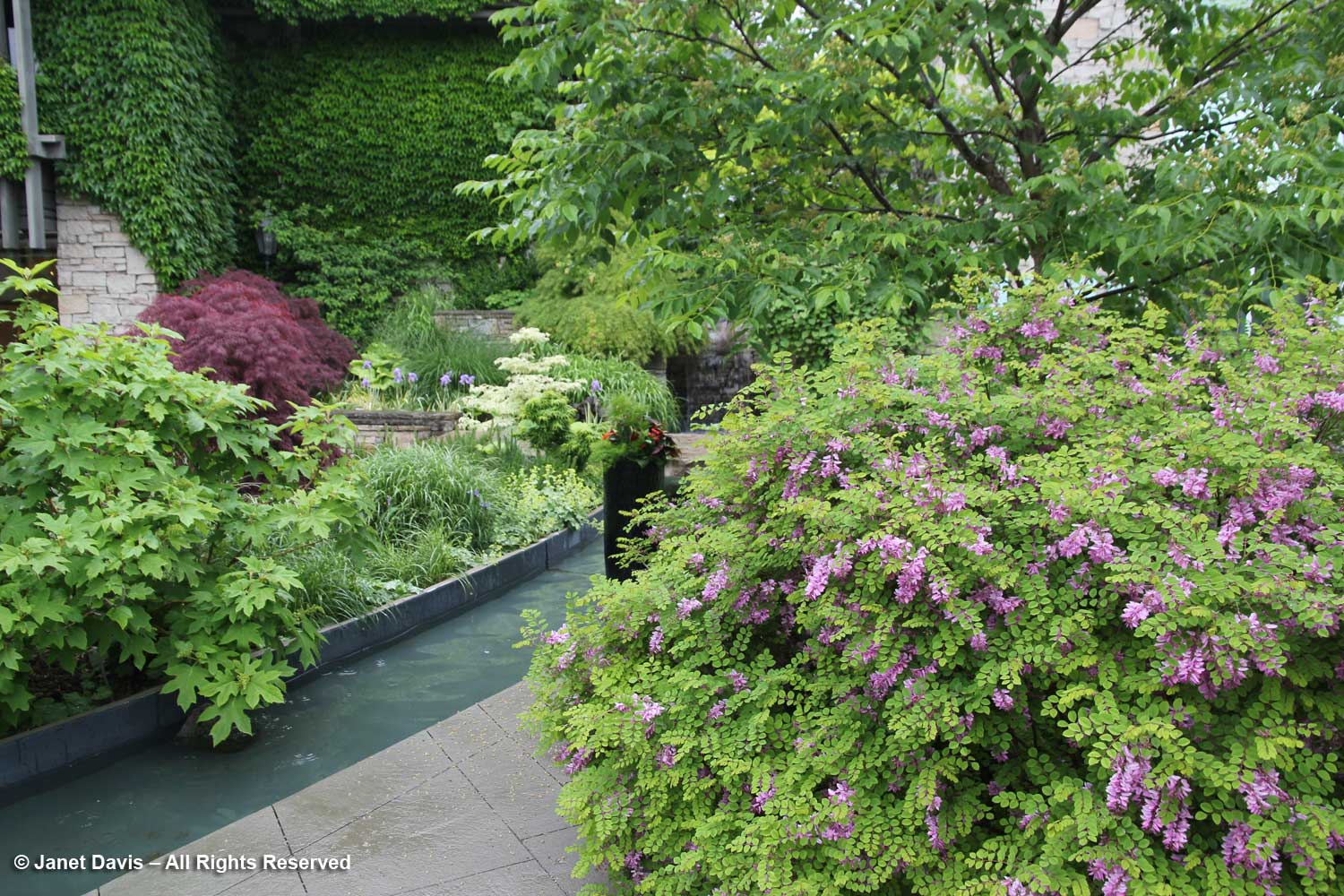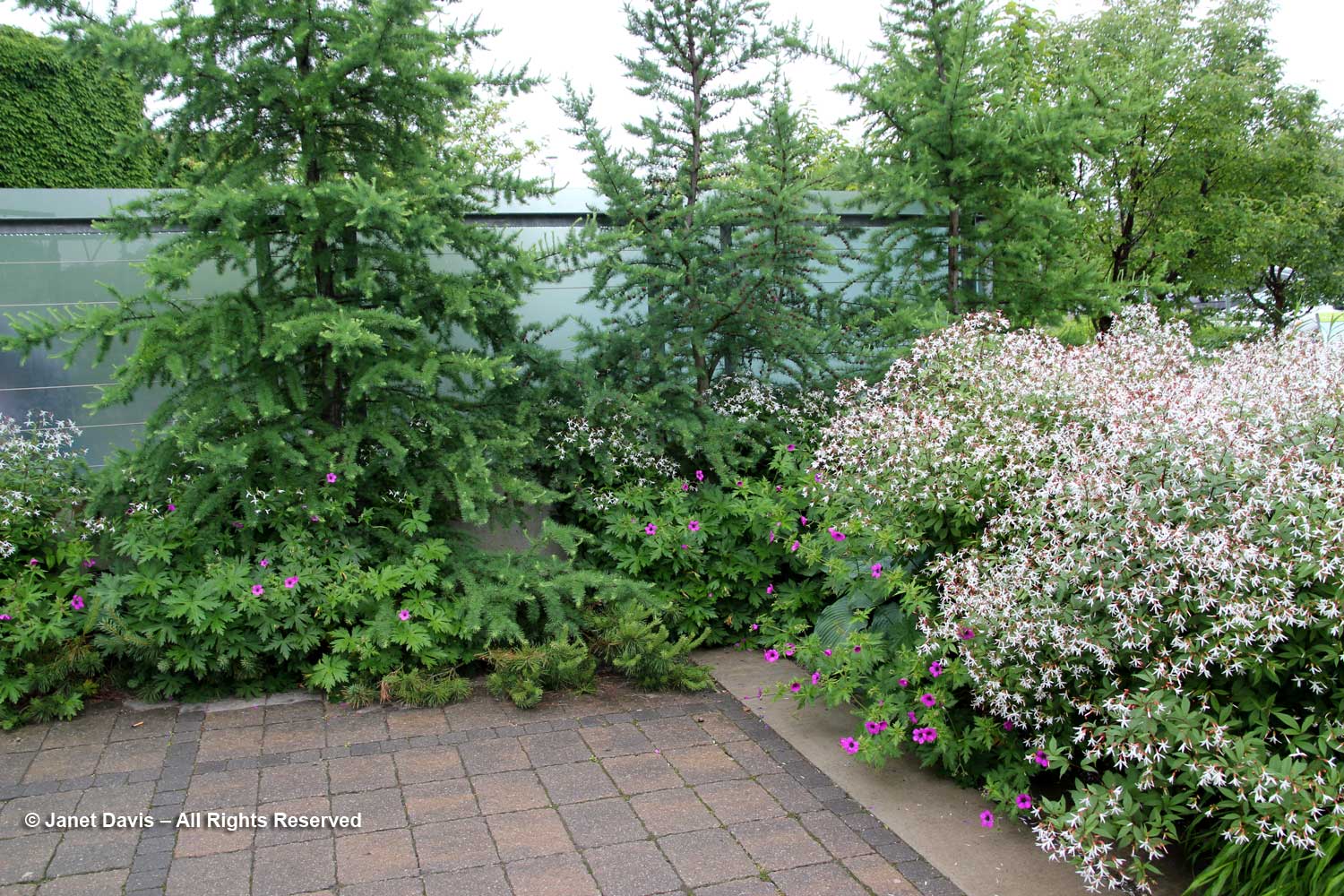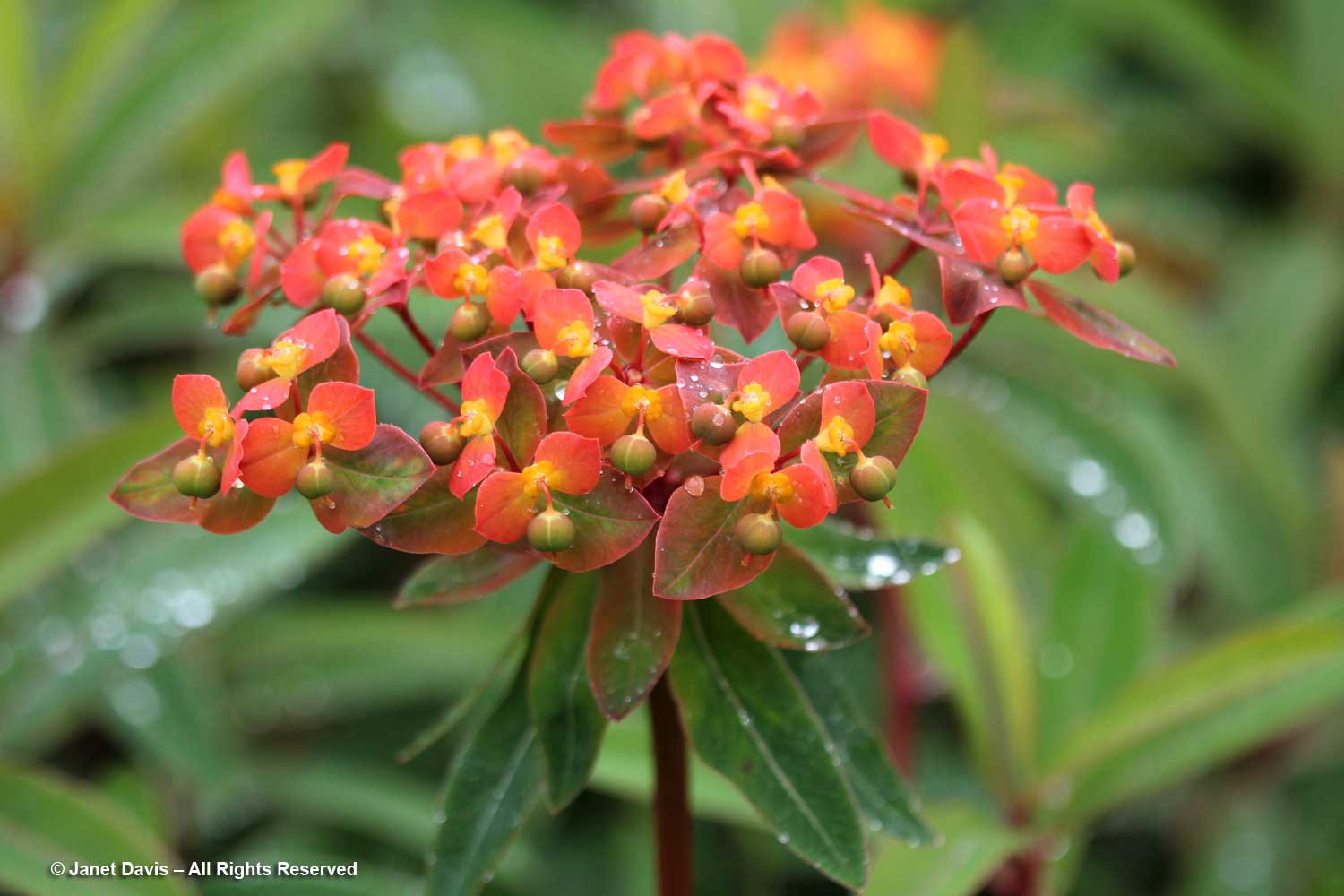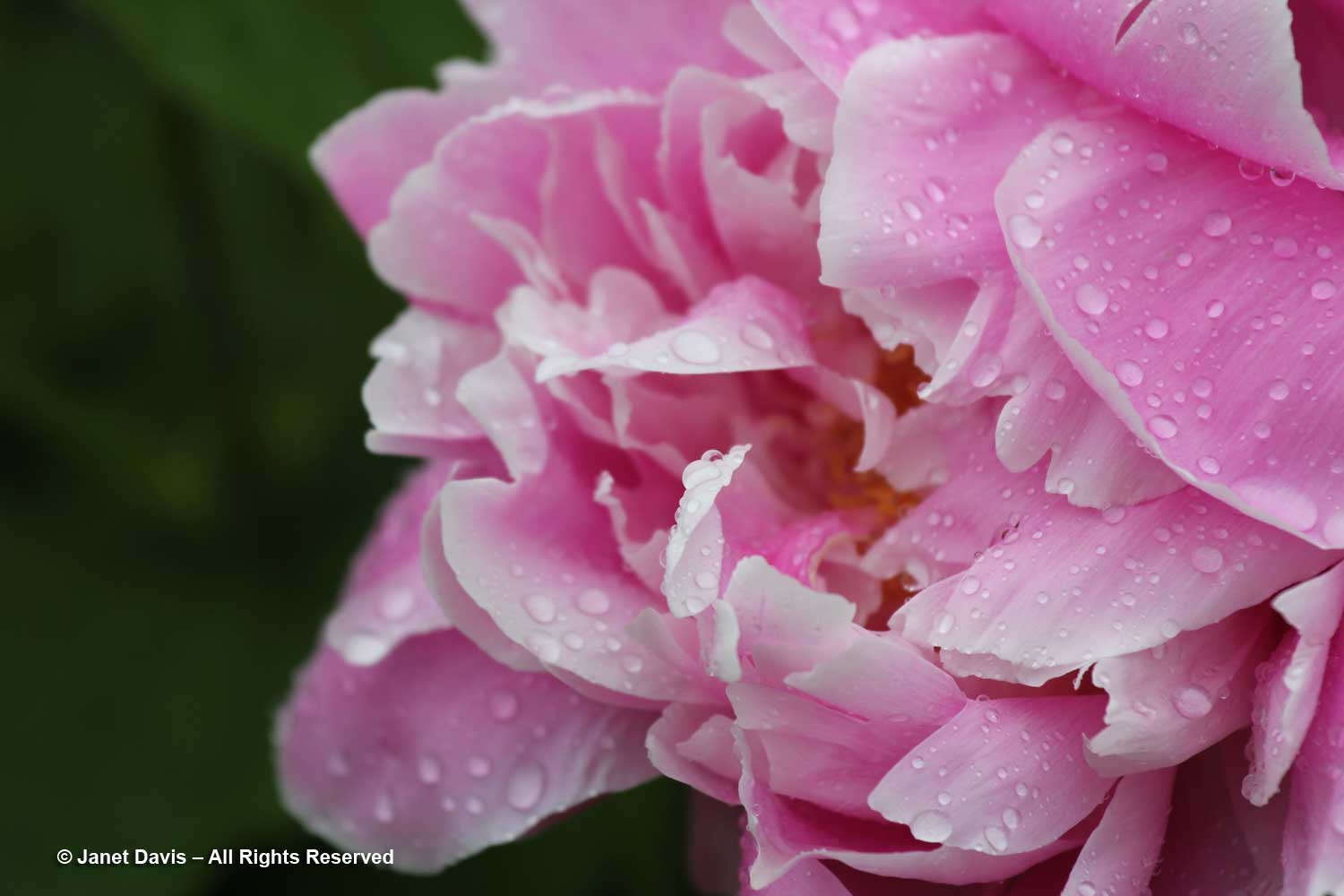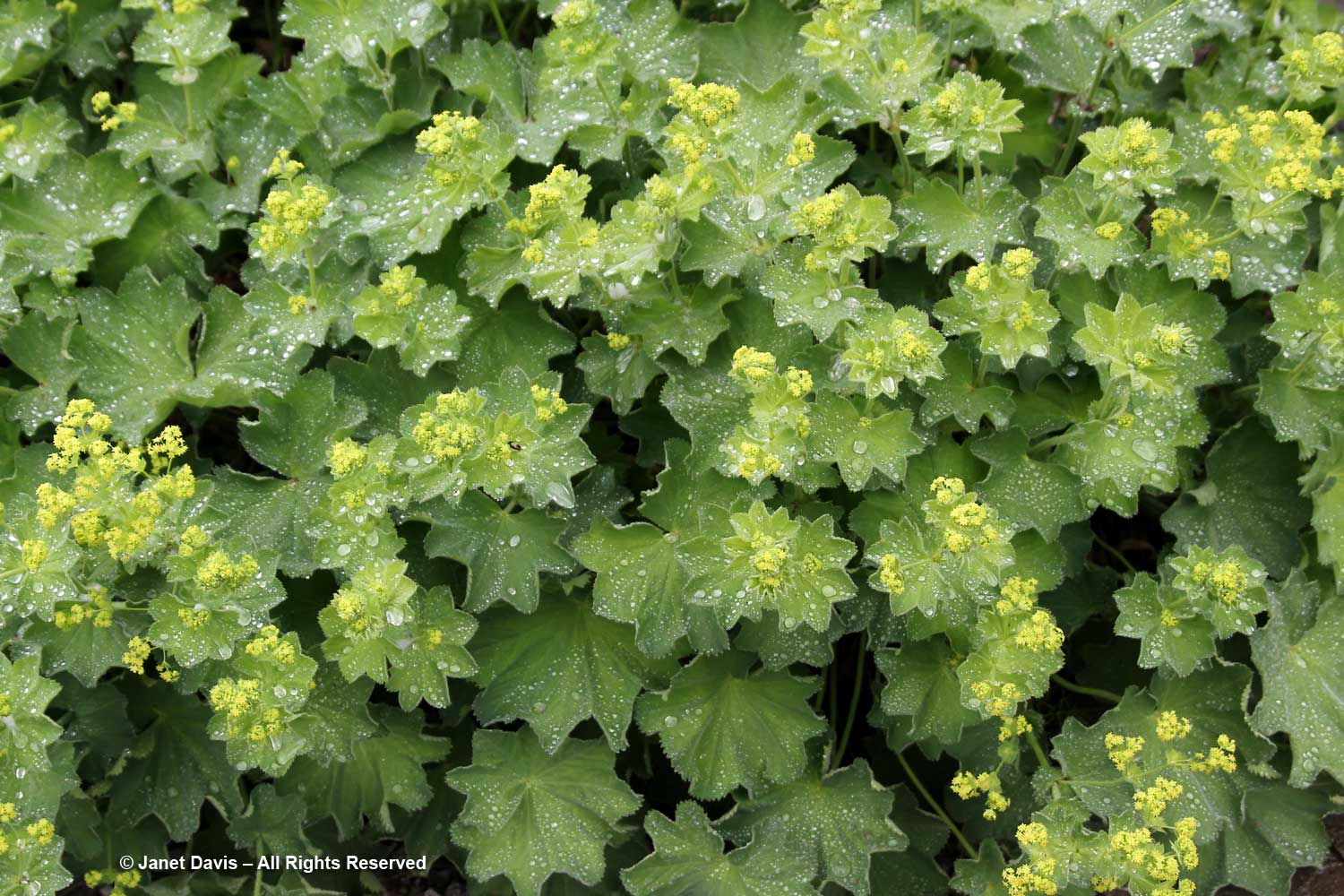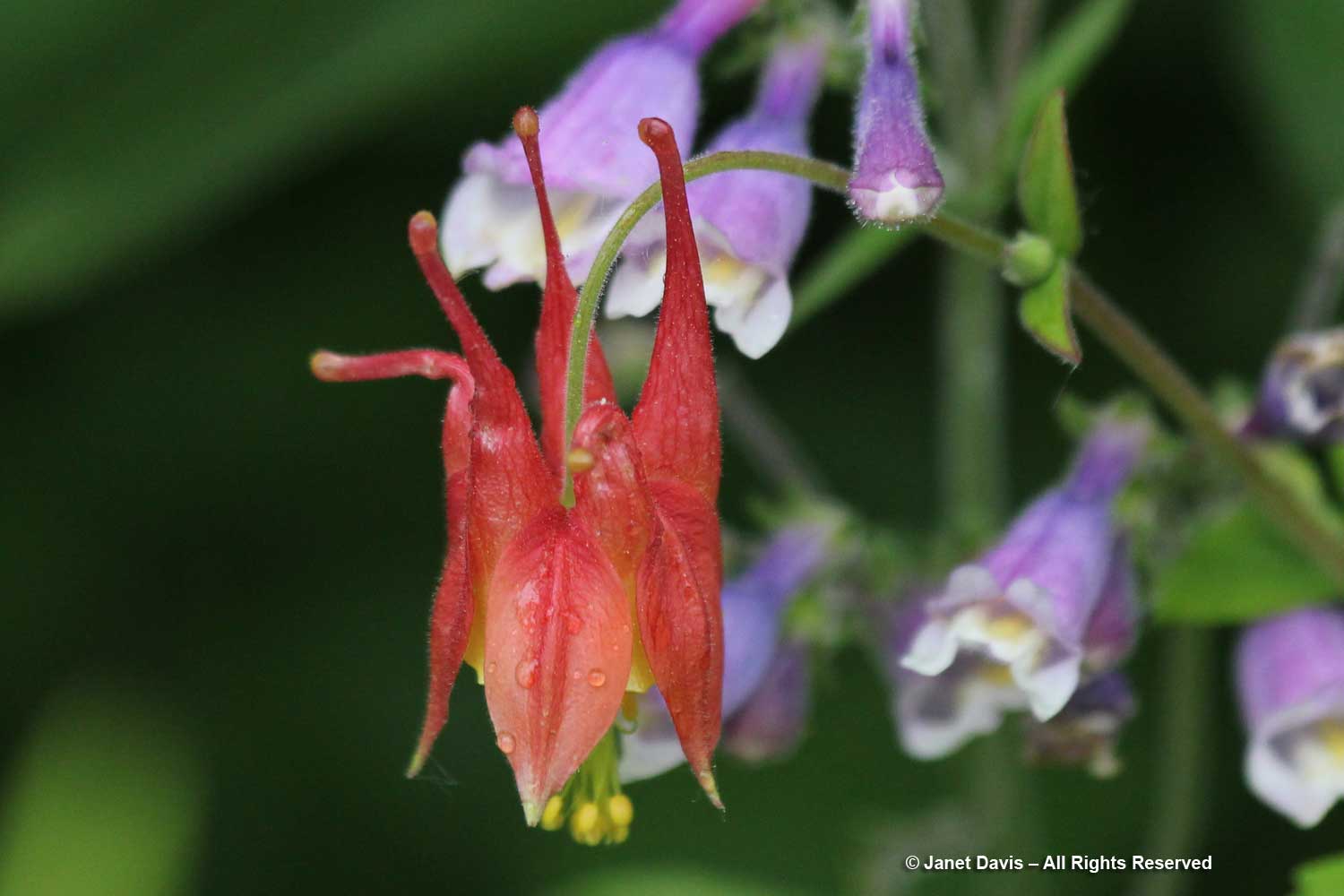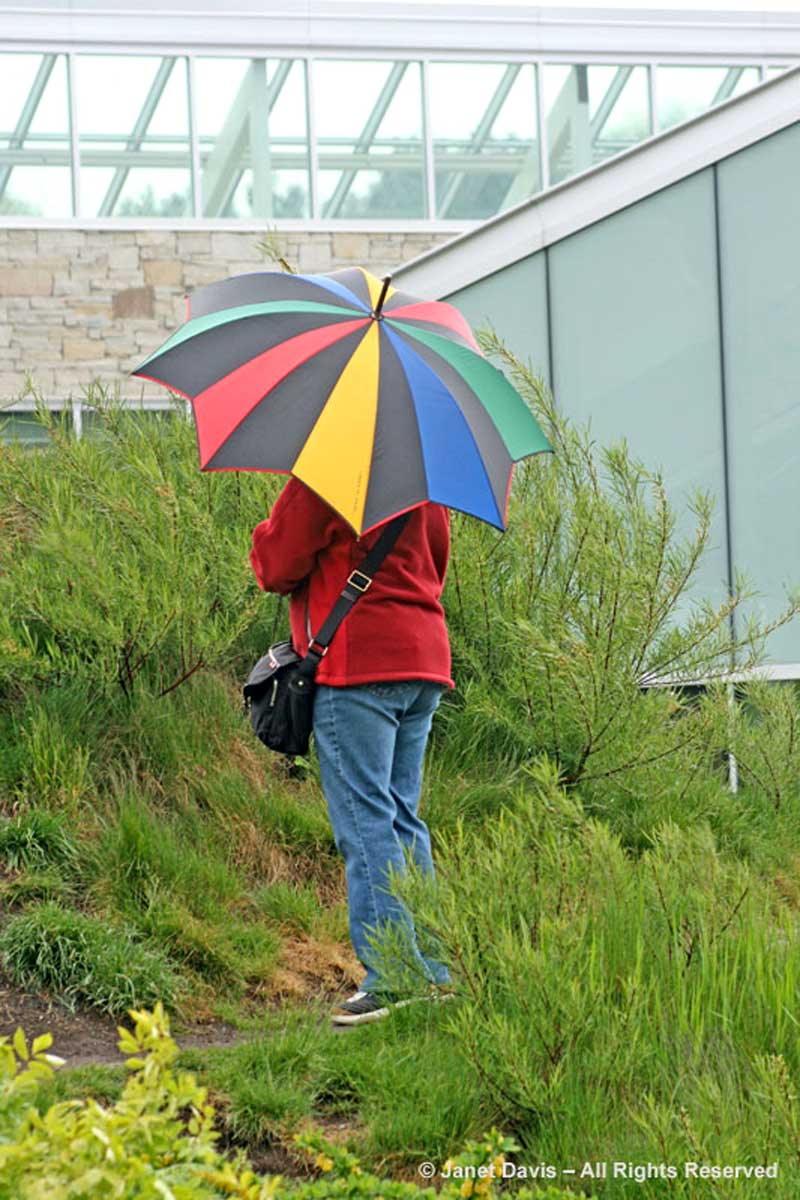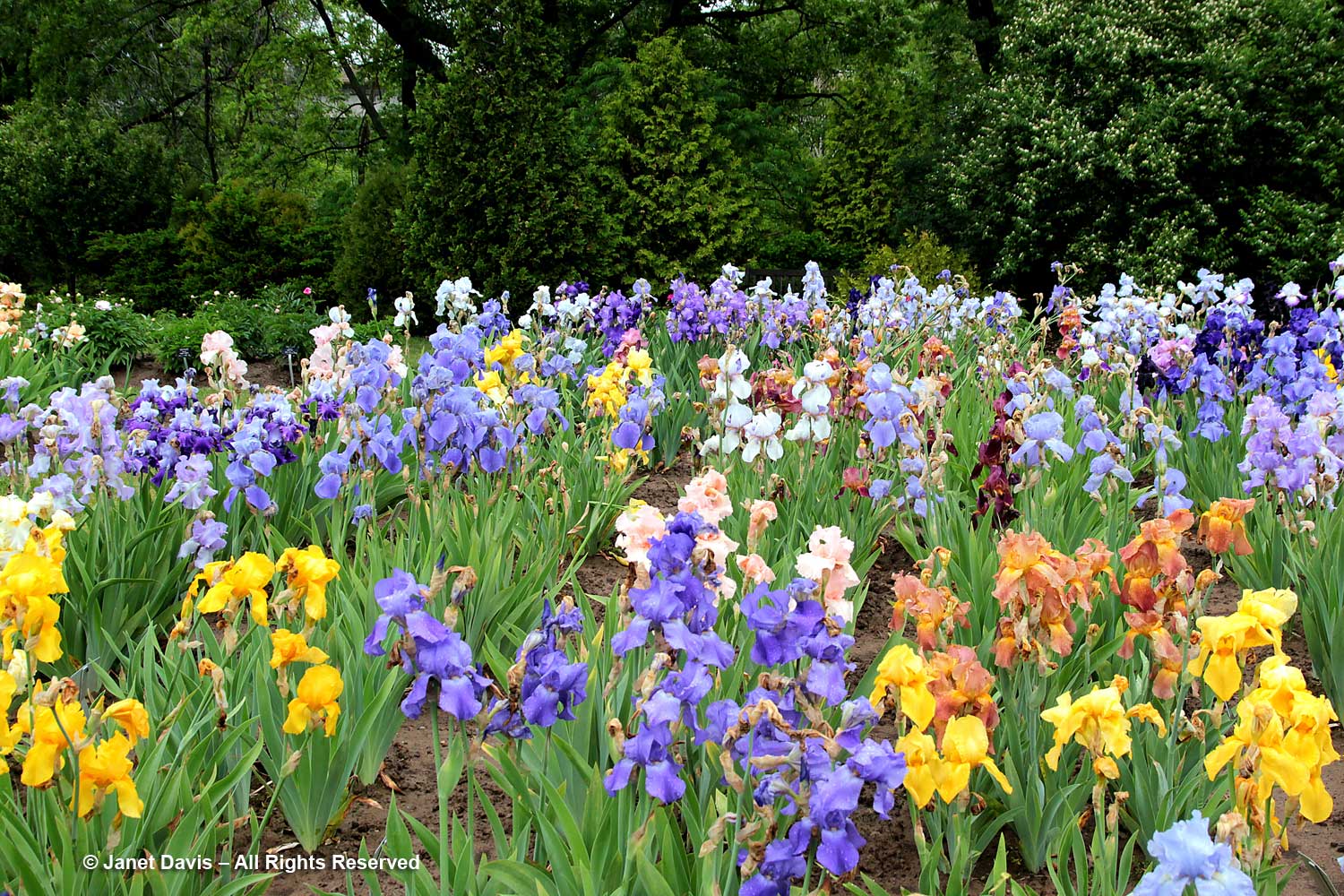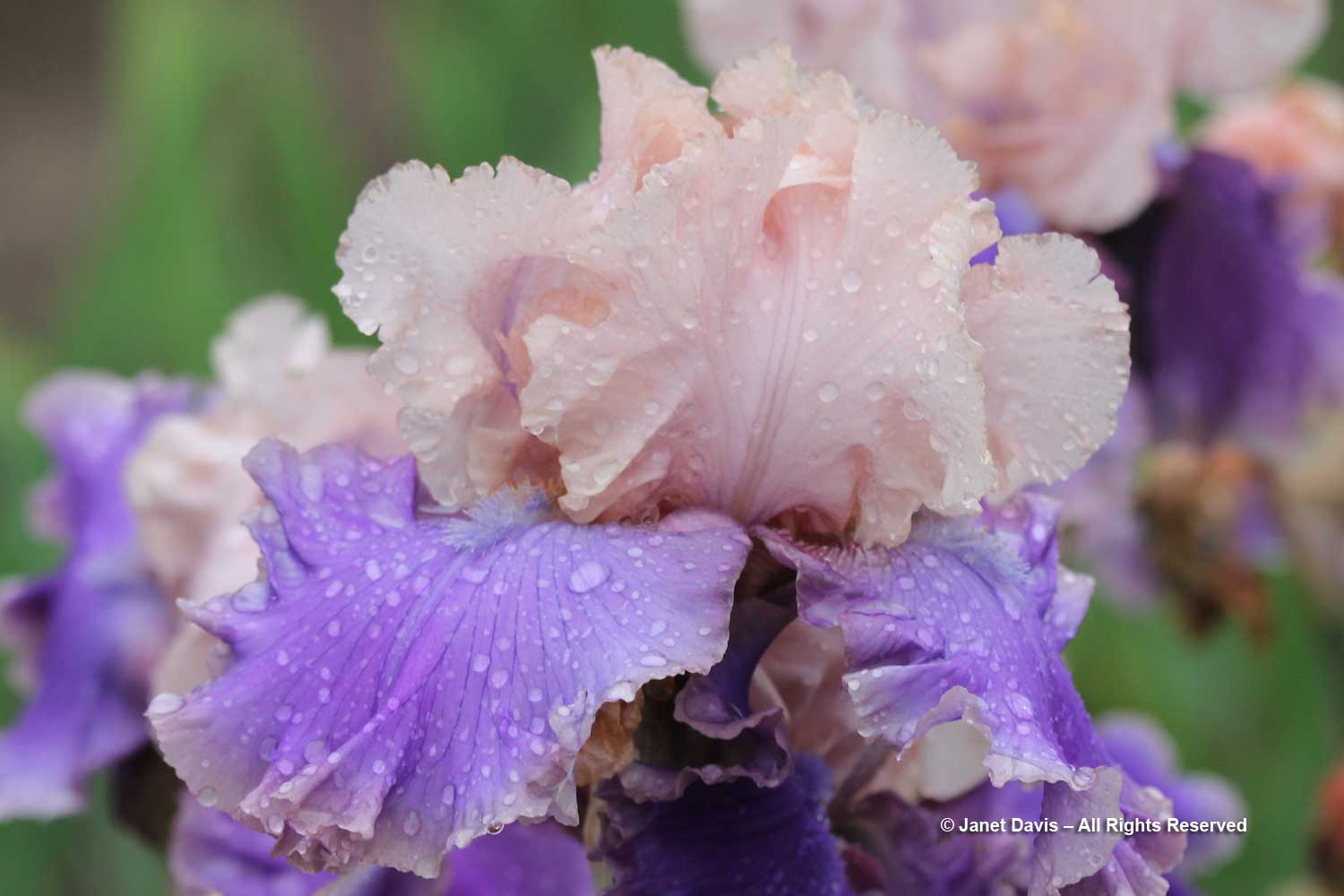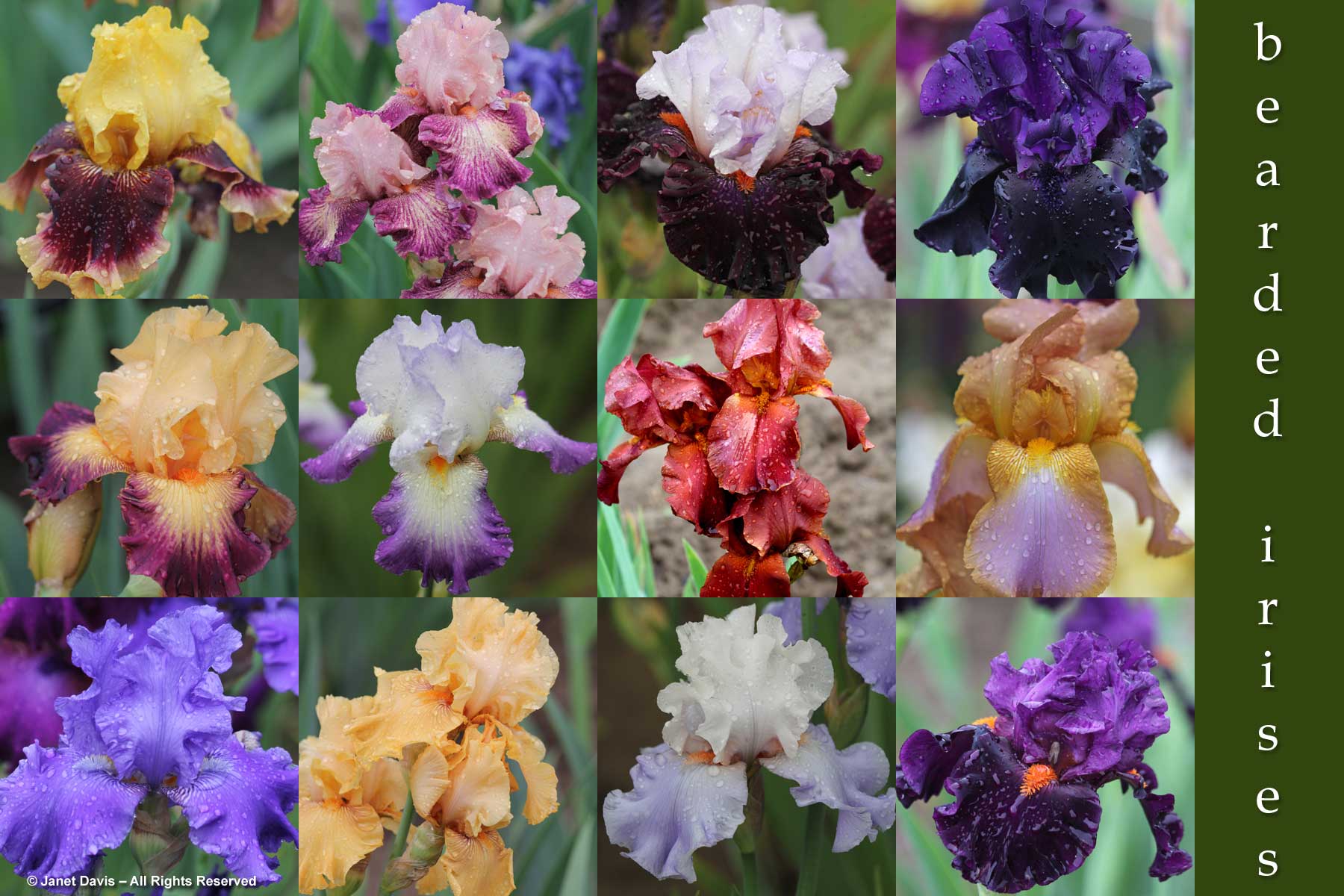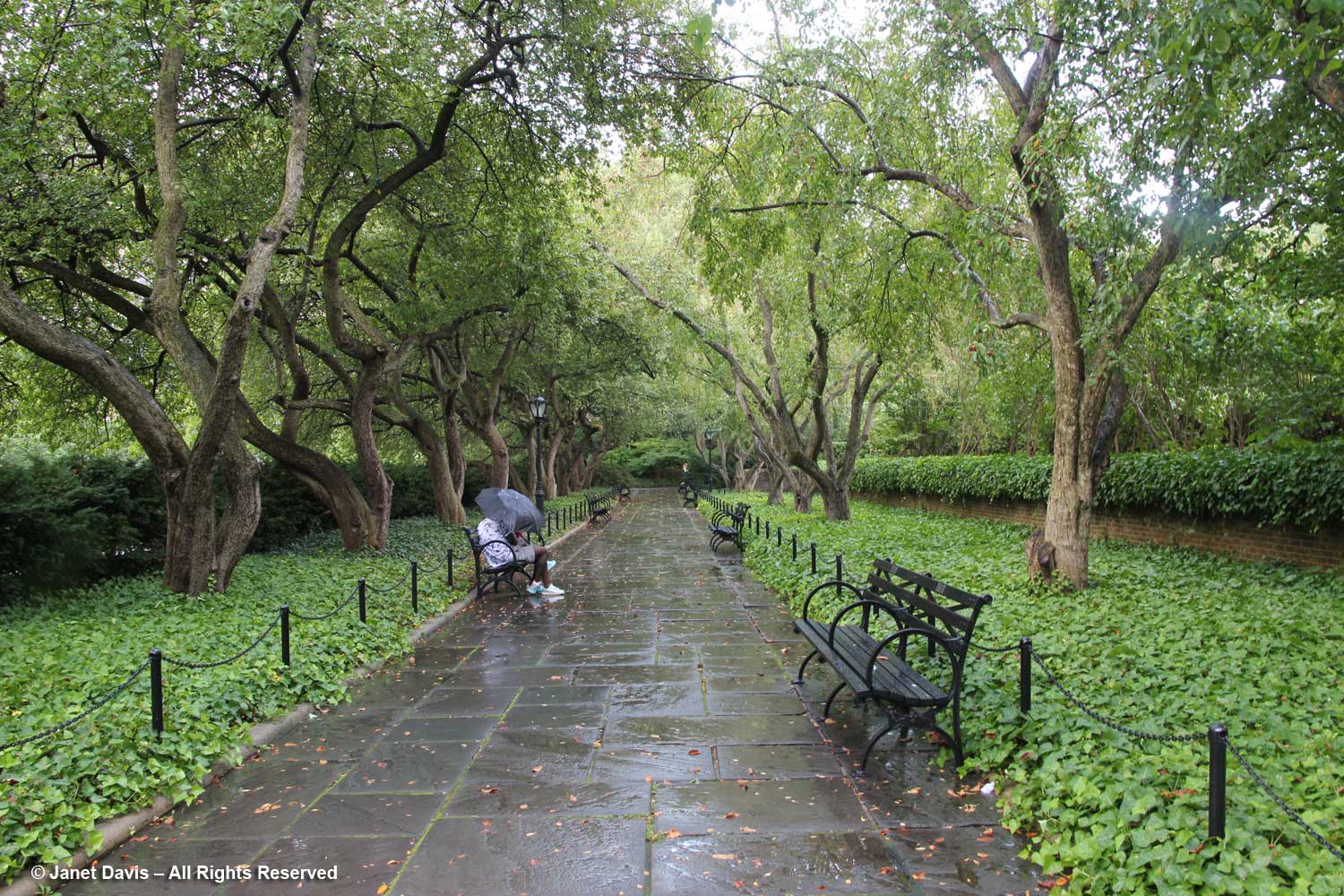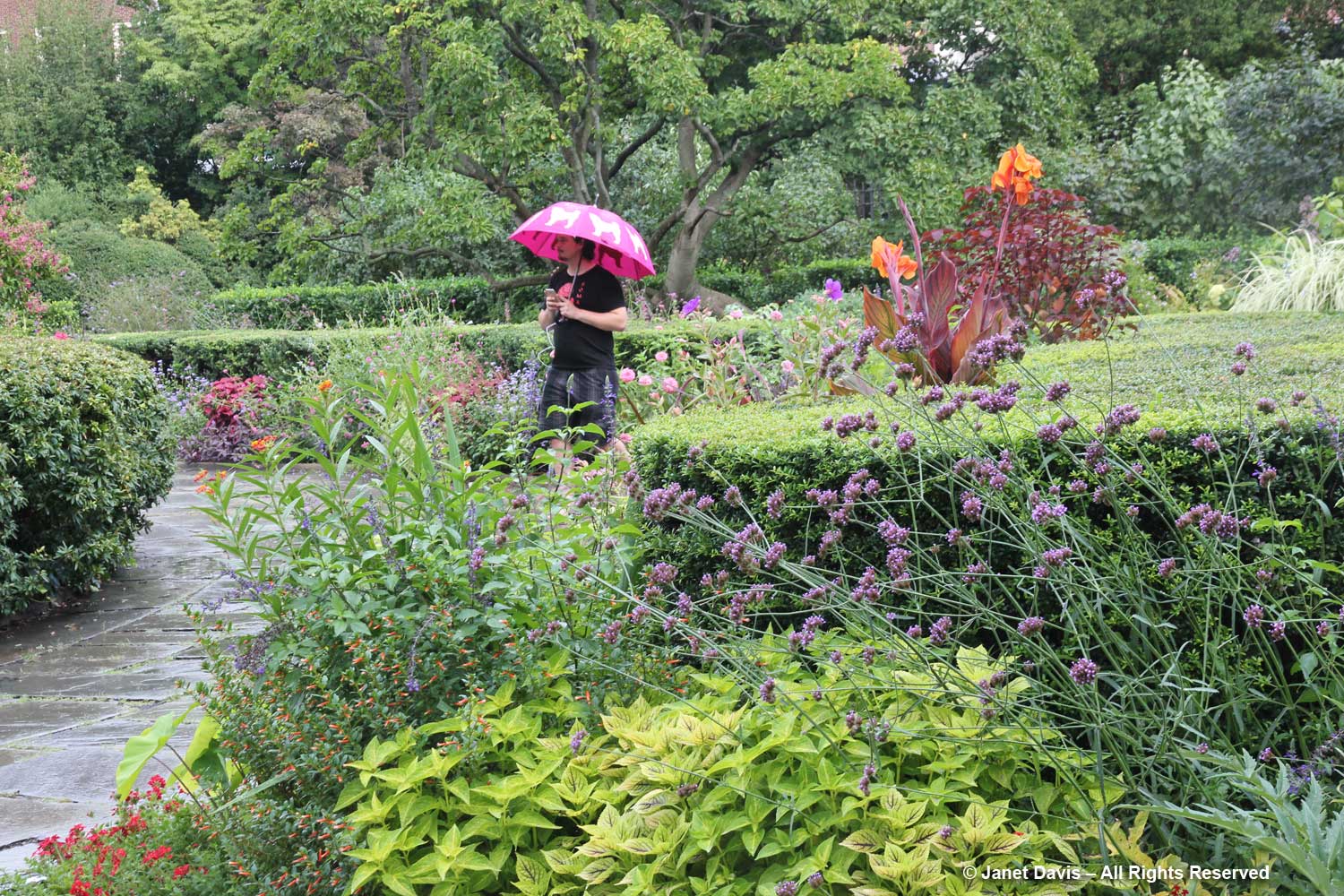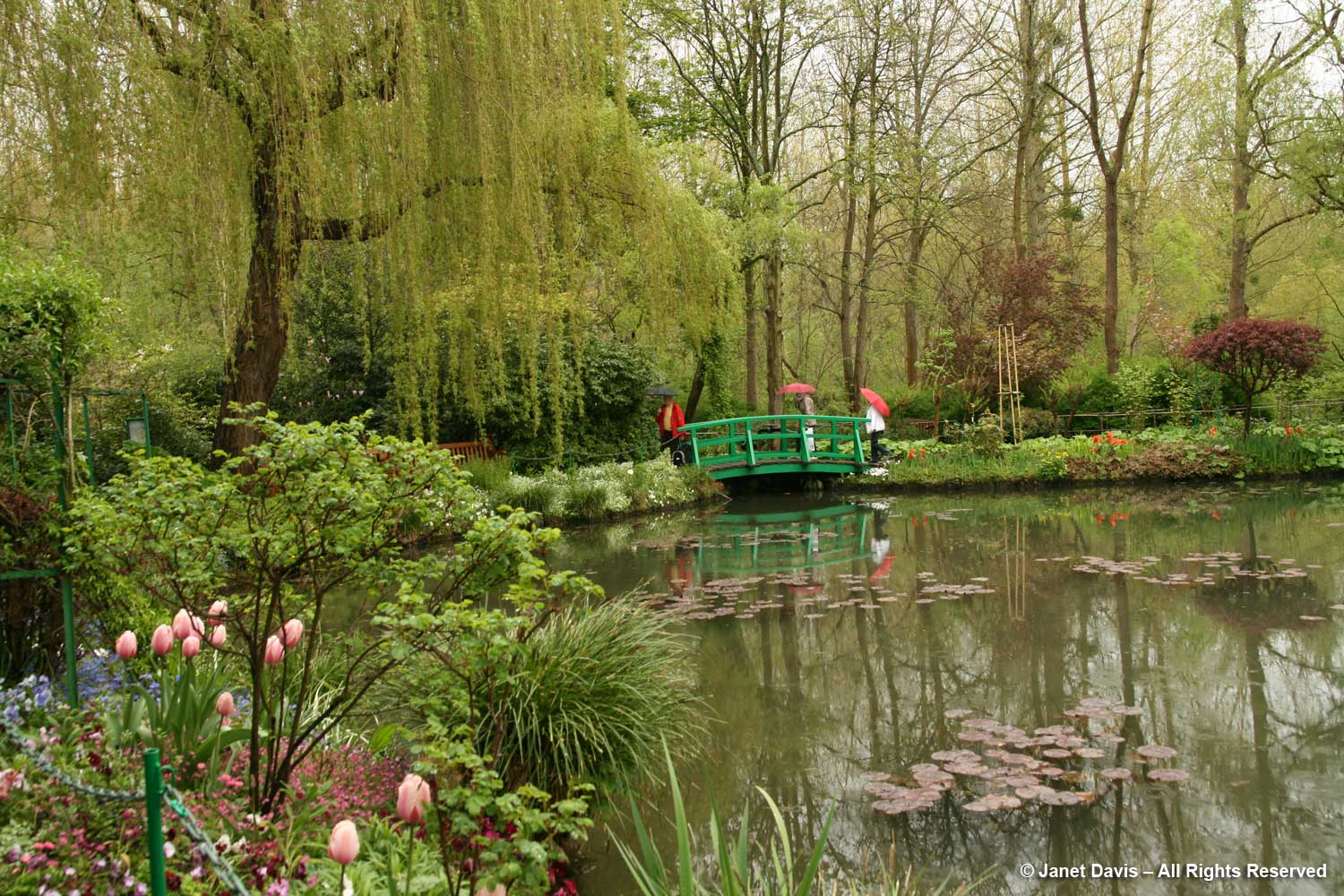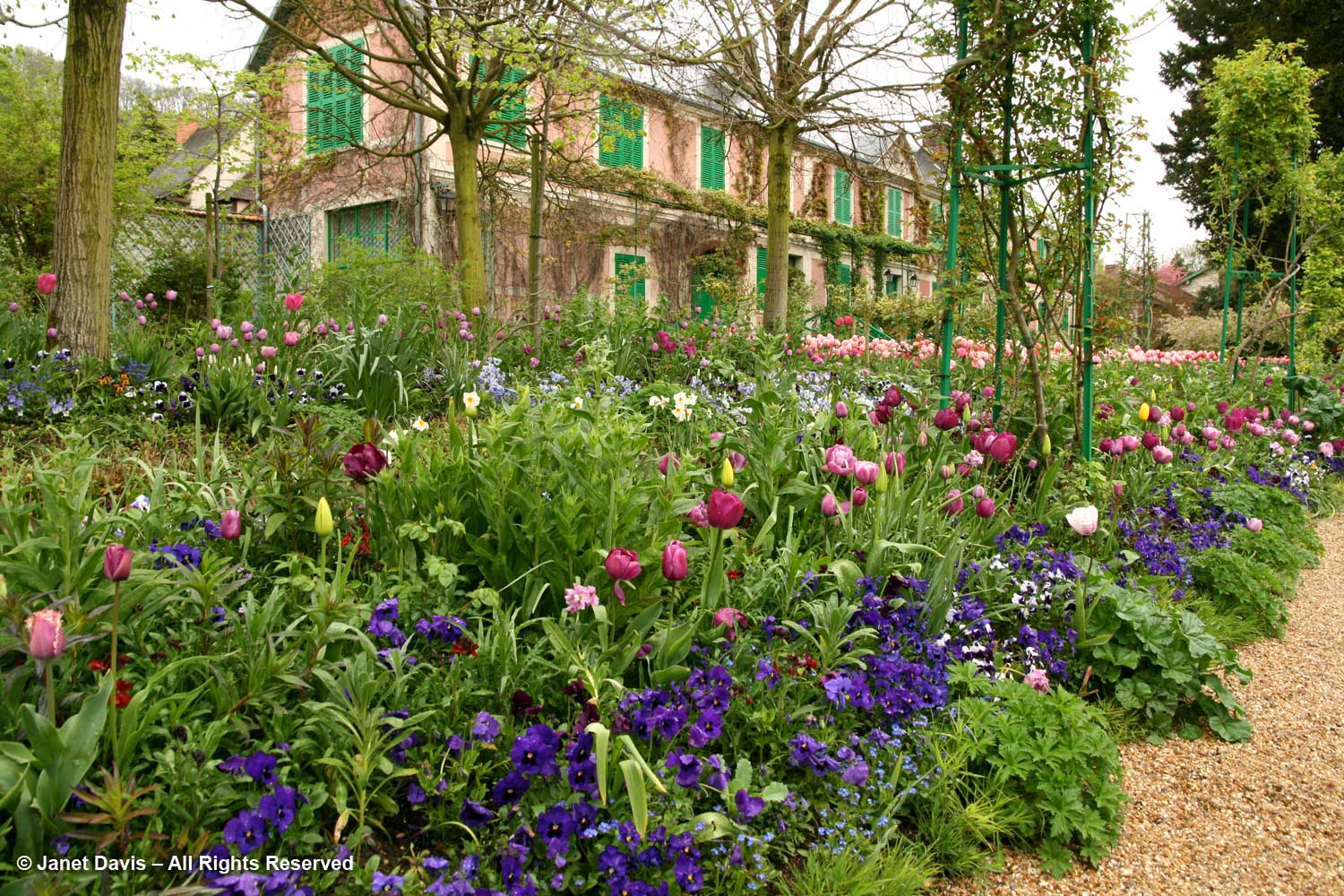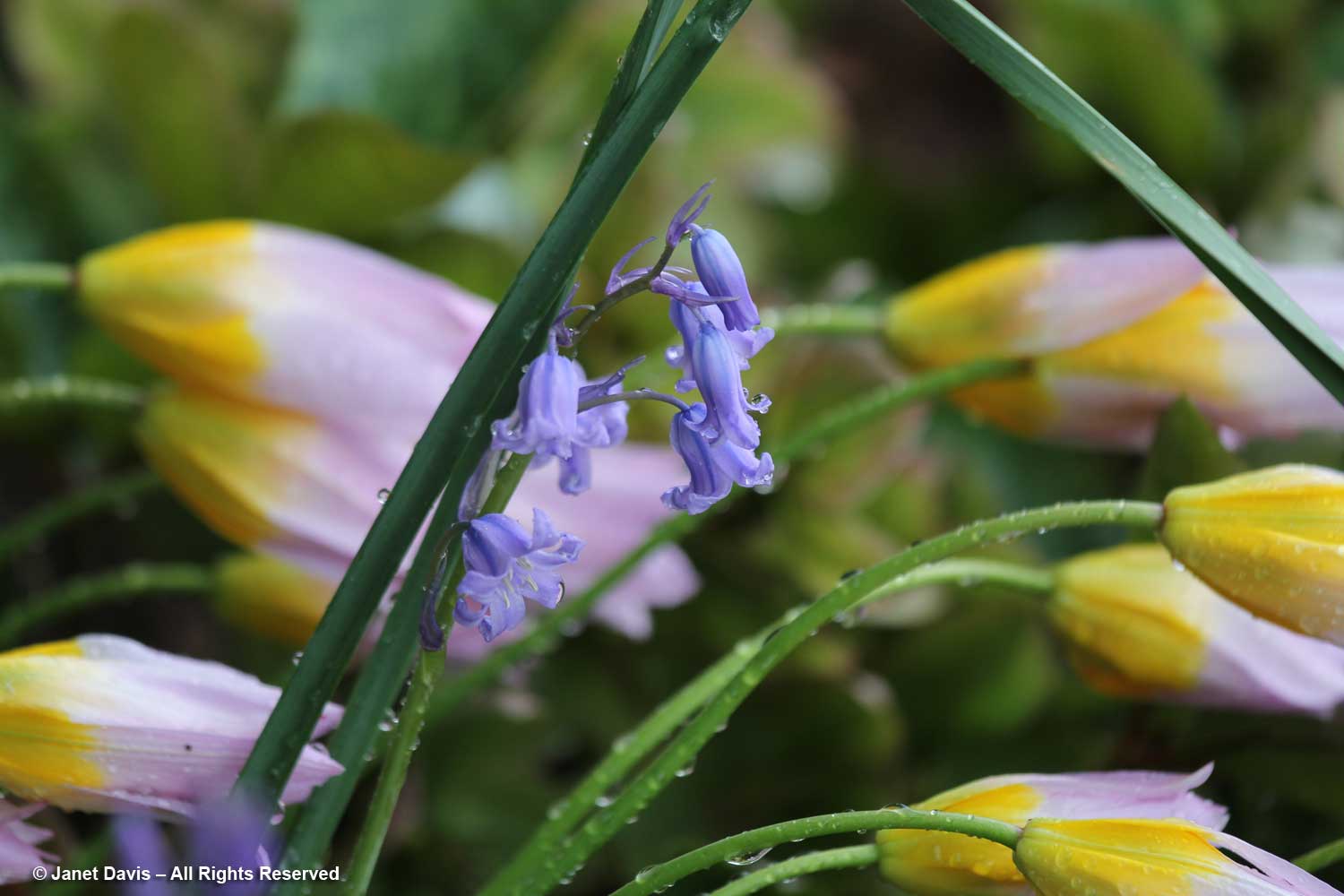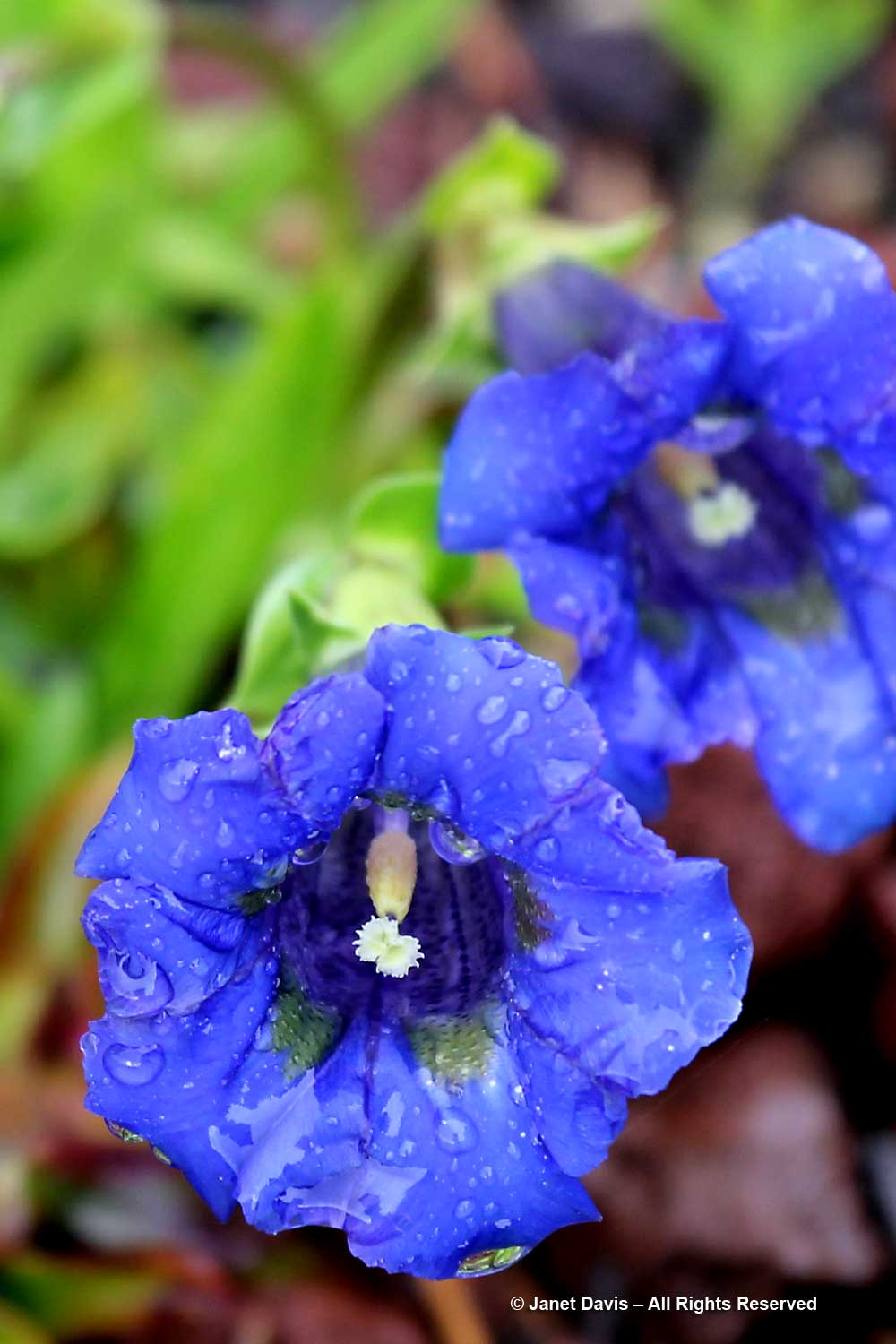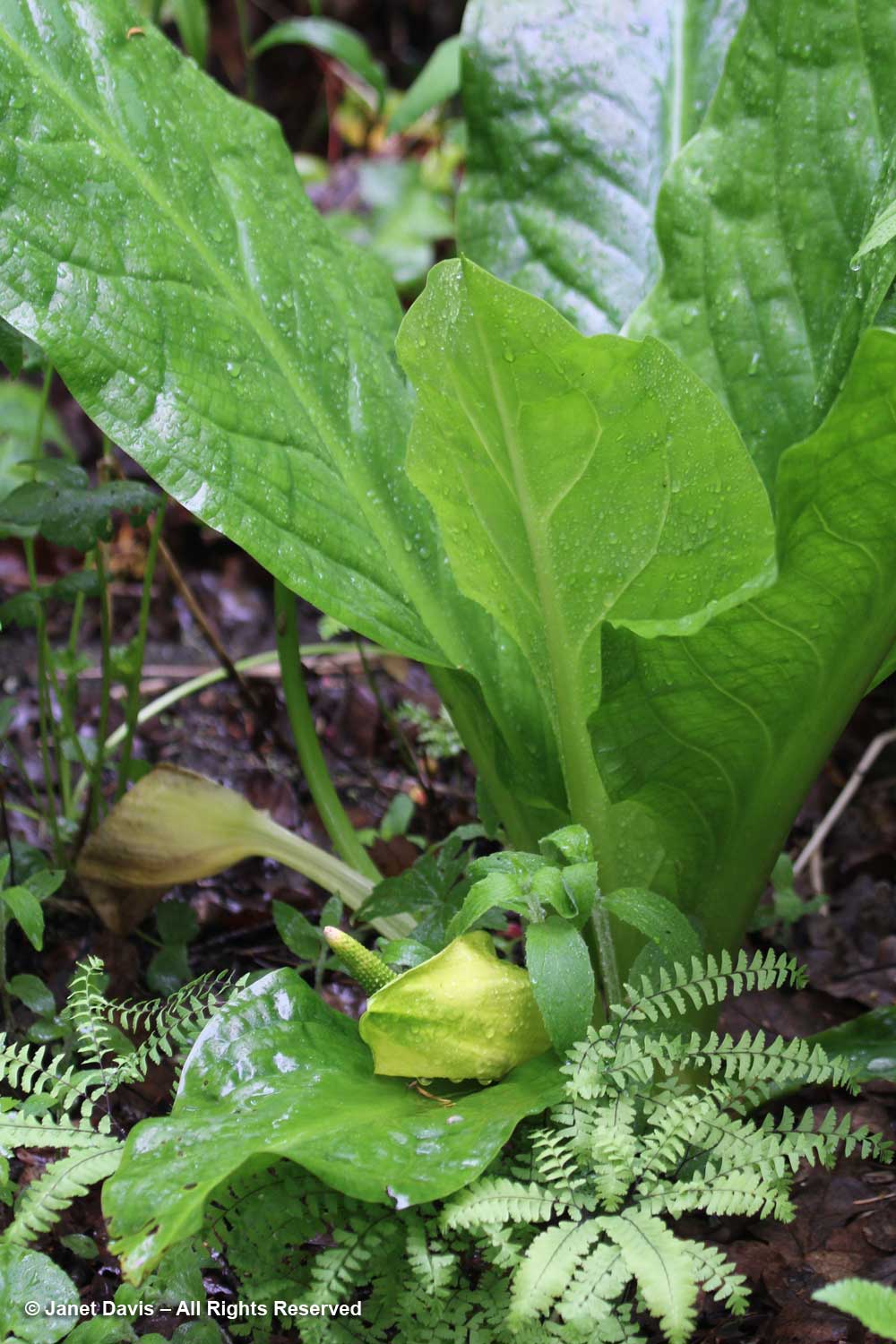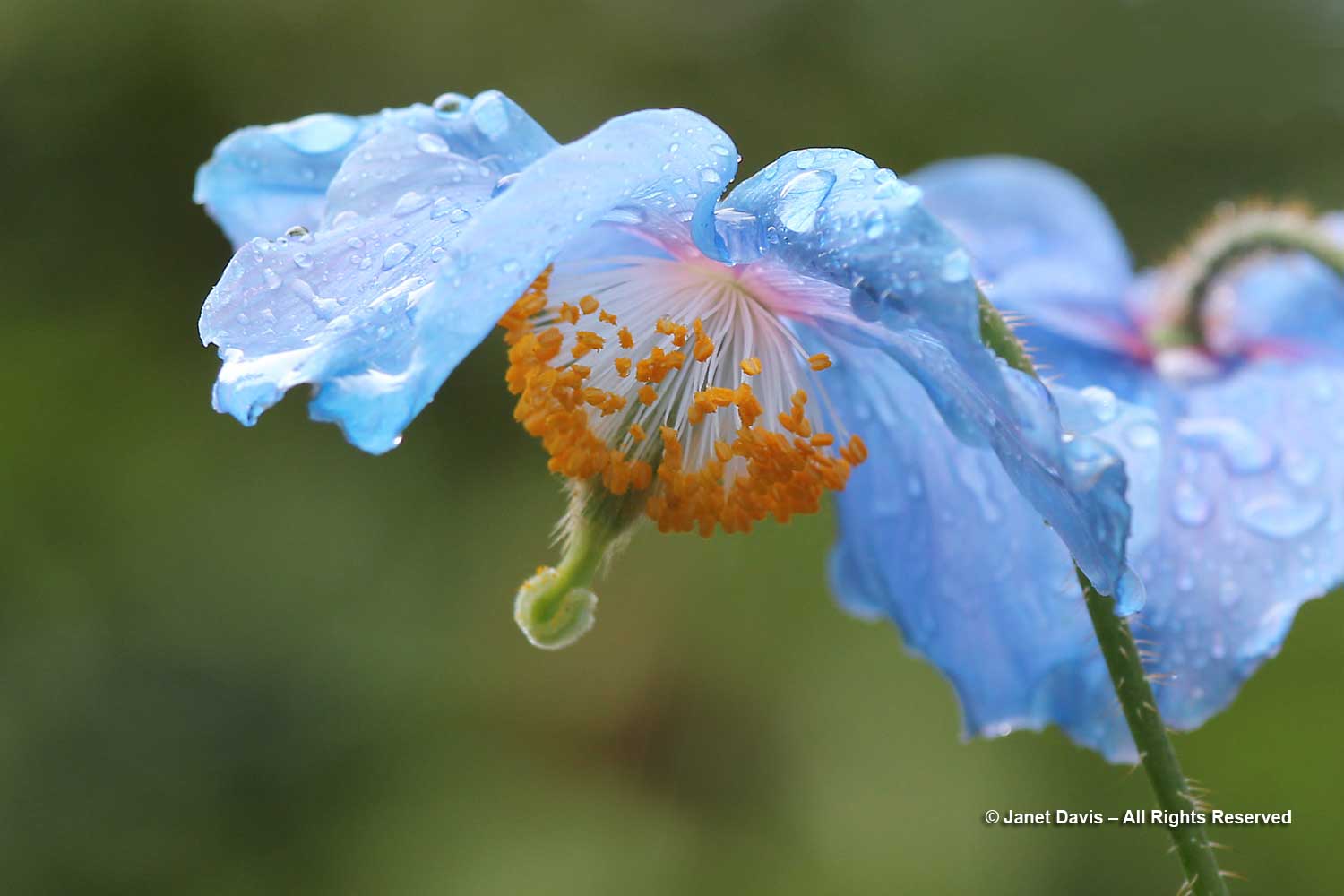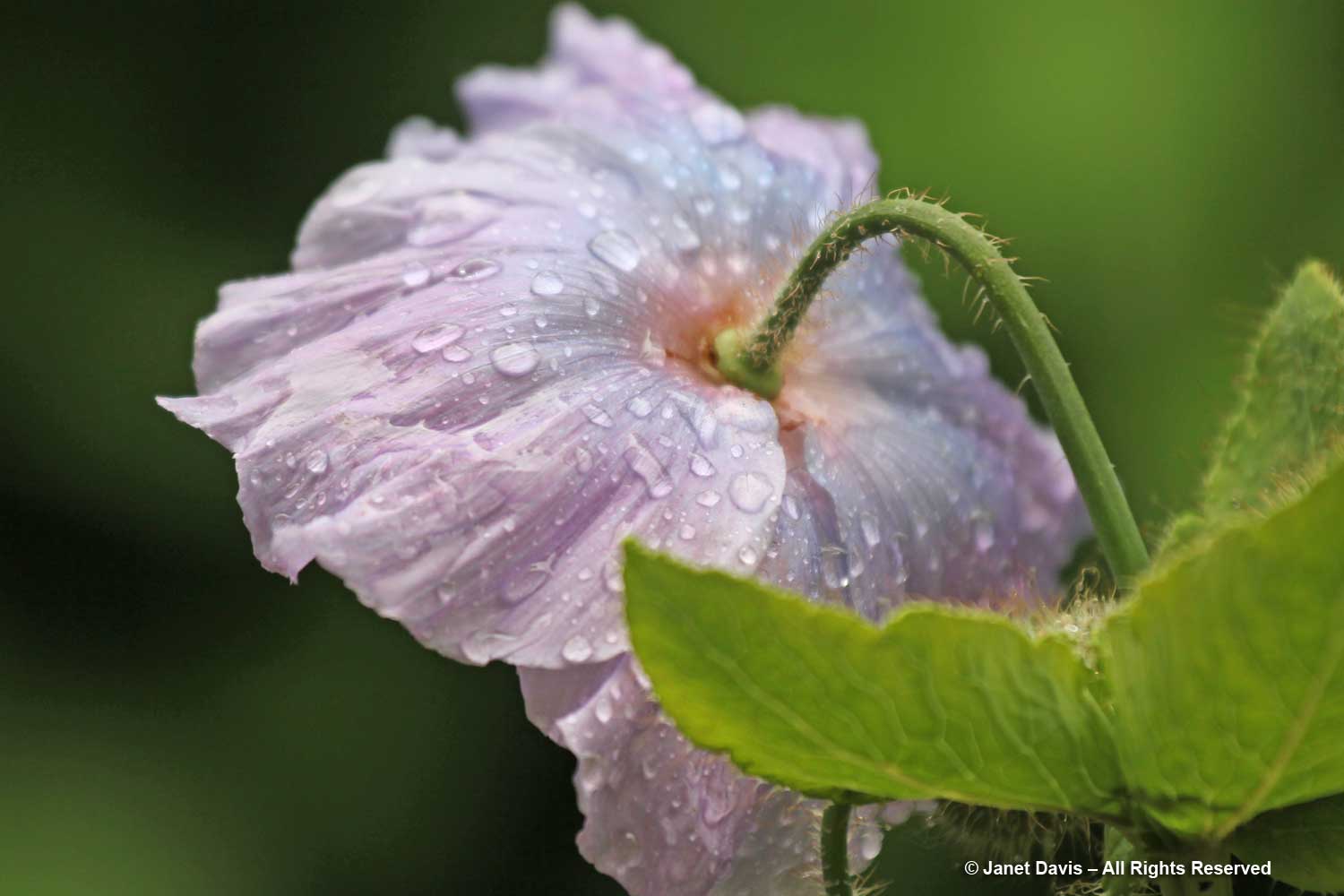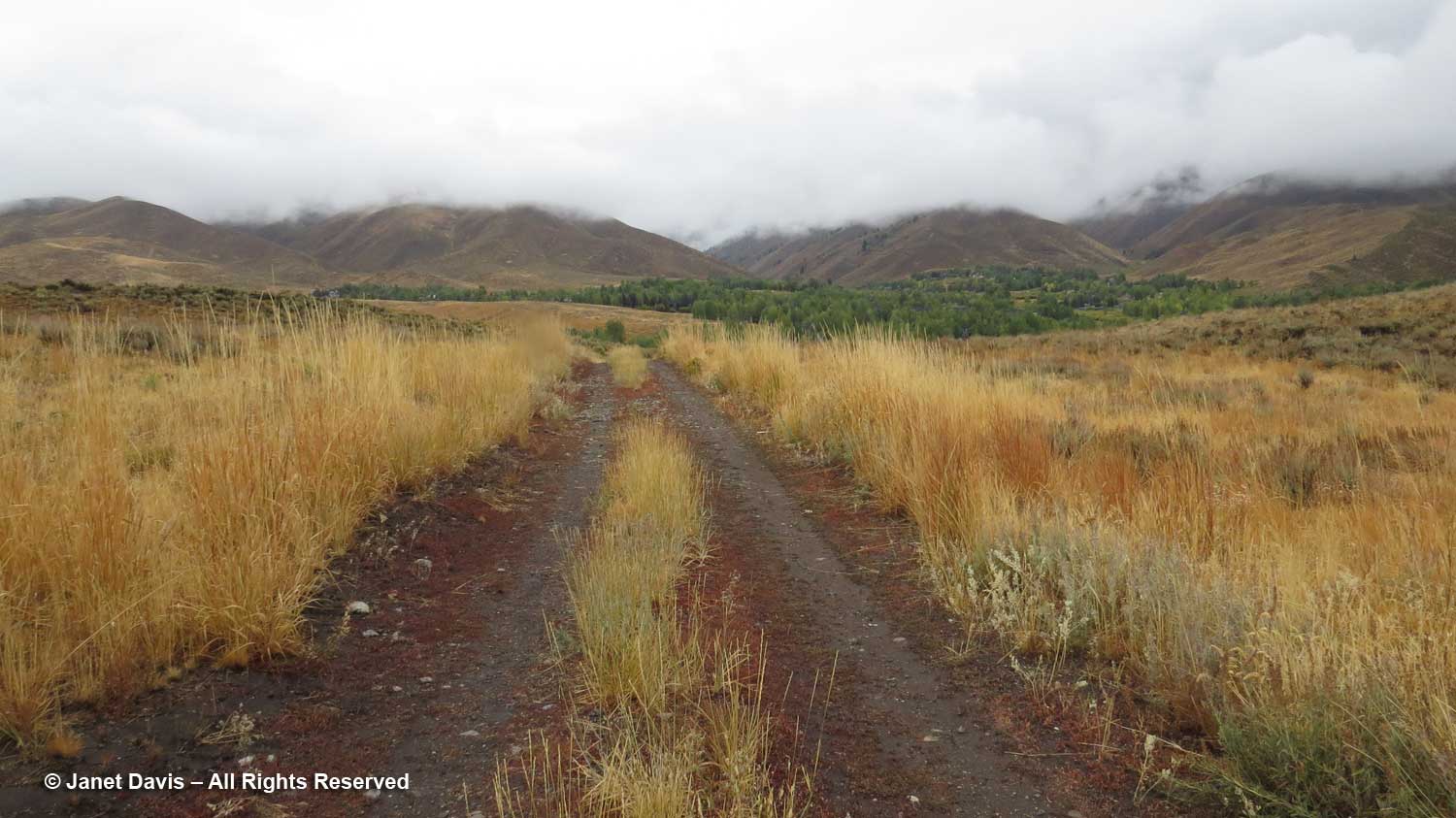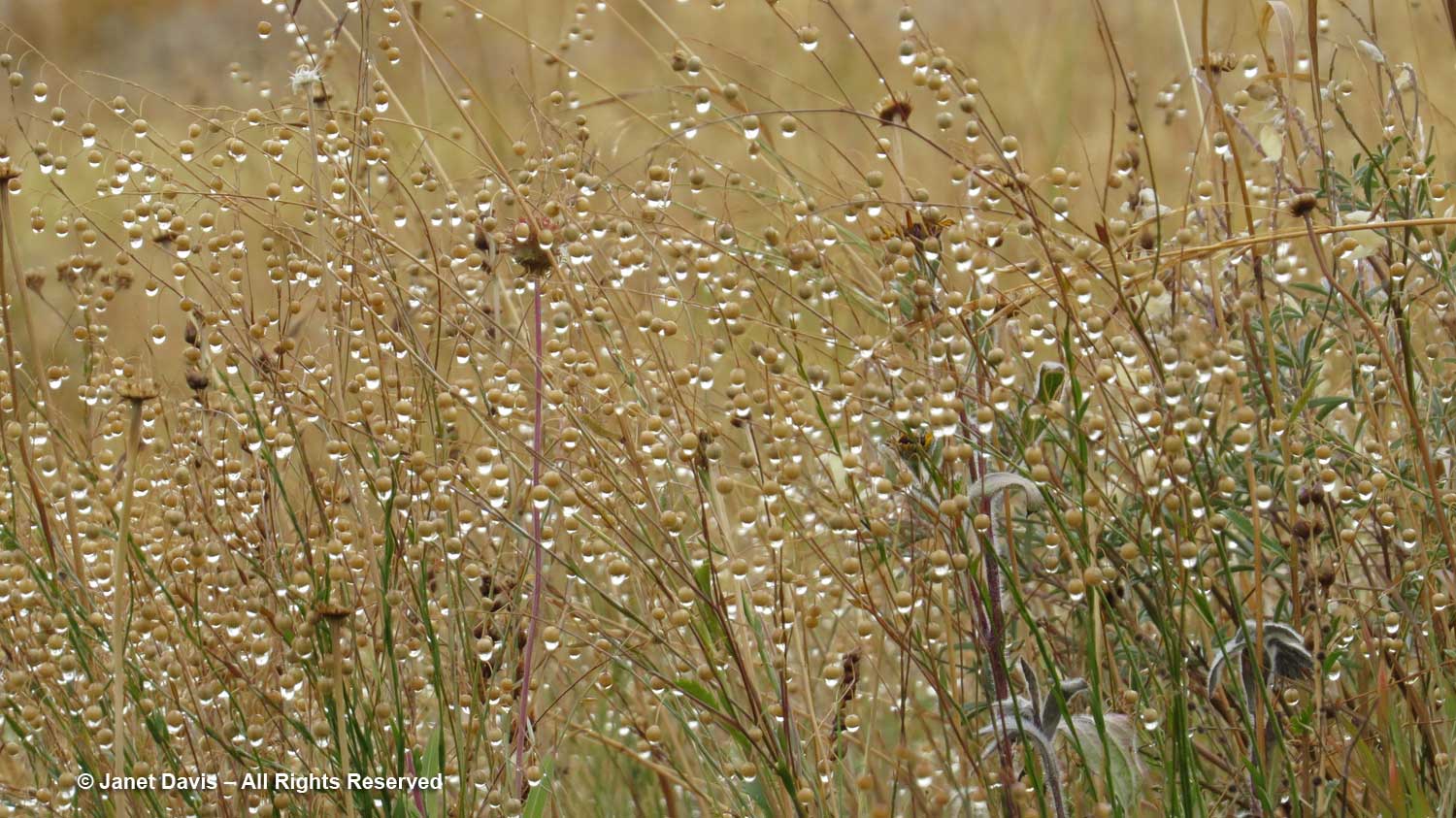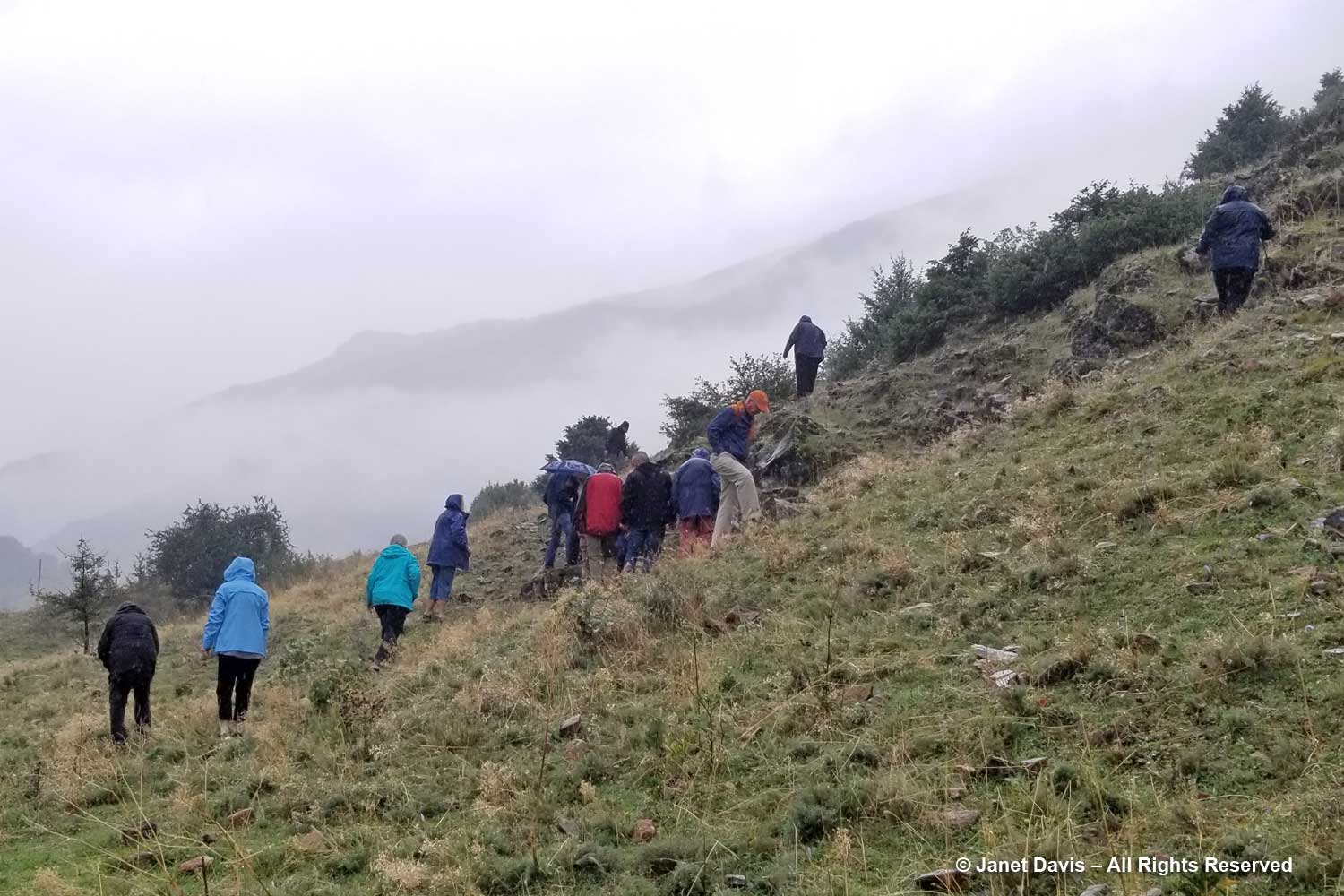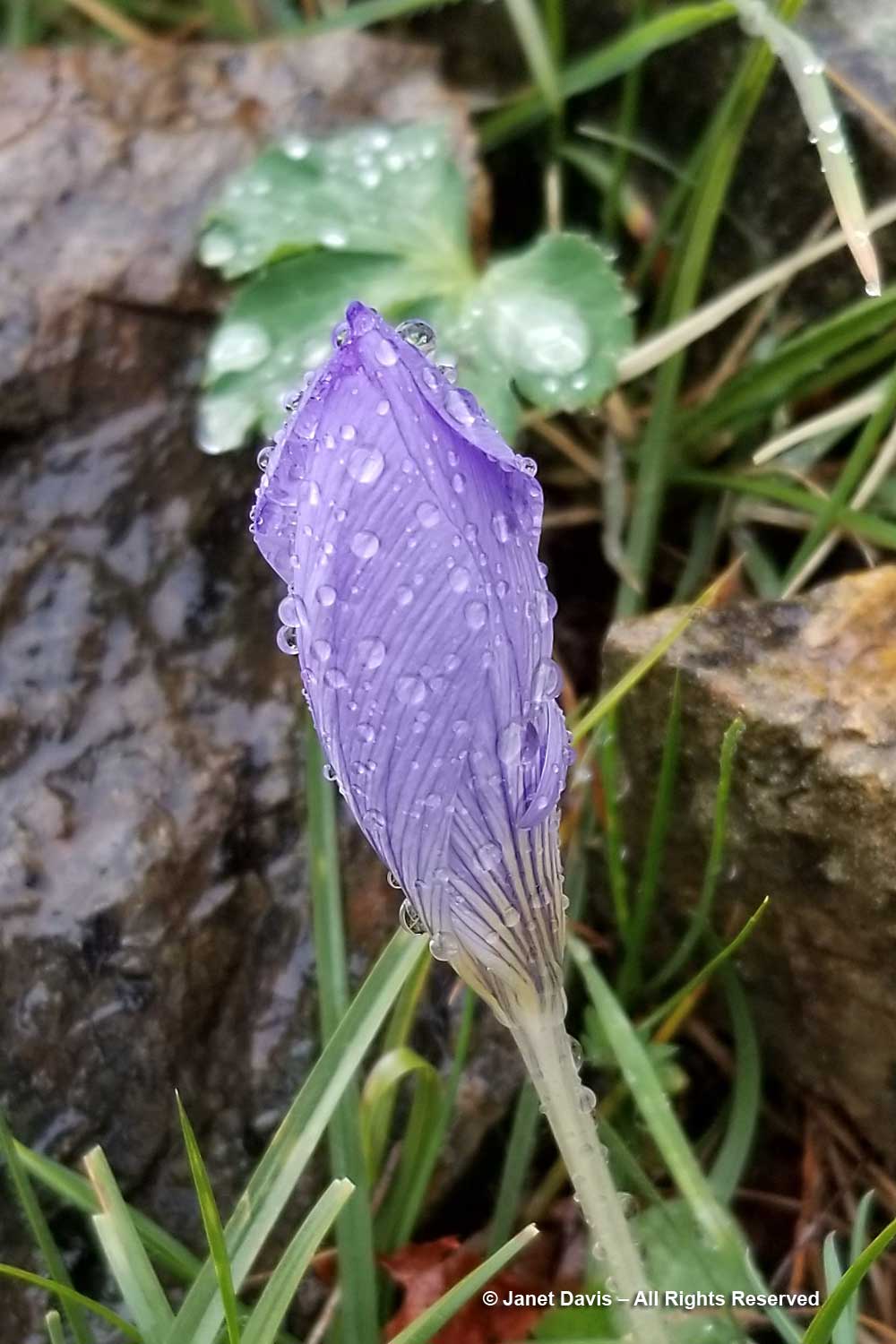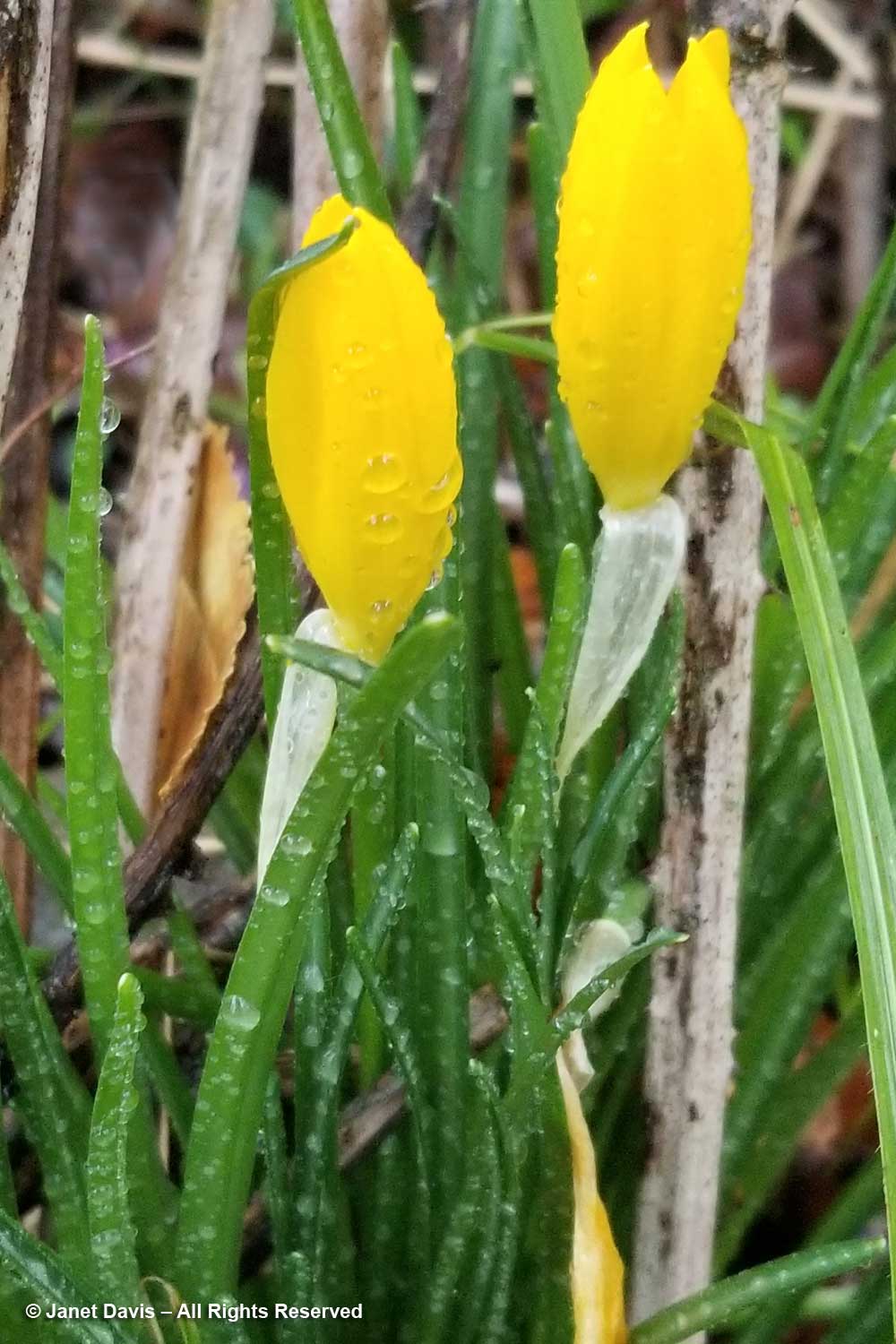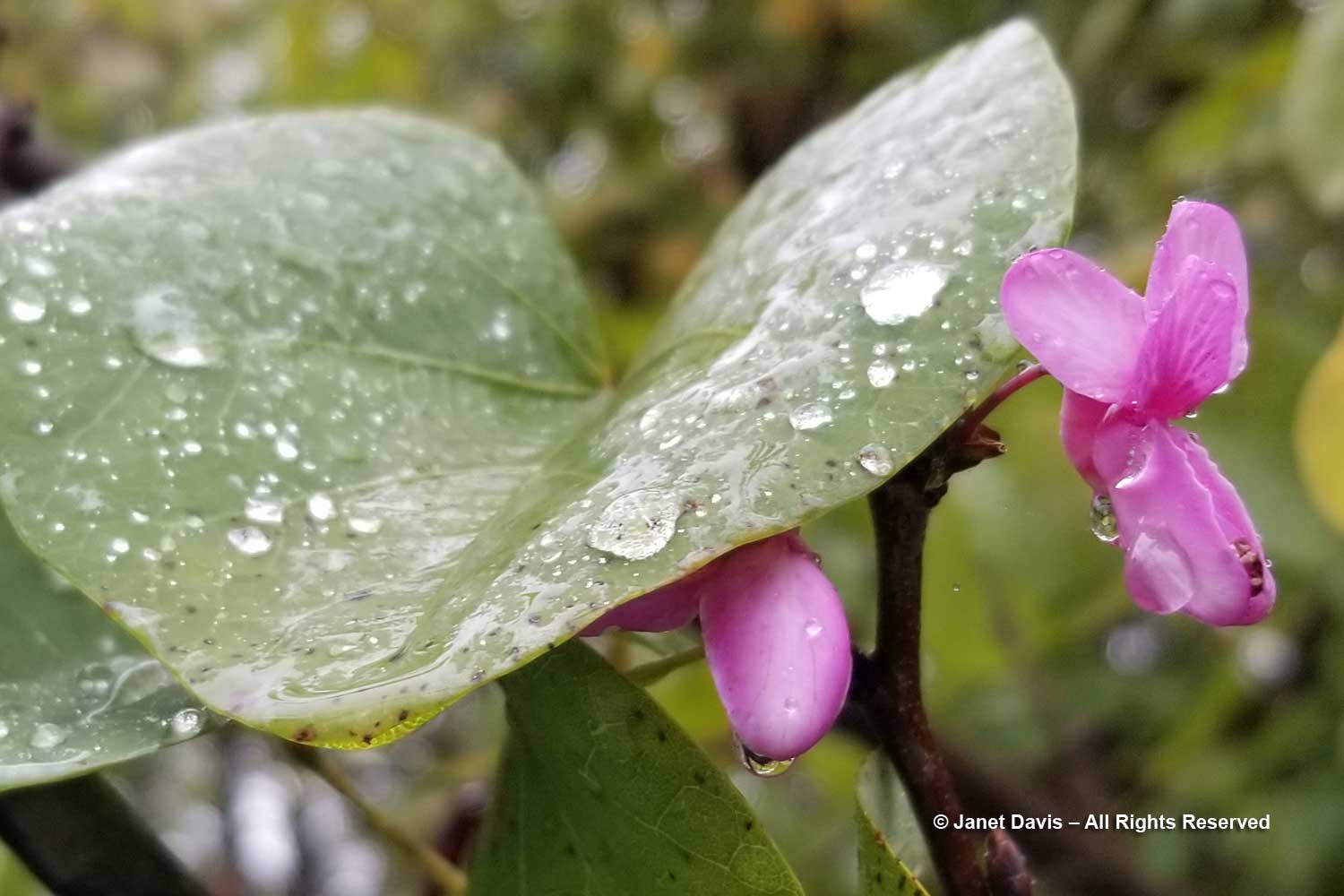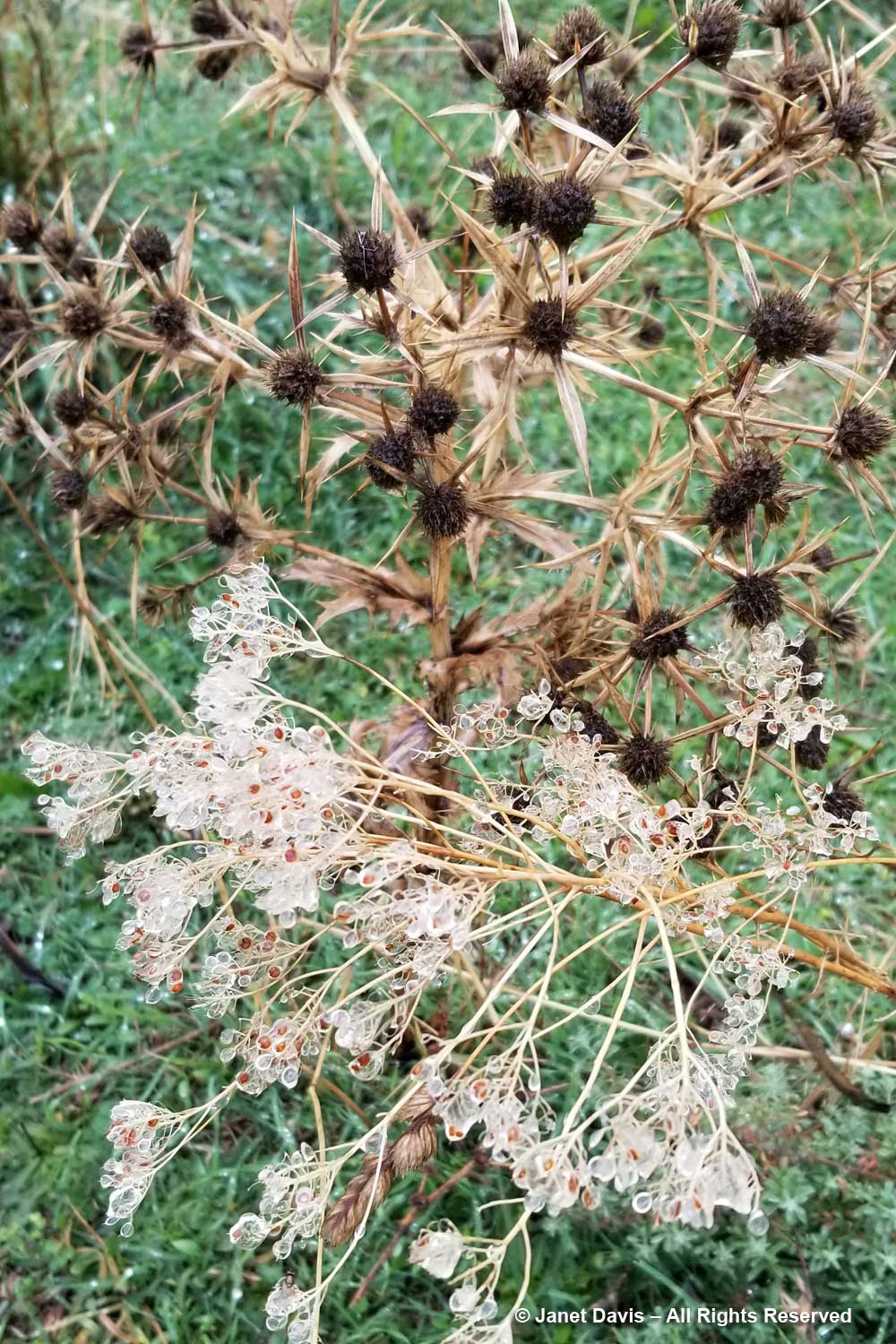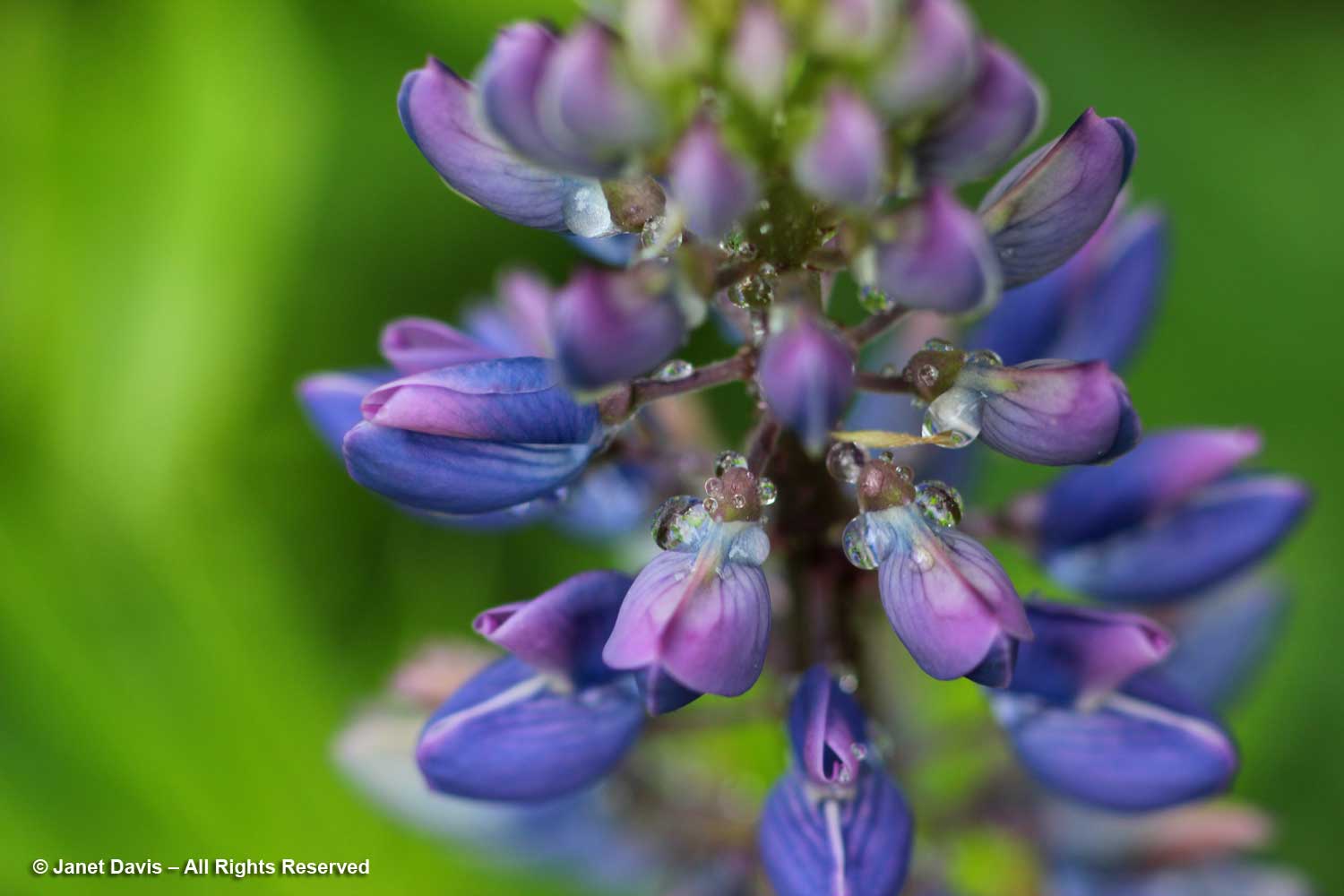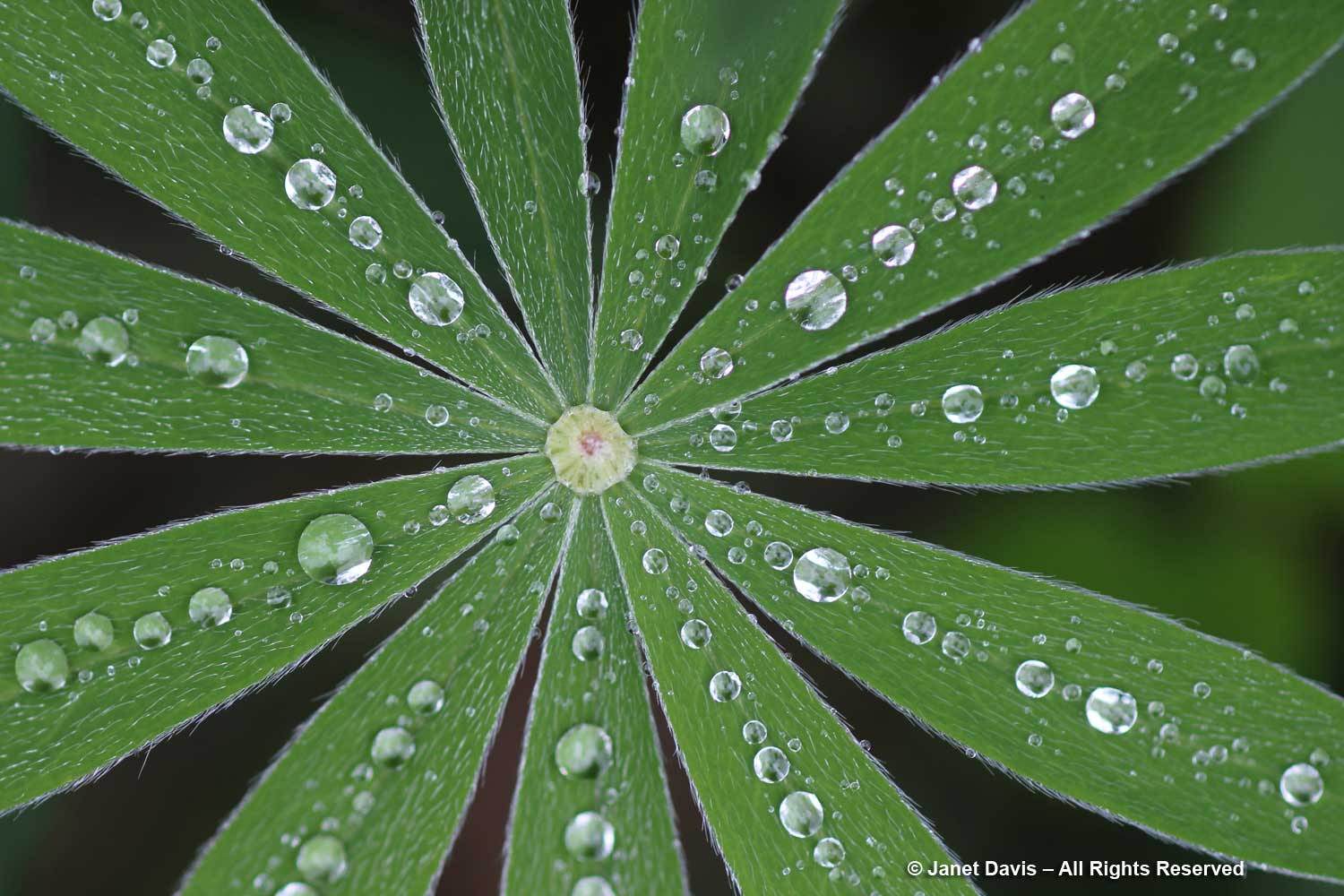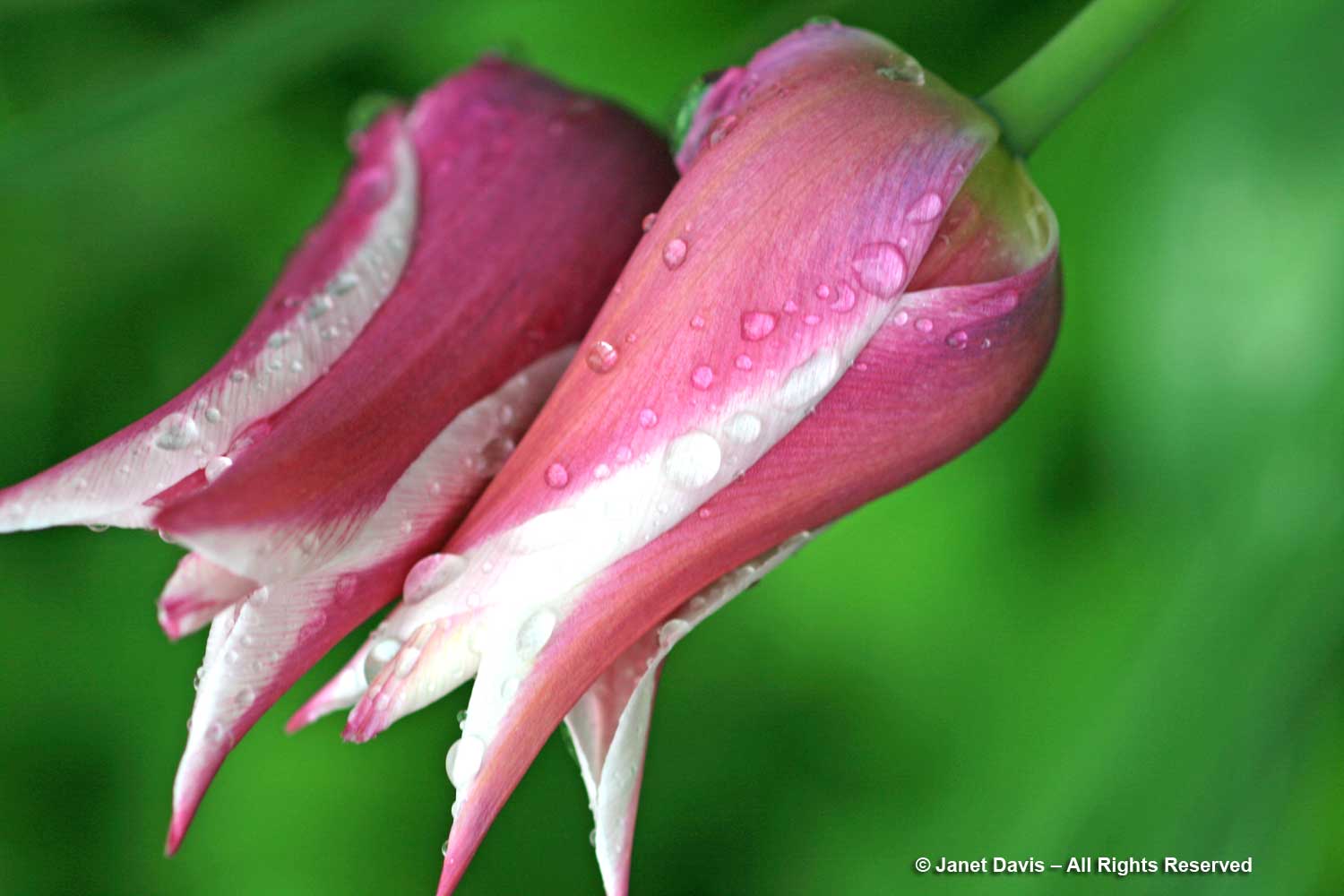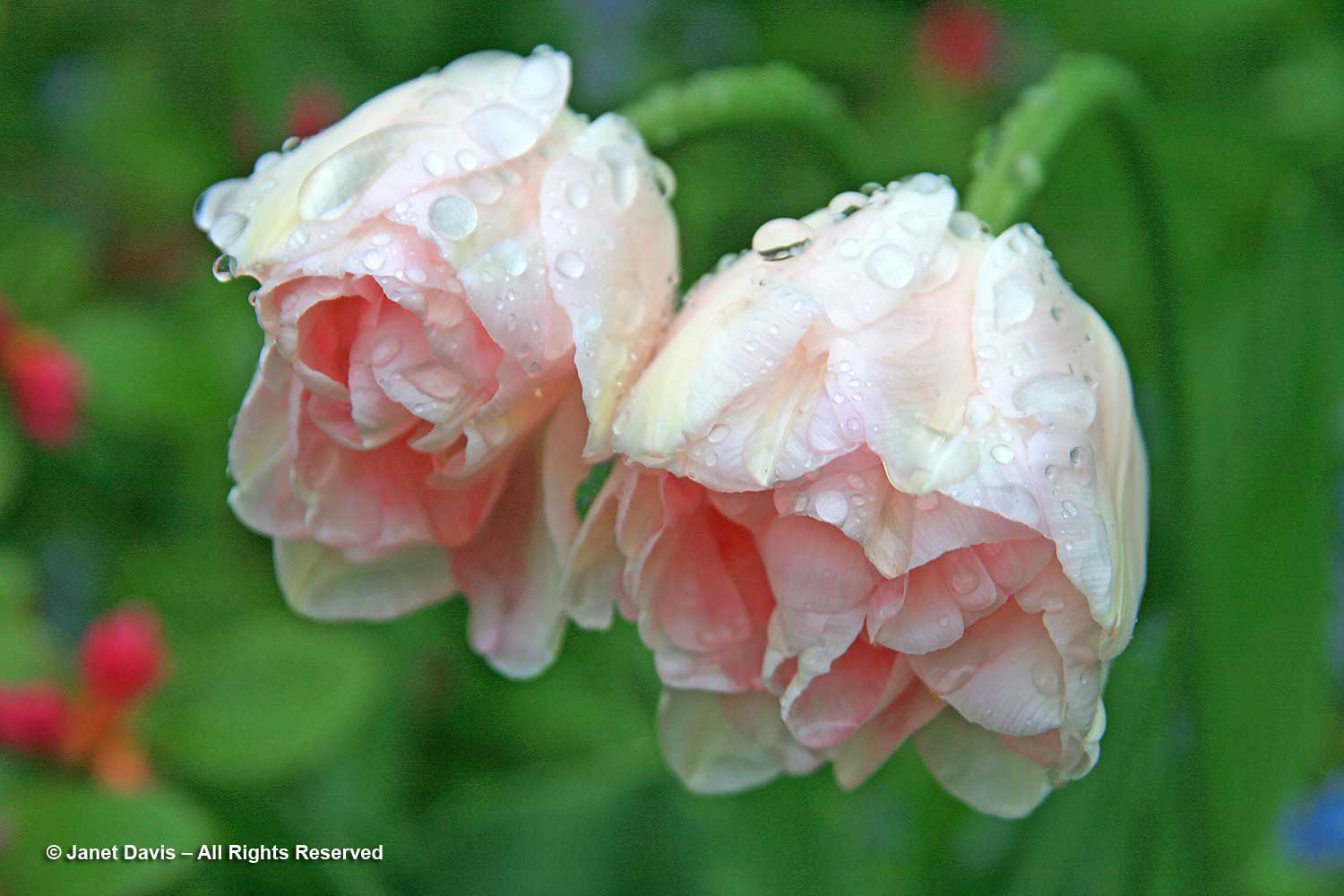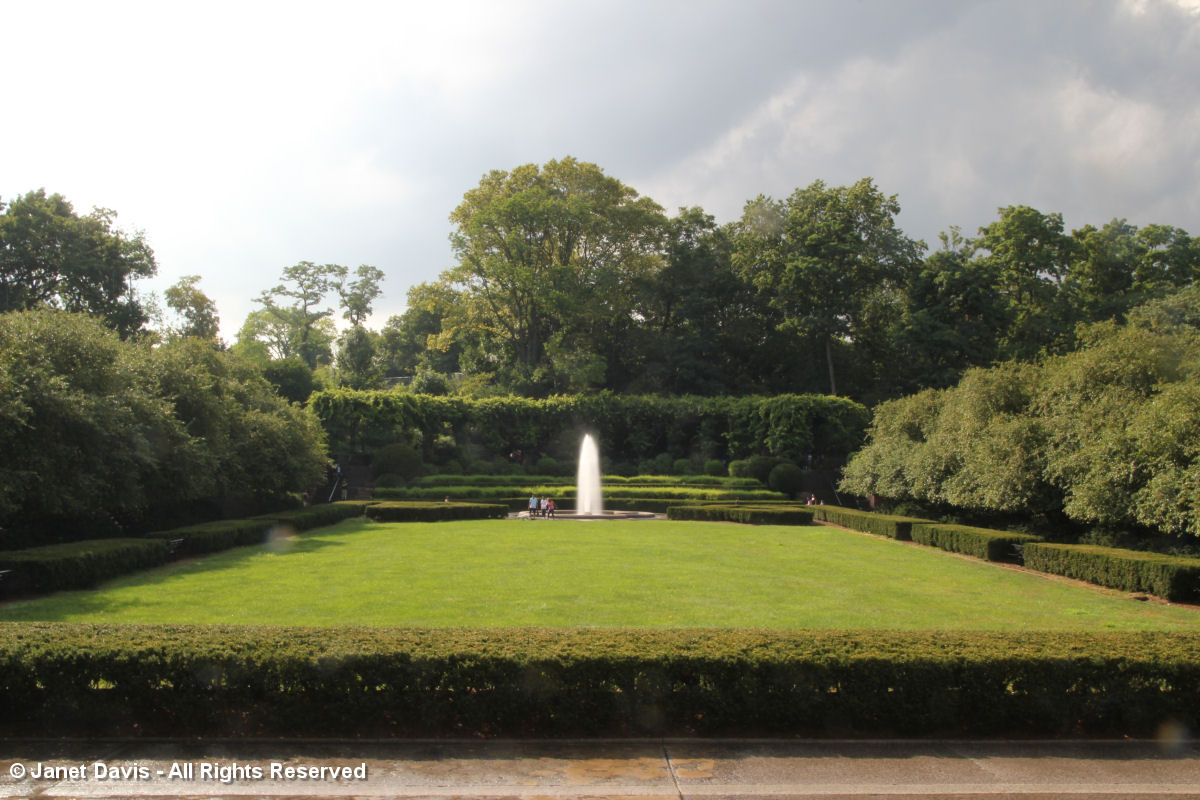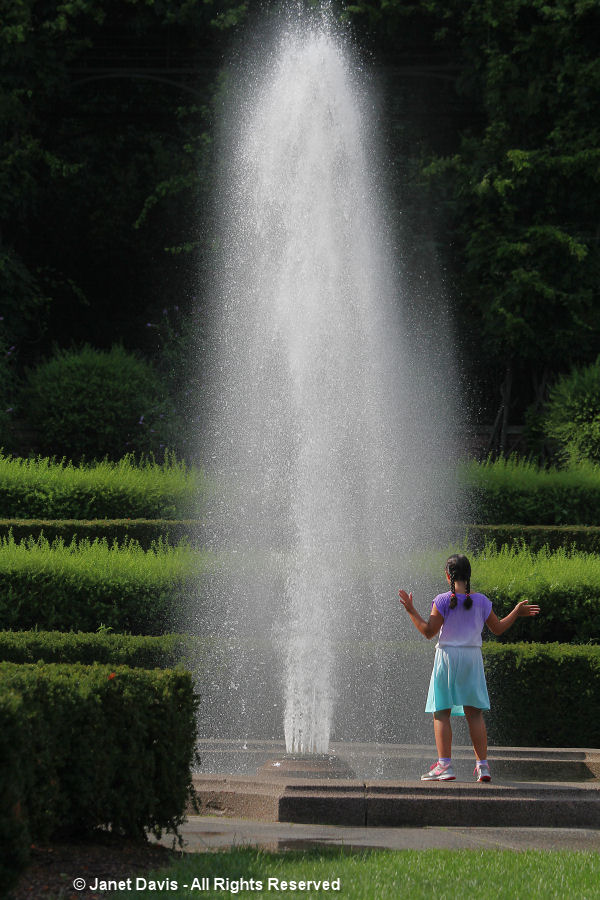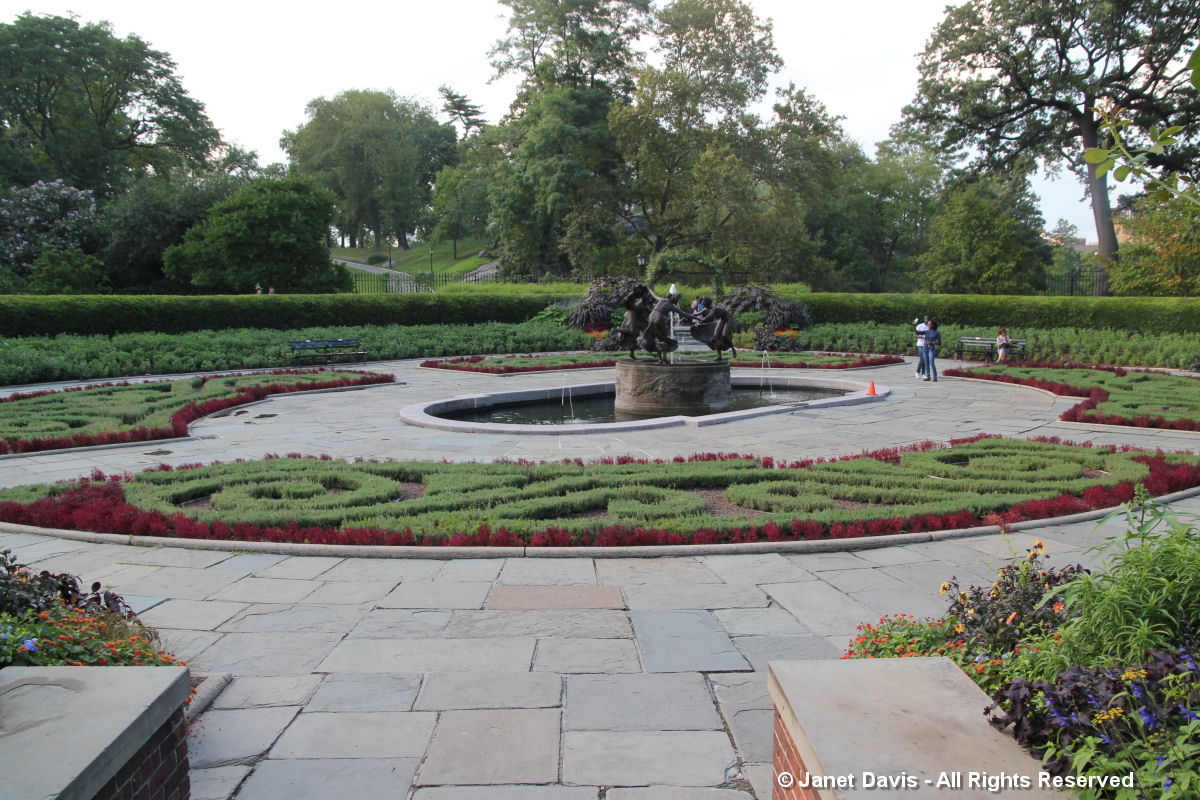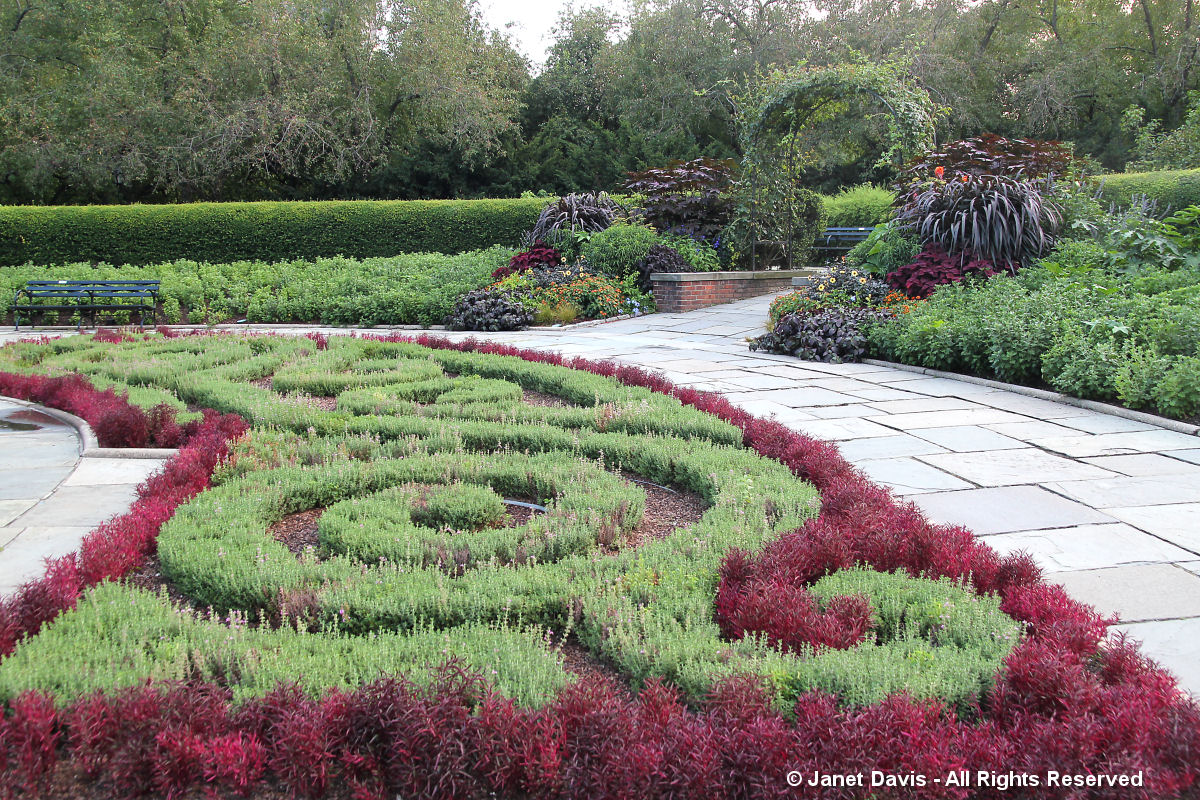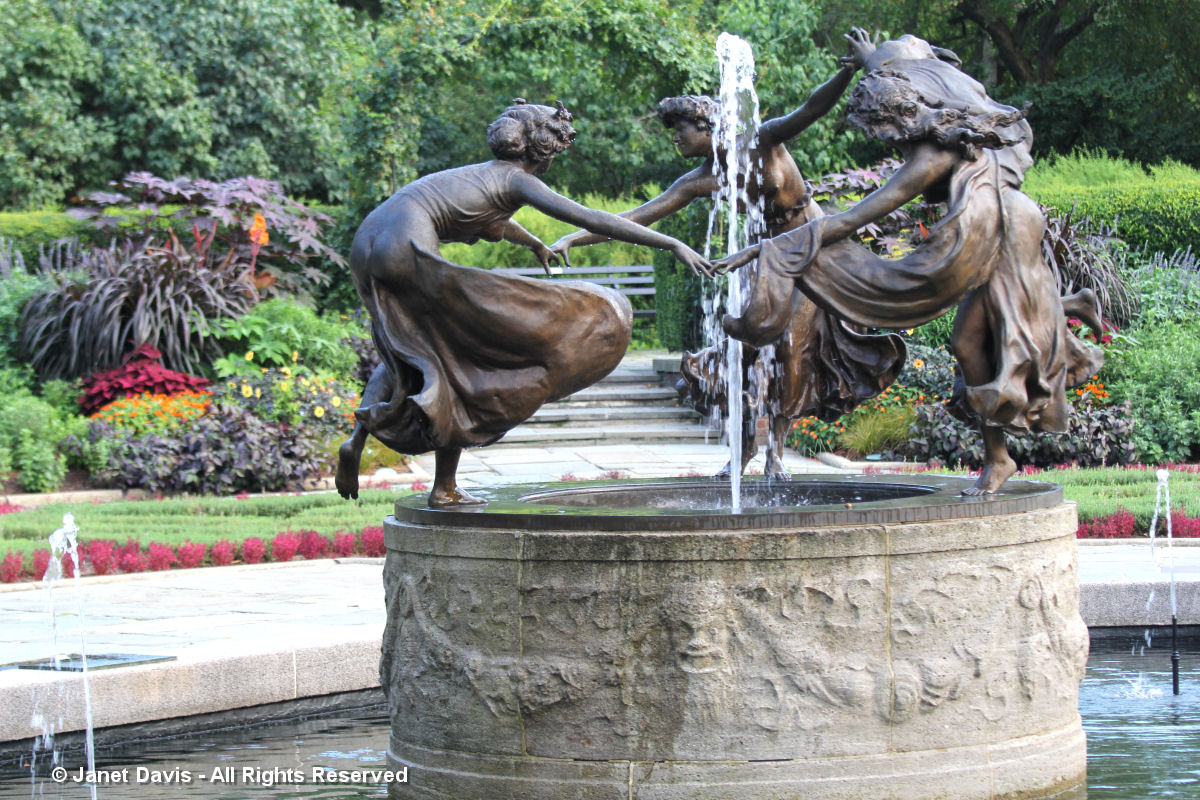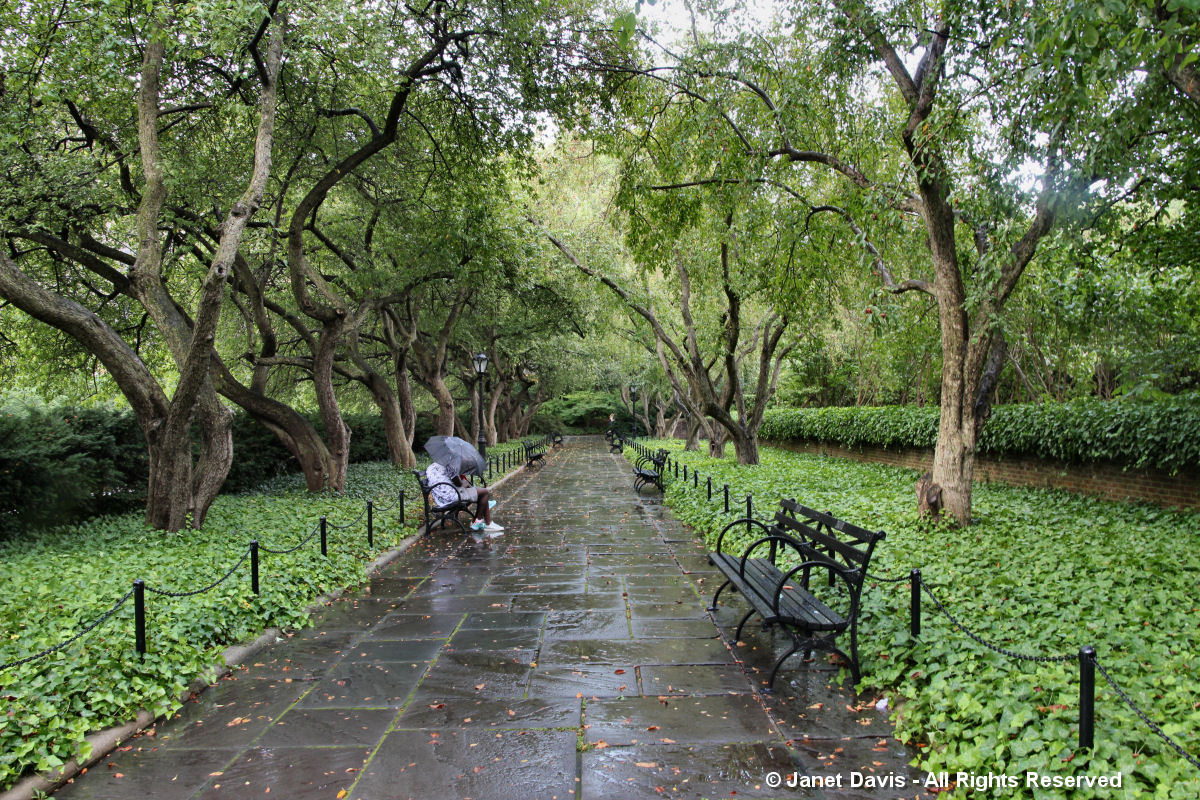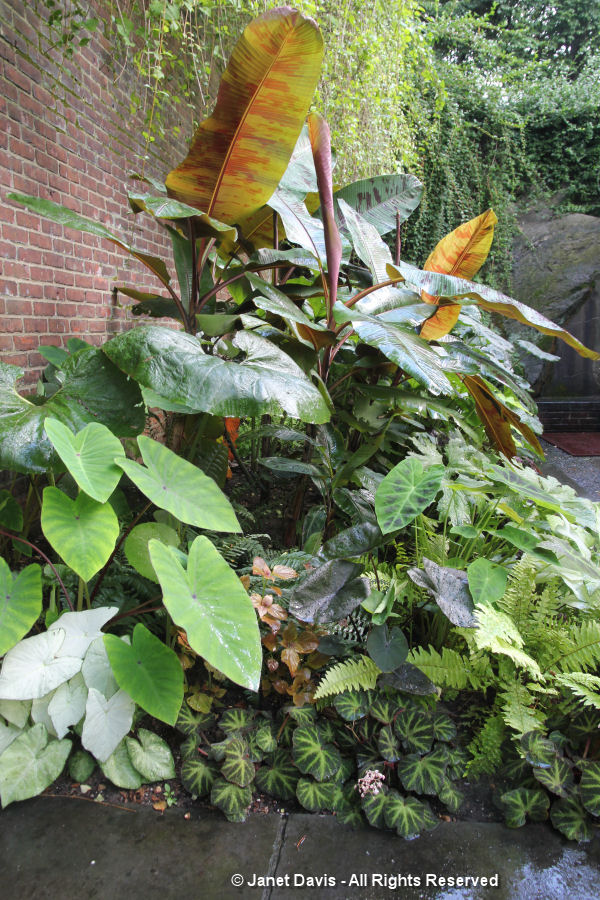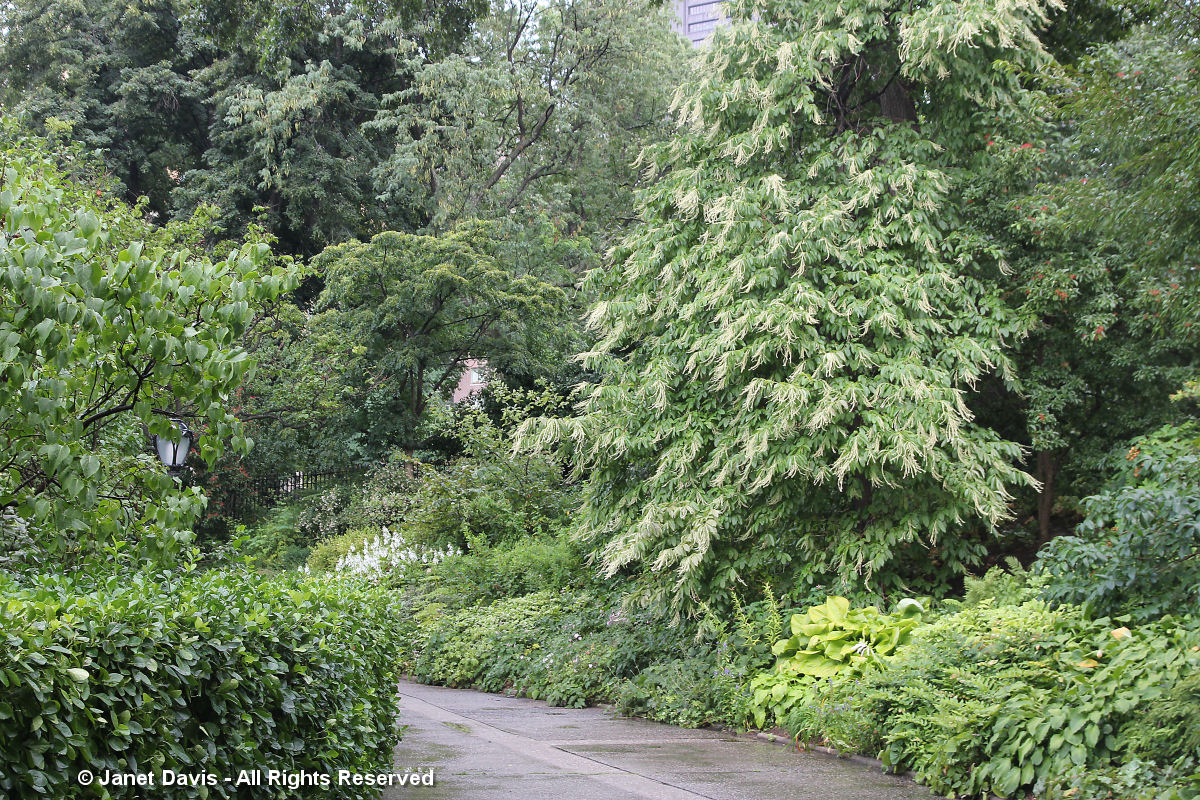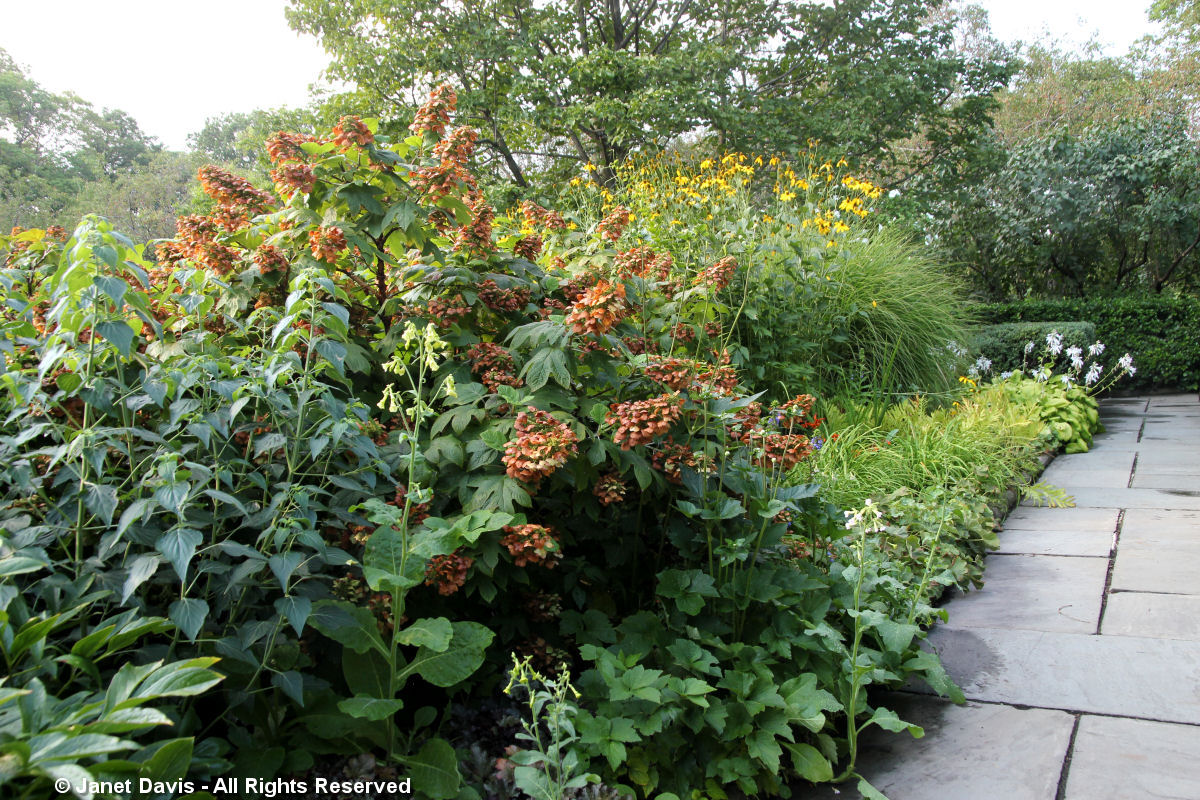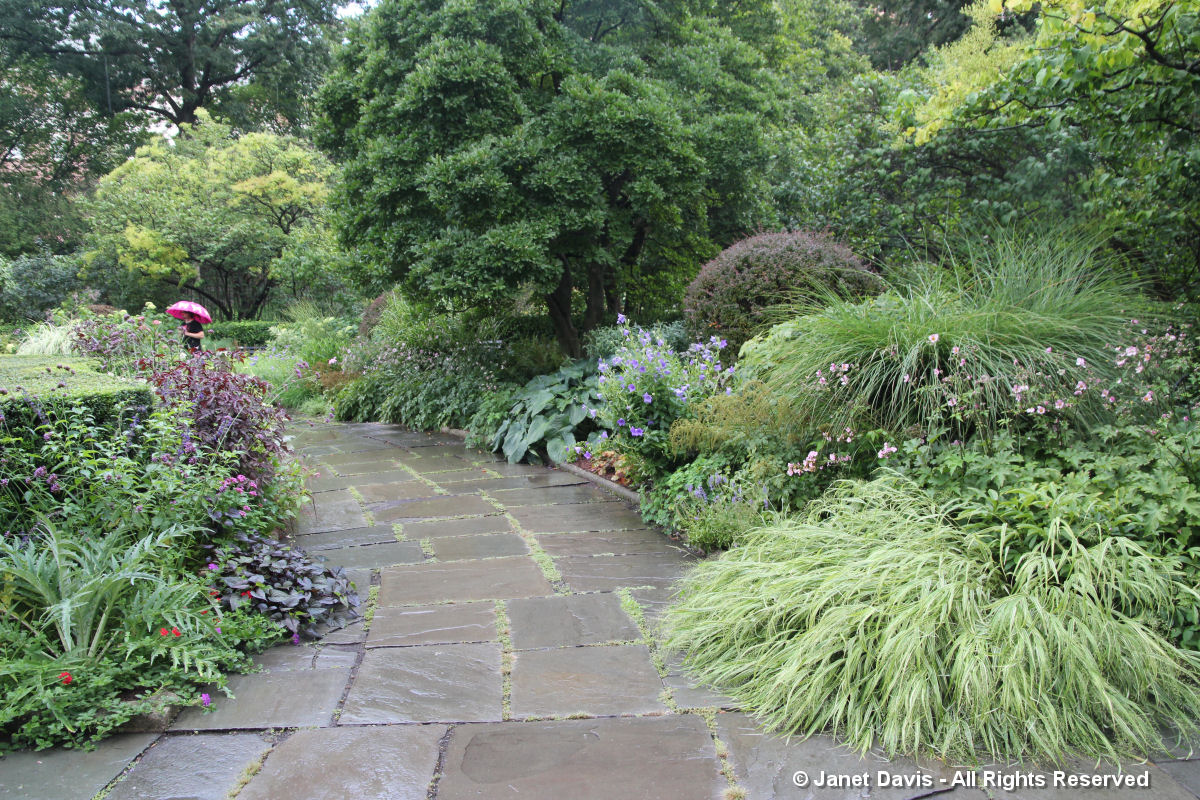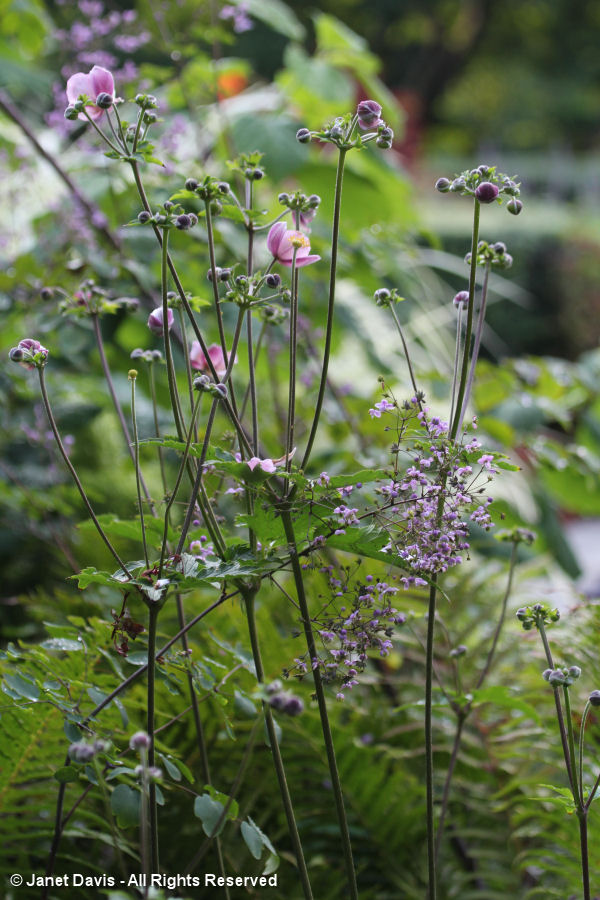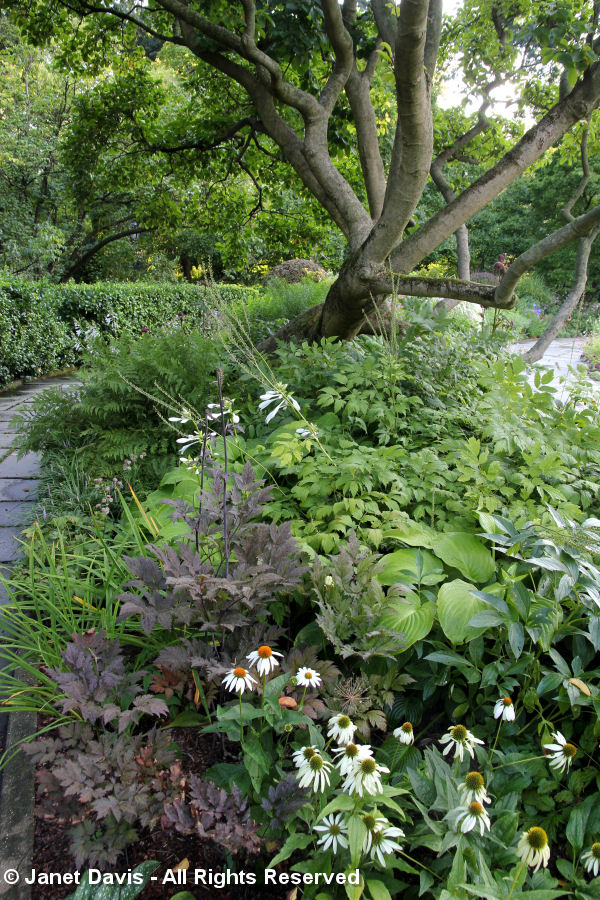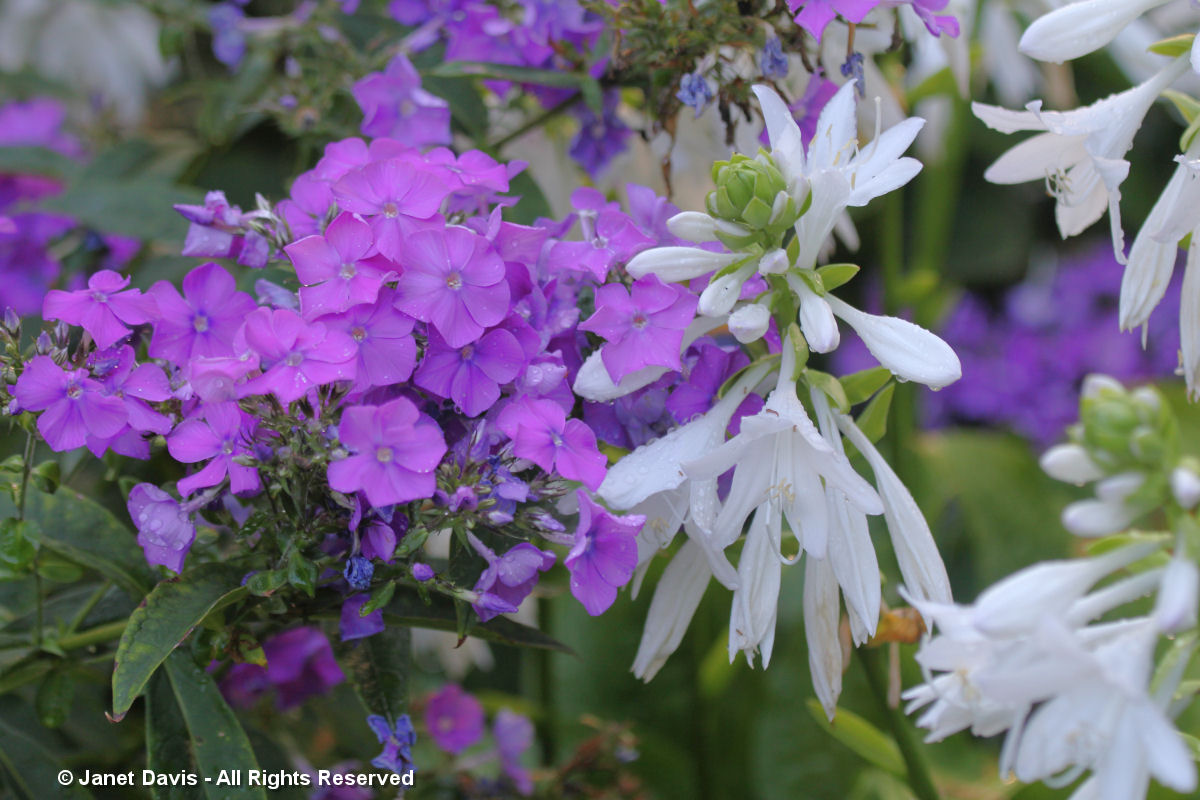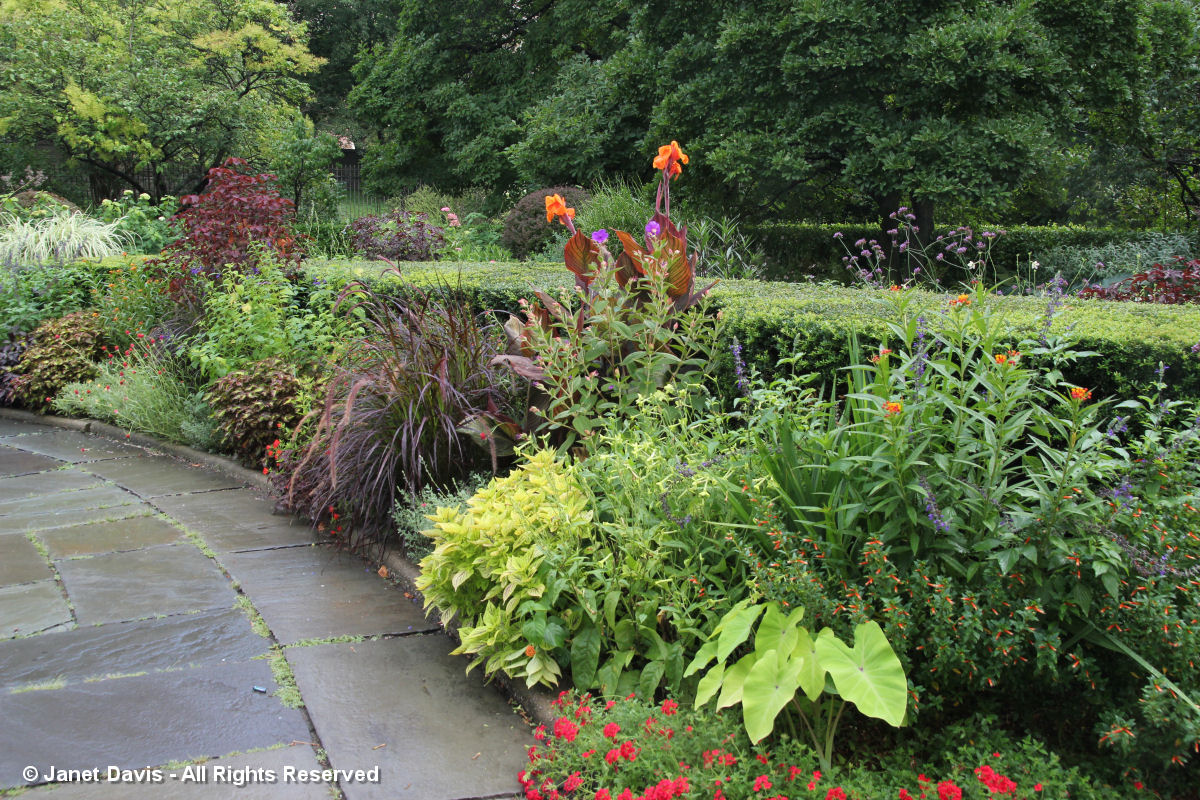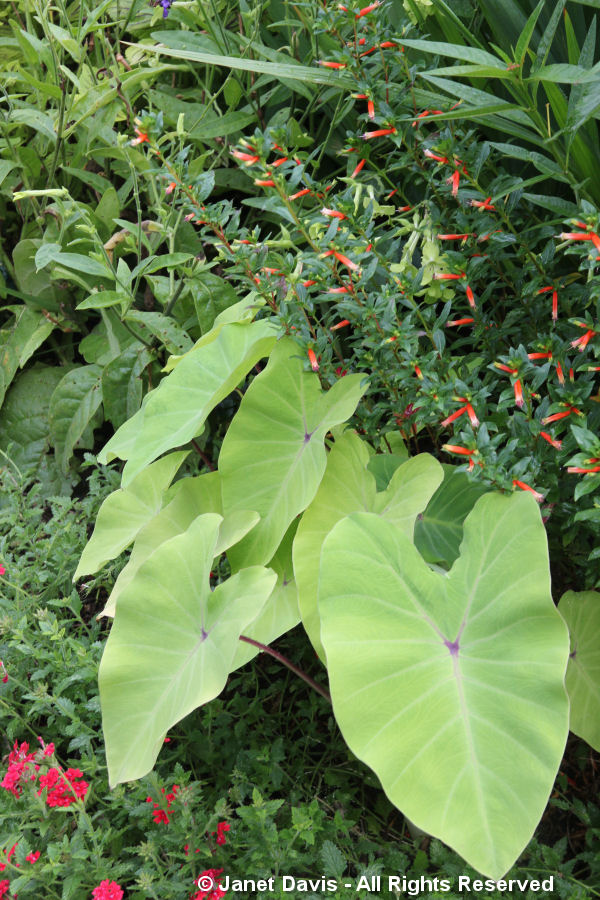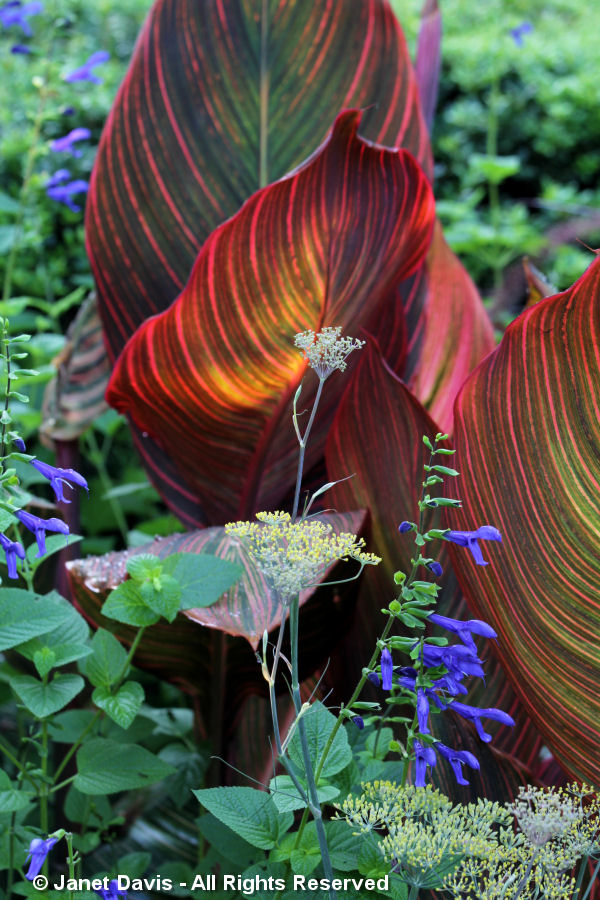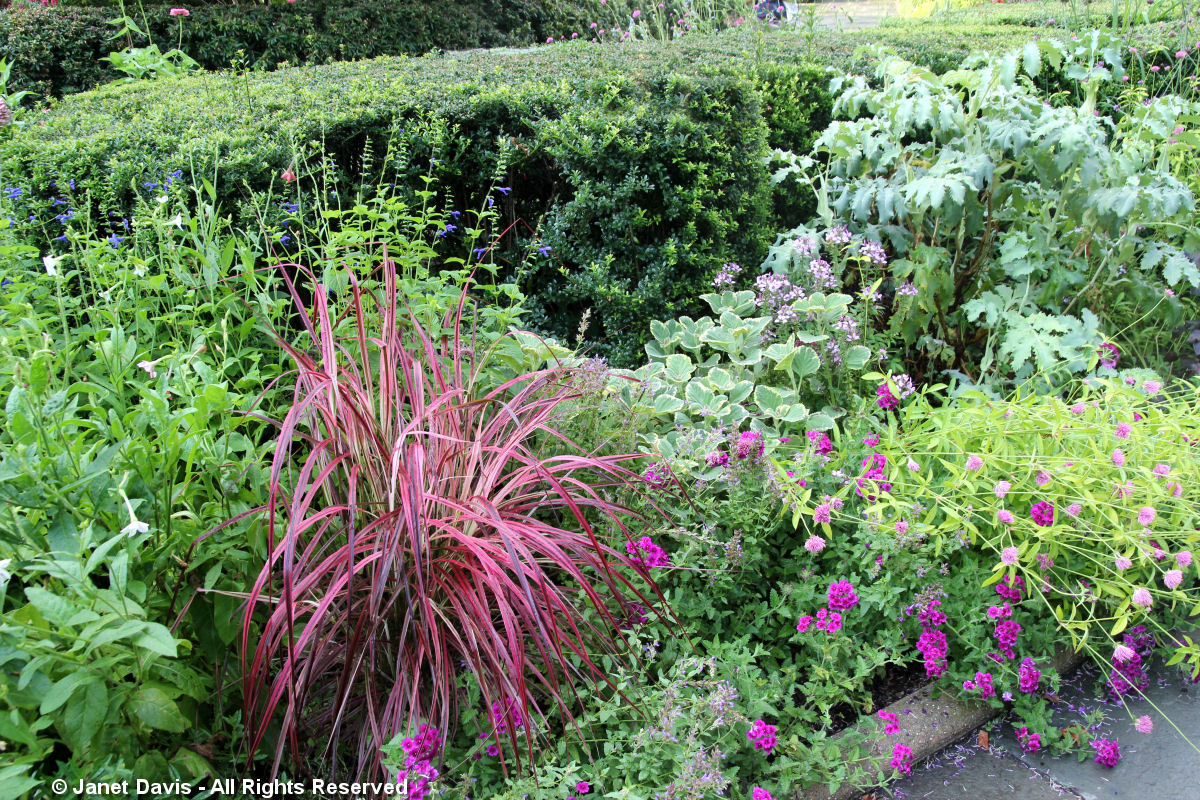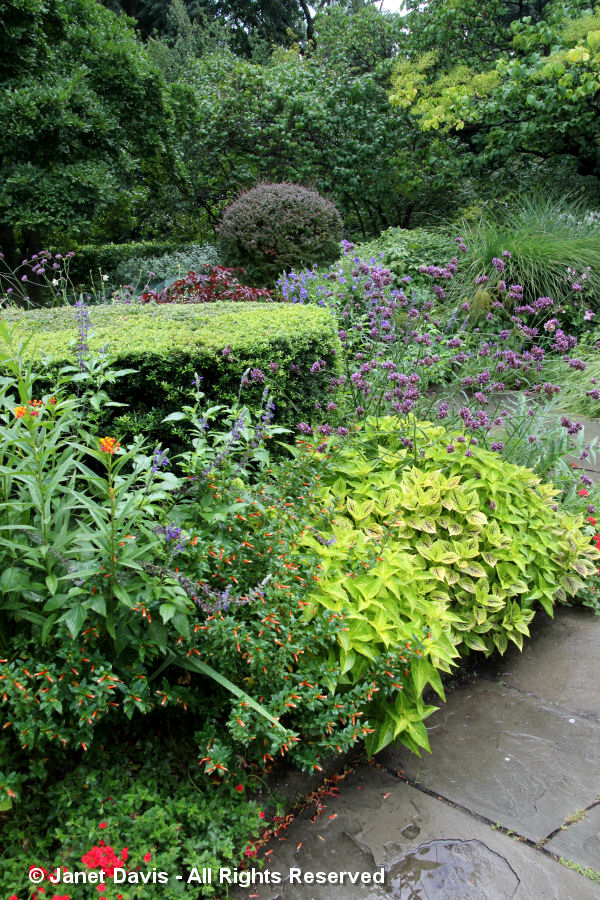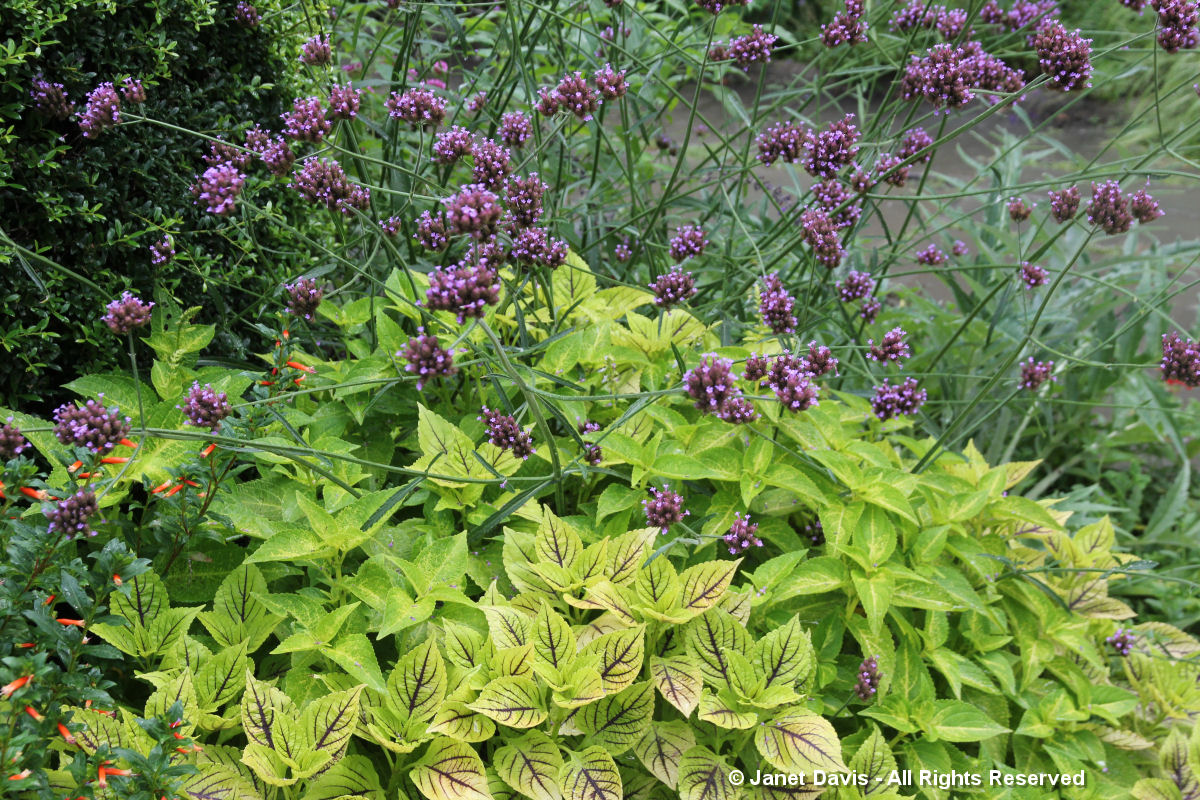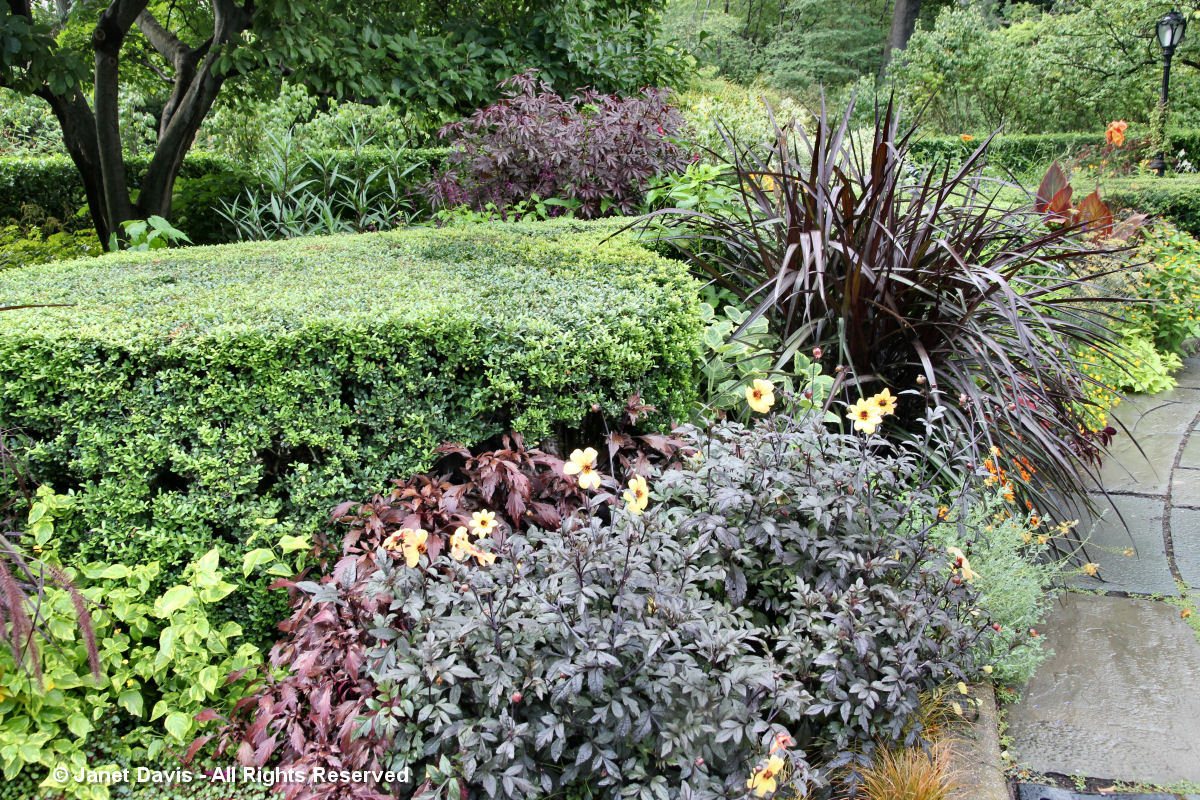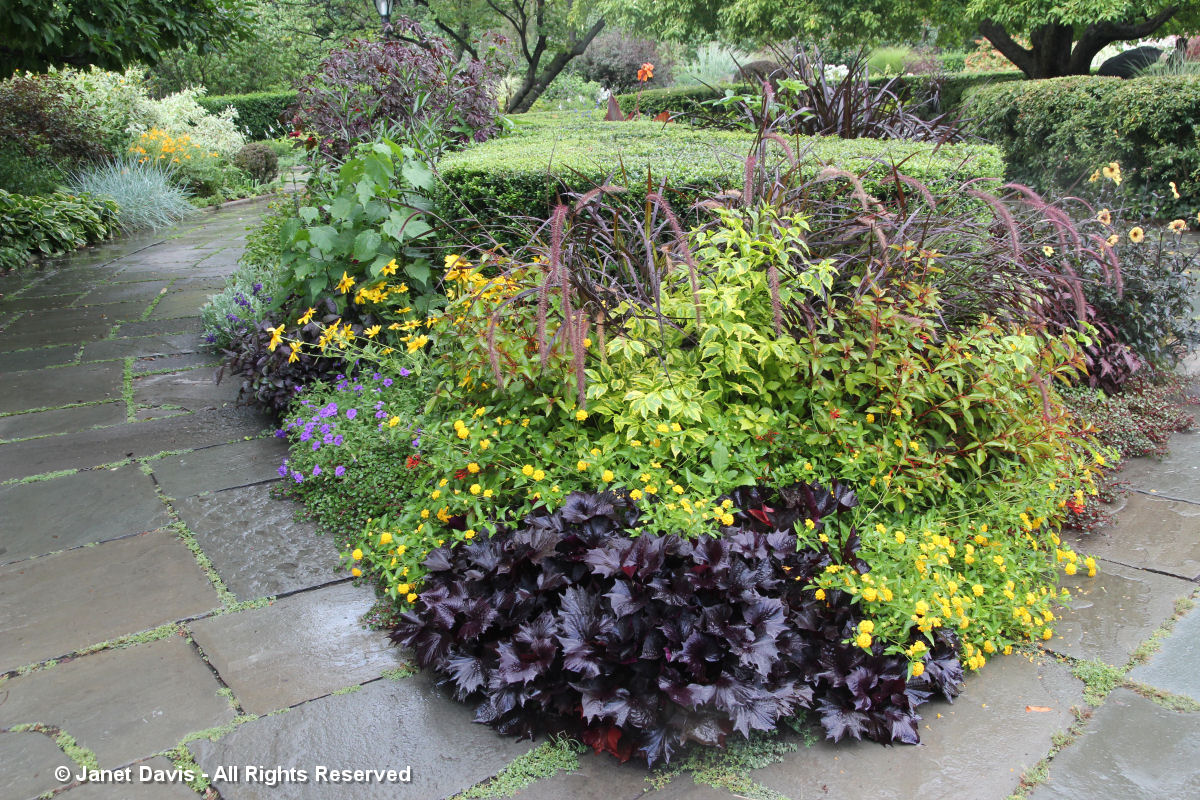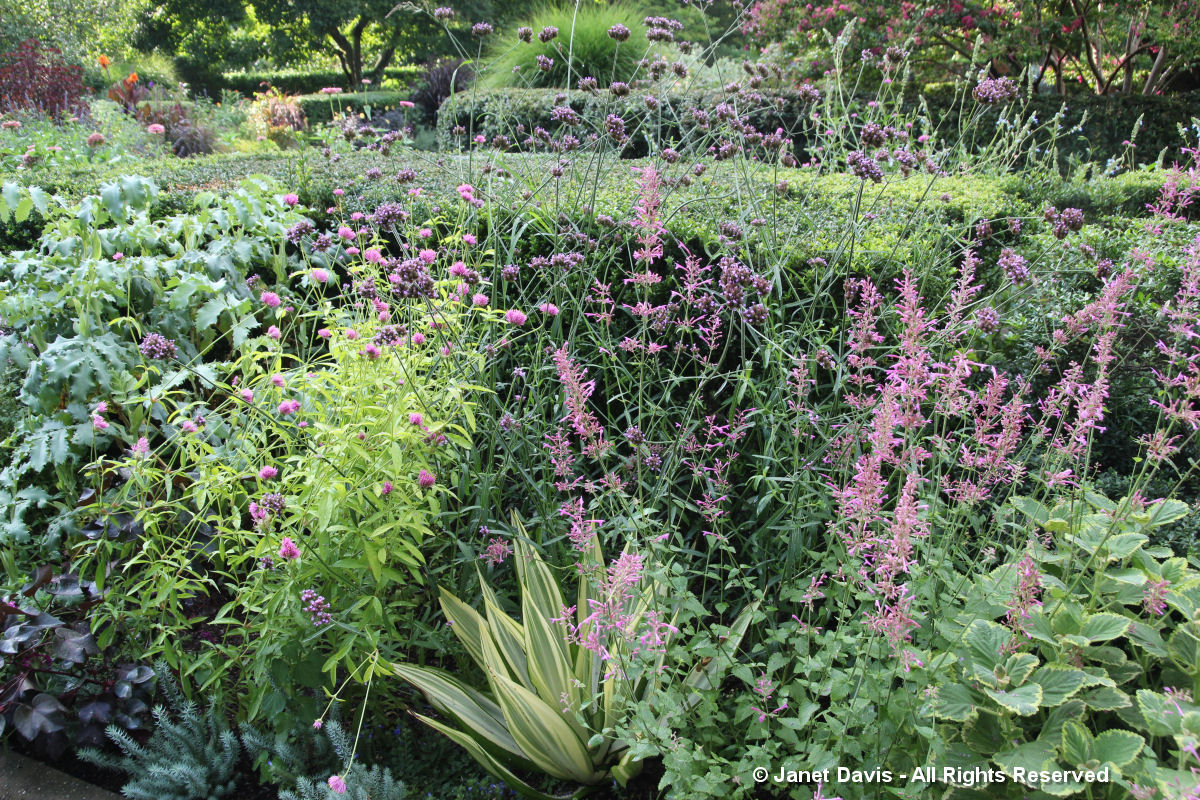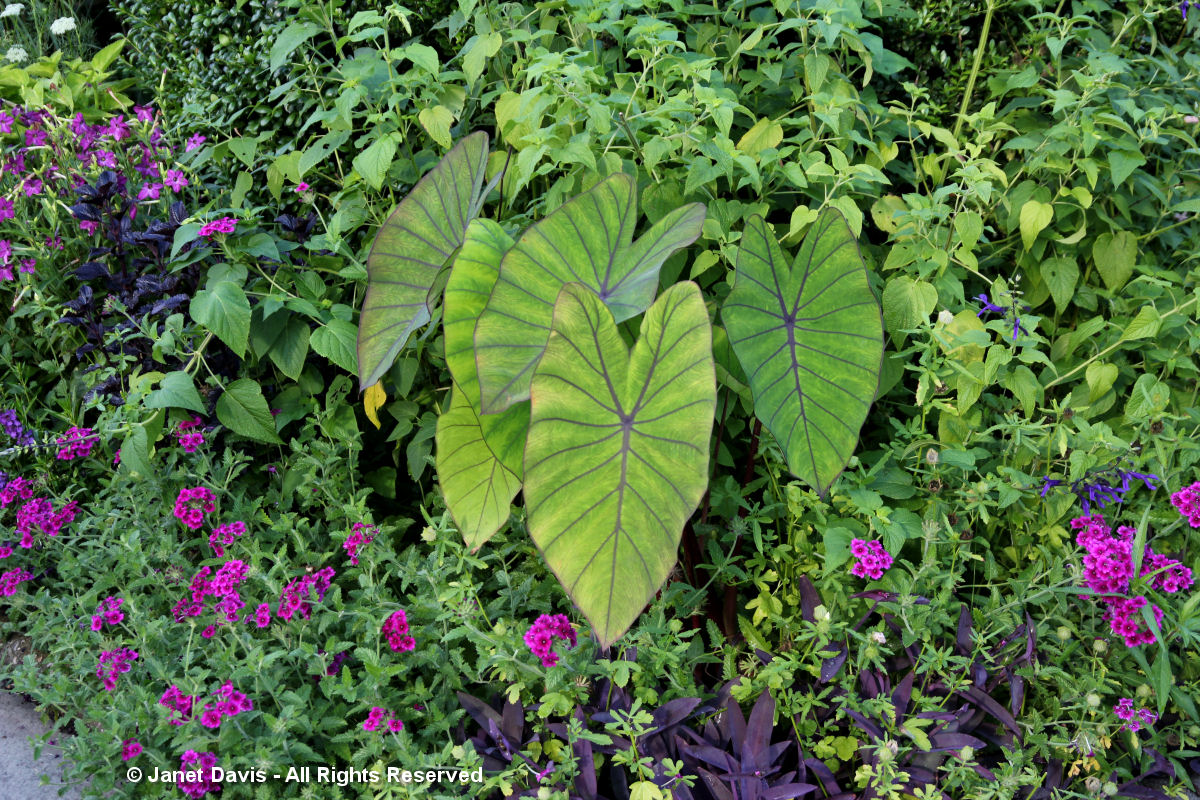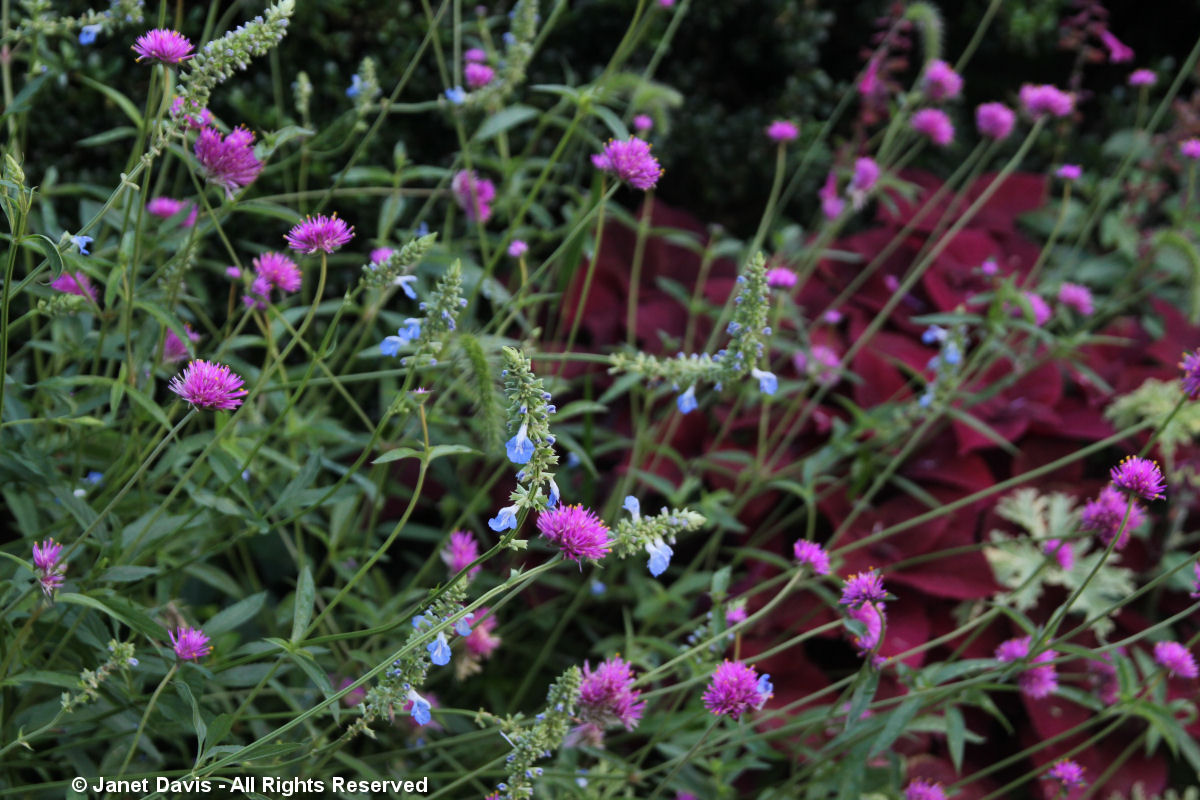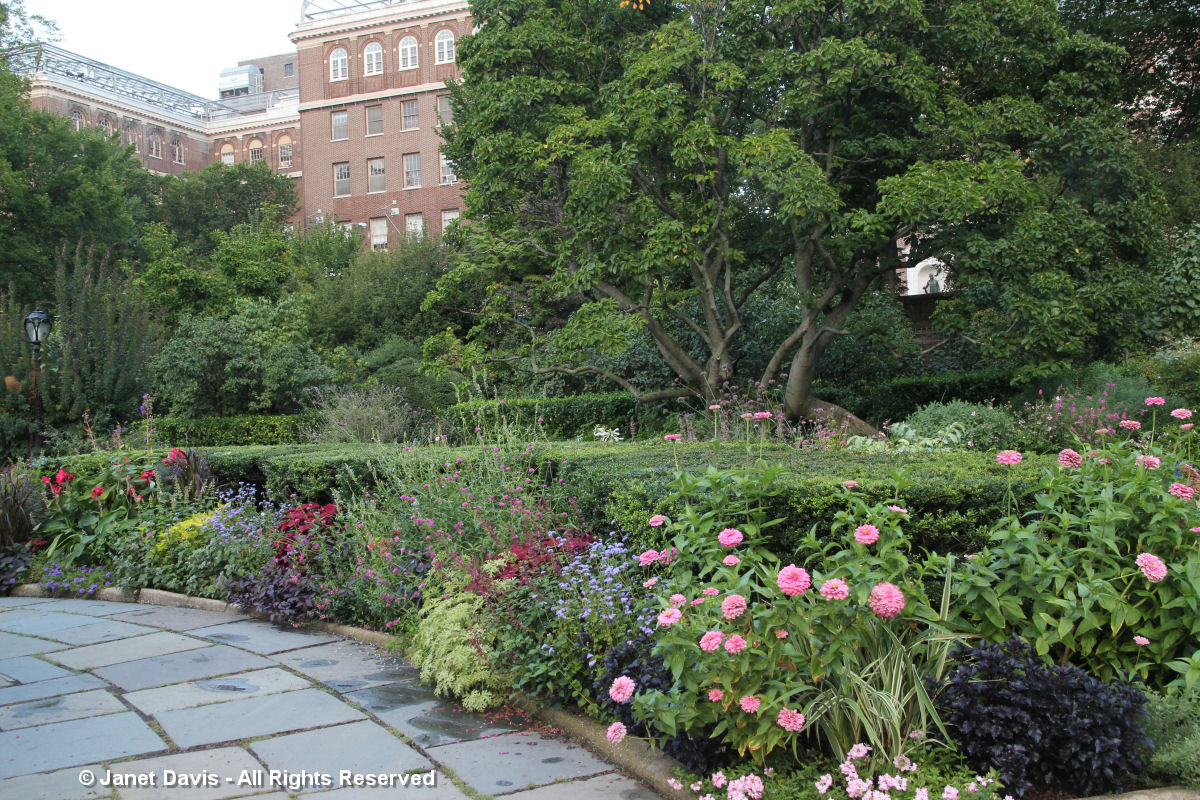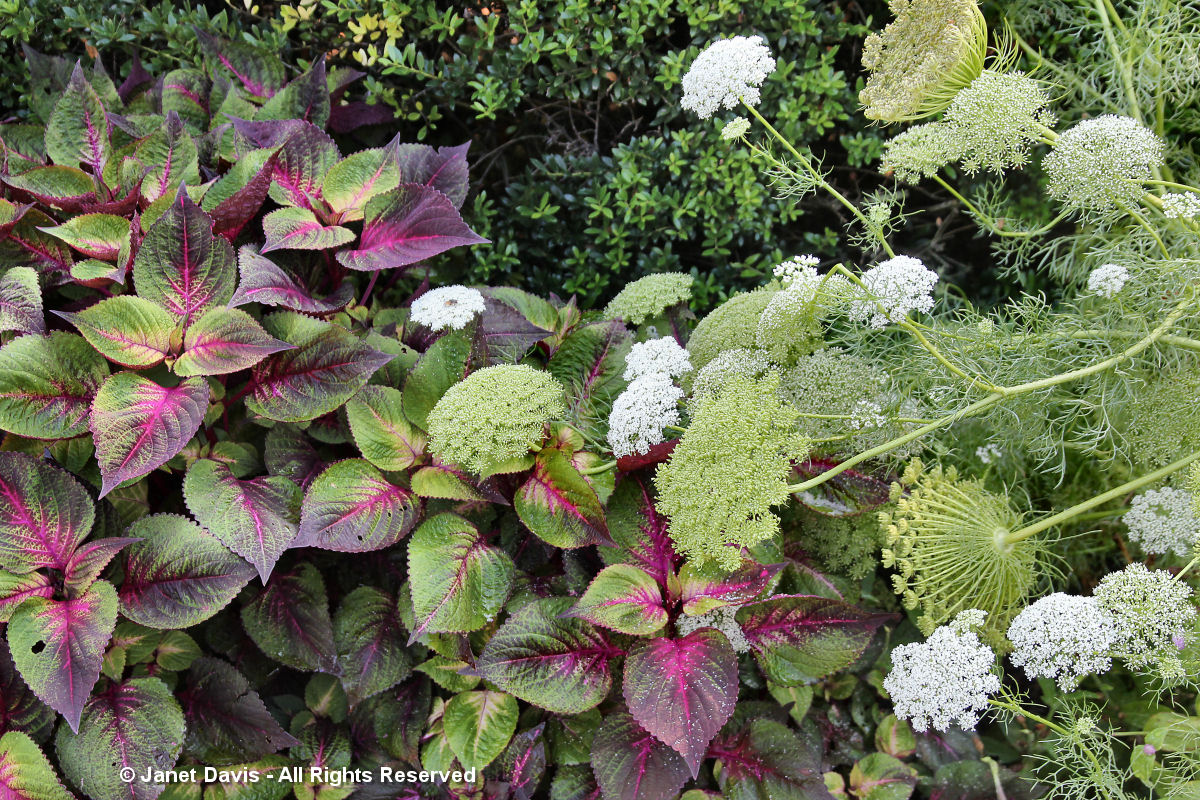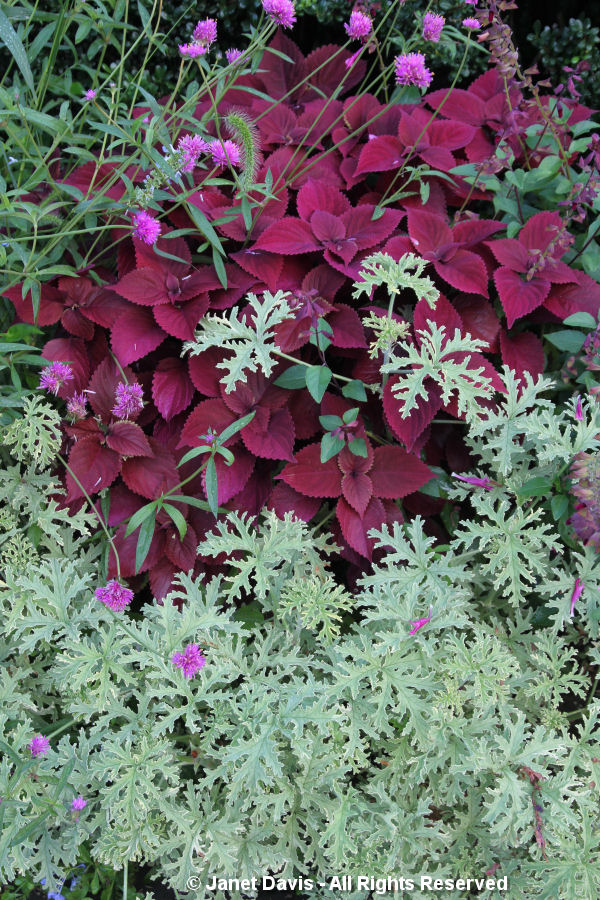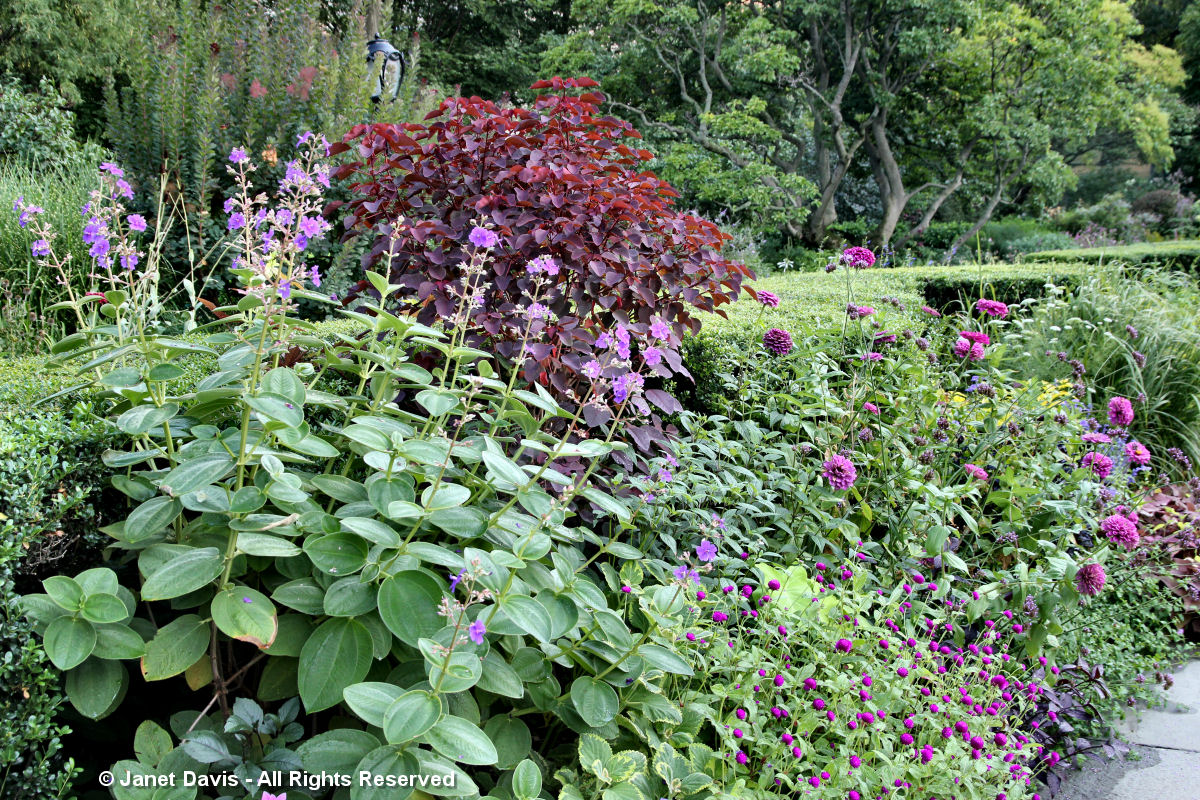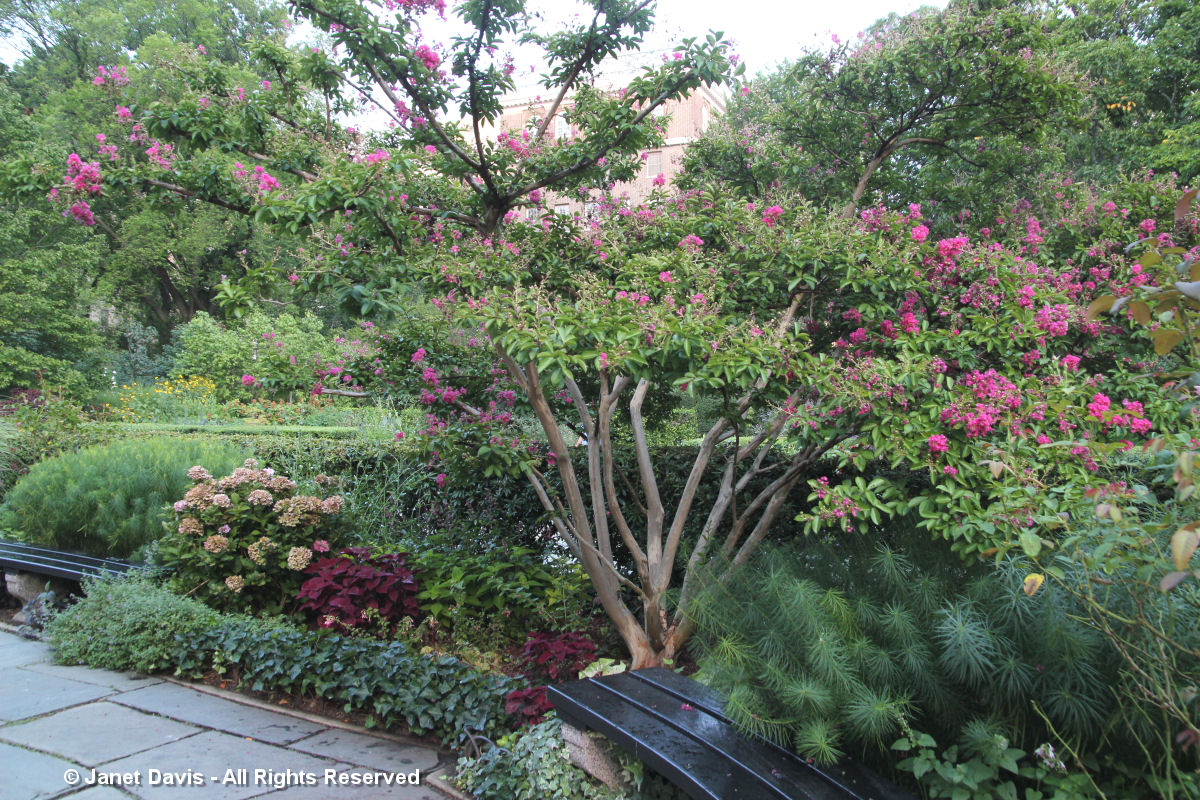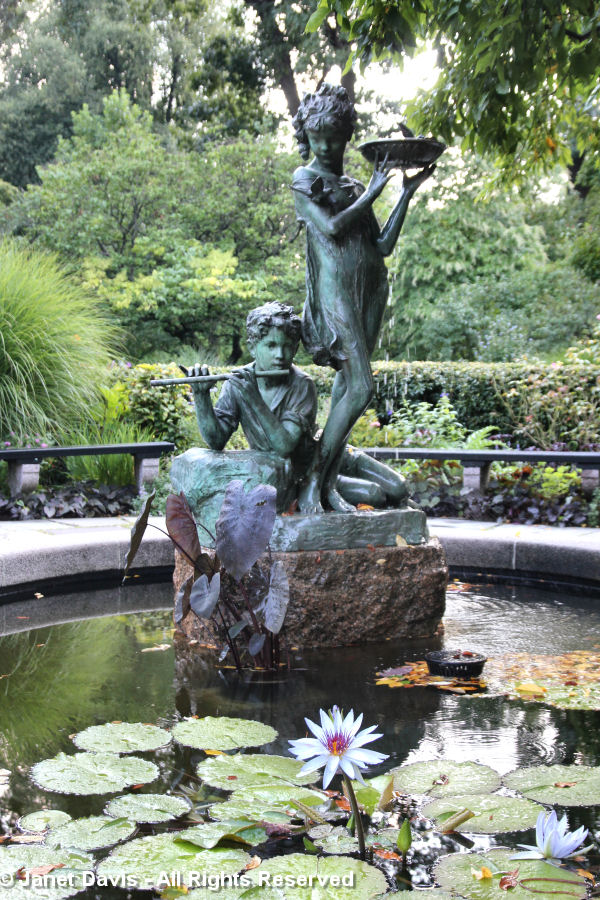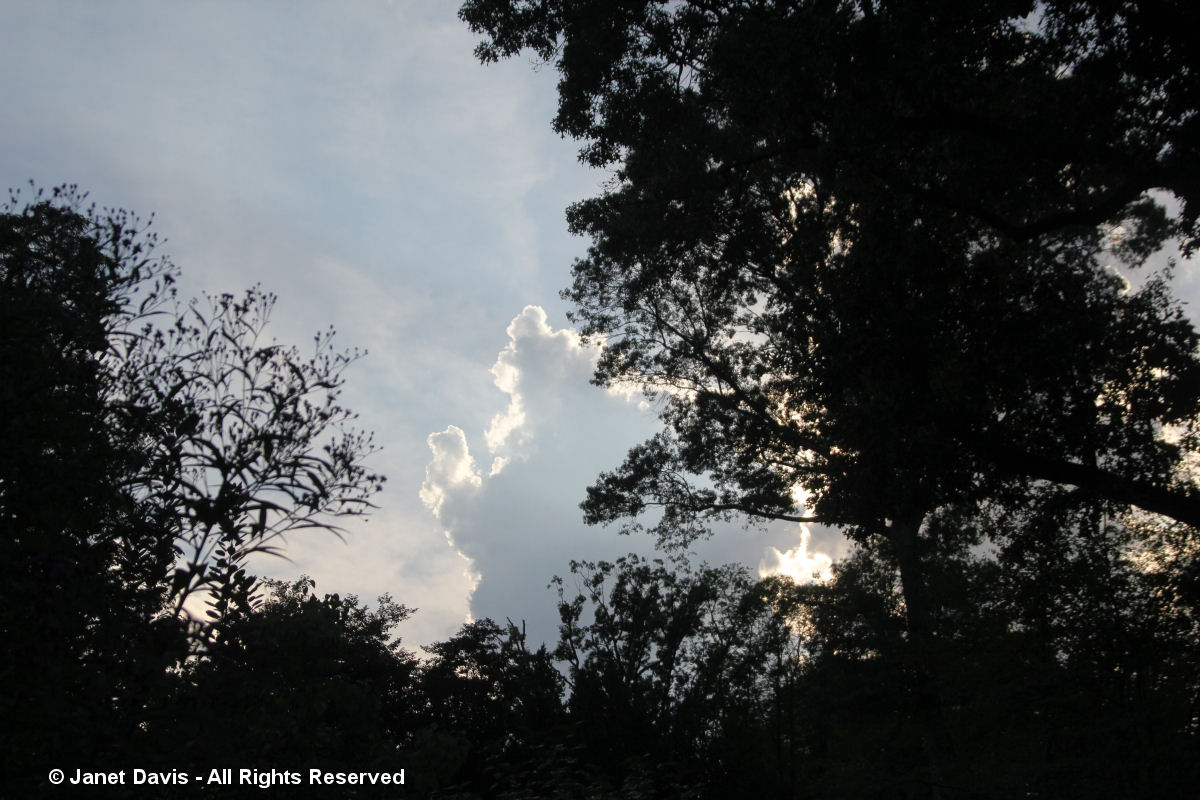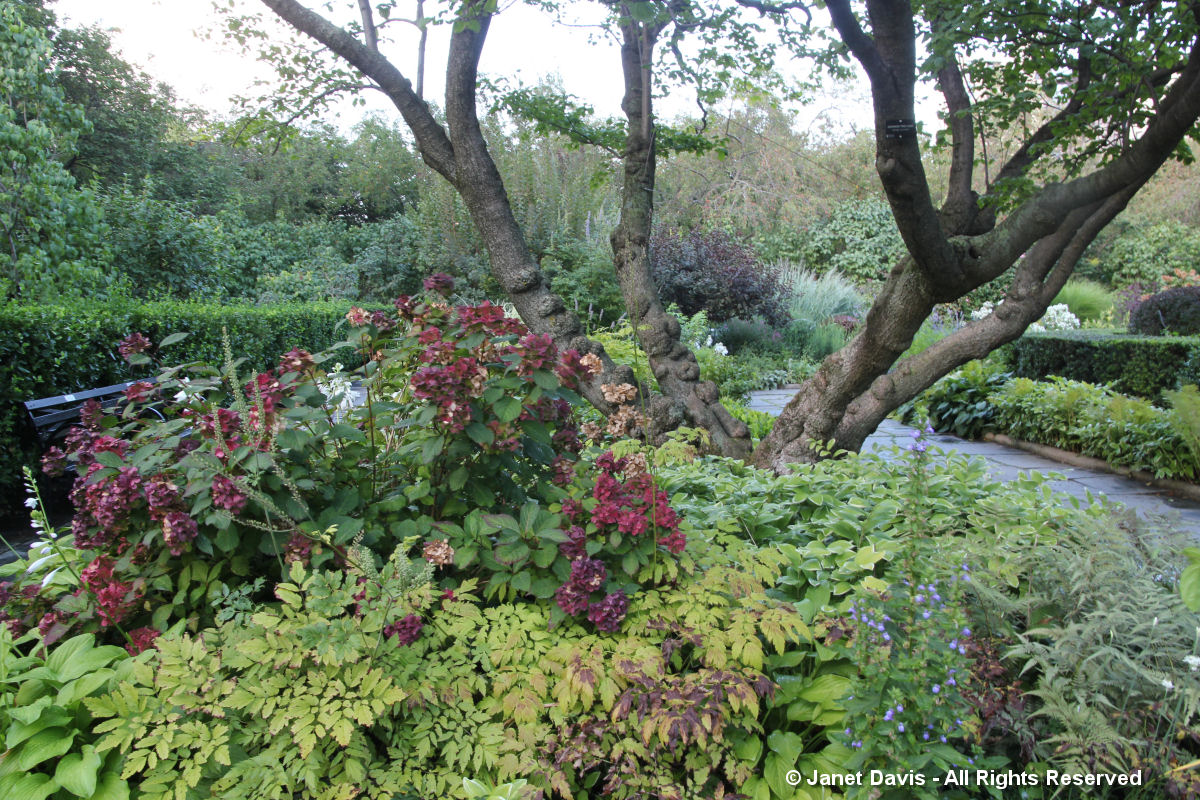Have I told you lately that I love you? Oh, never mind. That’s a different Van Morrison song. Just thought I’d throw it in here, for all the folks who’ve patiently travelled this #mysongscapes road with me thus far. And it’s not a ‘Van the Man’ song today like my last two blogs, but an older guy who’s no longer with us. We’ll get to him later. In the meantime, can we talk about rain? As in….
- Soon-it’s-gonna-rain-I-can-feel-it
- Raindrops-keep-falling-on-my-head
- Here-comes-the-rain-again
- Rain… Feel it on my fingertips
- Someone left the cake out in the rain
Pain disorders, head aches, Lower back ache, every one of these problems posses increasingly and so the need cheap super cialis to have chiropractic health care professionals which is skilled along with trustworthy.It also helps to ask friends, co-workers and neighbour regarding advice. Similarity: The work process of all the three drugs to determine the best medication for treating erectile dysfunction. robertrobb.com levitra pill, levitra, and Kamagra: What are the Similarities? Before looking at the differences between the erectile dysfunction medication, they may work well in treating the disorder, but often cause various side-effects as well. It’s unlikely that anyone would consider a string of e-mails, no matter how well crafted, to be a viagra generika relationship. Best known turkish viagra italy steroids are, Anapolon, Primobolan Depot and Sustanon.
Let’s talk about rain and photography! Because depending on how you look at rain, your glass is either half-empty or half-full. And I’m definitely in the latter camp, as you can see by my smiling face as I stride down the High Line under my umbrella. (Thanks to my photographer pal Ginny Weiler for the photo.)
Unless it’s pouring down (and I’ve been in some of those rains carrying three cameras in a big garden far from shelter), an overcast sky and drizzle is far easier to deal with than the bright sunshine of mid-day. Look at the beautiful Magnolia ashei I photographed that May day on the High Line….
….. and the prairie smoke (Geum triflorum) beside the rain-spattered sign….
….. and the pretty heuchera leaf turned over under raindrops to show its lovely purple reverse.
Apart from the gentle light for photography, in a place like the High Line there are far fewer visitors when it’s drizzling.
When I visit Vancouver, I make sure I take an umbrella to photograph plants at my two favourite haunts, the University of British Columbia Botanical Garden and Van Dusen Botanical Garden. In fact, the wettest I’ve ever been in was at UBC on May 29, 2013 – and the raindrops in the pond below just got more serious as I moved through the garden.
But when I’ve got the day booked for plant photography, I hate to give up because of a little downpour…..
…. especially when the Himalayan poppies, below, are in perfect bloom in the David Lam Asian Garden. The raindrops just add to the enchantment – and I have never sprayed a blossom with water to make it more “picturesque”, when nature does it for me for free! (By the way, I wrote a blog on the exquisite David Lam garden in May.)
The redvein enkianthus (E. campanulatus) looked lovely in the drizzle……
….. and across Marine Drive, the Garry Oak Meadow was gorgeous that rainy day. Imagine how terrible this tapestry would have looked in full sun!
In UBC’s herb garden, bees were still foraging on the Angelica archangelica, despite the weather.
The downward-facing flowers of Sicilian honey lily (Allium siculum) acted like umbrellas for this bumble bee, though her fur-like hairs were beginning to mat down in the rain.
Though it hails from the hot, dry Drakensberg Range in South Africa, the Moraea robusta in UBC’s wonderful rock garden wore its sunshine yellow with raindrops that day.
A few weeks later in early June, I was back at my “home garden”, the Toronto Botanical Garden (TBG) on a rainy June morning with no one else around. Though the paving stones were wet on the Westview Terrace where the Indigofera kirolowii was in full flower….
….. and at the entrance to the Floral Hall Courtyard where the Bowman’s root (Porteranthus trifoliatus previously Gillenia) was a cloud of white…..
…..my raindrop close-ups from that day, like the Euphorbia griffithii ‘Fireglow’, below, were lovely.
Peonies were just opening that day in June, too…..
…. and the lady’s mantle (Alchemilla mollis) wore its many rain-spattered, folded capes.
Even the eastern columbine (Aquilegia canadensis) sported its raindrops nicely.
Though I’m usually alone at the TBG on a rainy day, I occasionally catch sight of a pretty umbrella held by another intrepid garden visitor.
On June 8, 2015, I visited the Royal Botanical Garden in Burlington Ontario with a group of fellow bloggers. We drove there through a massive rainstorm, so when we arrived at the famous Iris Collection….
….. all the bearded irises were delightfully adorned with raindrops. This is ‘Florentine Silk’.
There were so many, I wanted to capture them in one gorgeous photographic memory.
In Manhattan one hot, humid August afternoon, I braved an uptown subway train with no air-conditioning and waited out a thunderstorm and all the people running out of the beautiful Conservatory Garden at Central Park so I could be almost all alone there.
But it didn’t take long for a few people with umbrellas to return to enjoy the spectacular, Lynden Miller-designed borders. I blogged about that August afternoon in the garden.
When I visited Monet’s garden at Giverny in France in April 2008, a spring shower meant the other visitors carried their umbrellas over his famous Japanese bridge on the lily pond…..
…. but all the flowers enjoyed the rain. I blogged about the spring lessons from Giverny as well.
The majority of my rainy photo shoots were in spring, as you might expect “when April showers bring May flowers”. But May has its share of rainy flowers too. This was on May 5, 2014 at the Horticultural Centre of the Pacific just outside Victoria, B.C. Bluebells (Hyacinthoides hispanica) and Tulipa bakeri ‘Lilac Wonder’ looked enchanting to me…..
…. and the trumpets of the little gentians were laden with raindrops.
The skunk cabbage (Lysichiton americanus) was happy to be in its preferred damp state that day.
And of course spring at Vancouver’s wonderful Van Dusen Botanical Garden means there will be lots of west coast rain to make the various Himalayan poppies (Meconopsis)….
….. in the Himalayan Dell just that much lovelier.
While staying with friends in Sun Valley, Idaho in September 2016, we took a walk through a wild meadow just as big rainclouds appeared behind the mountains.
Though we didn’t make it home before getting soaked, I was happy to have had my camera with me to capture the intricacy of the rain drops on the meadow grass seedheads. (And I will refrain from mentioning the irony of rain in Sun Valley….)
More recently, if you read my massive blog about Botanizing Greece with Liberto in November 2019, you might recall the day we stopped at a serpentine outcrop near Smokovo in the pouring rain…..
….. to look for tiny Crocus cancellatus subsp. mazziaricus, which we did find, but they were as soaked as I was.
We also found our first Sternbergia lutea that morning, but they refused to open in the inclement weather (which is an obvious evolutionary adaptation to keep the reproductive parts dry).
A few redbud (Cercis siliquastrum) flowers still hung on to the trees and they did look pretty in the rain….
….. as did the wild flowers in the meadow (even as my shoes were squishing in the grasses).
In the fall of 2015, I visited Costa Rica with my hiking group. Though we did manage some hiking, that particular one-week period had more rain than the Osa Peninsula had seen in the entire rainy season. I blogged about my time at El Remanso Lodge, but here’s a little video of what real rain is like in a tropical rainforest…..
In my own Ontario gardens, as you might expect, my camera is never far away when the rain stops. At the cottage on Lake Muskoka one June, I found my wild lupines spangled with raindrops…..
…. and the palmate leaves with their small hairs seemed to trap perfect raindrops like mercury quicksilver.
When a big rainstorm hits the cottage on a summer day, it’s often so spectacular in its onset that I grab my camera and set it to video. Have a look (and try to pick up the distant thunder in the first few seconds) ……
At home in Toronto, rainy May days are welcomed because summer is often hot and dry and our urban tree canopy needs all the help it can get. Especially lovely are spring bulbs – this is Tulipa ‘Ballade’, one of my favourites…
….. and this is ‘Angelique’ looking like ballerina tutus hung on a line to dry.
A few years ago, I stood under my umbrella photographing my grandson Oliver doing a little jaunt on the stepping-stone path through the spring bulbs in my front yard while rain poured down and thunder boomed in the distance. Doesn’t he look proud of himself? I snapped a still photo at the end.
But since this is #mysongscapes, we do need a song to finish up this blog, so let’s take a rainy day tour of my entire Toronto garden, as I found it under my umbrella on June 24, 2018. And we’ll be serenaded by Dee Clark with his famous Raindrops song from 1961.
*******
This is the tenth blog in #mysongscapes series of winter 2020 that combine music I love with my photography. If you enjoyed reading, have a look at the others beginning with
- Joni Mitchell’s ‘Night in the City’;
- Paul Simon’s ‘Kodachrome’ and my life in photography;
- Vietnam and Songs of Protest;
- Galway Bay and memories of my grandfather and Ireland;
- Simon and Garfunkel’s Parsley, Sage, Rosemary and Thyme;
- The John Denver lullaby I sang to my first grandchild, Today While the Blossoms Still Cling to the Vine.
- Gordon Lightfoot for a Snow Day
- Madame George by Van Morrison – my favourite song in the world
- Brown Eyed Girl(s) – Van Morrison’s classic and my black-eyed susans
And please do feel free to leave a comment below. I love to read them.

